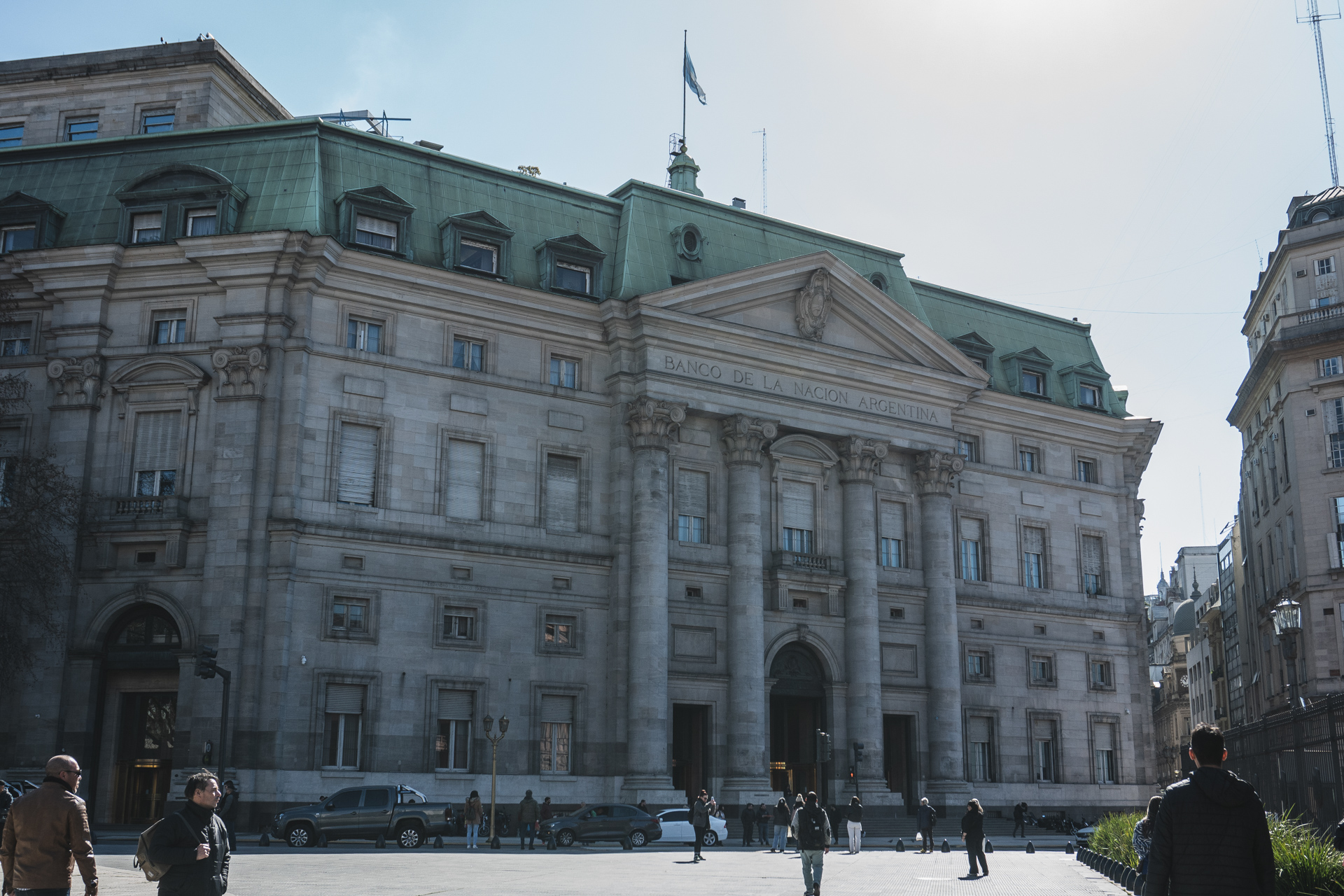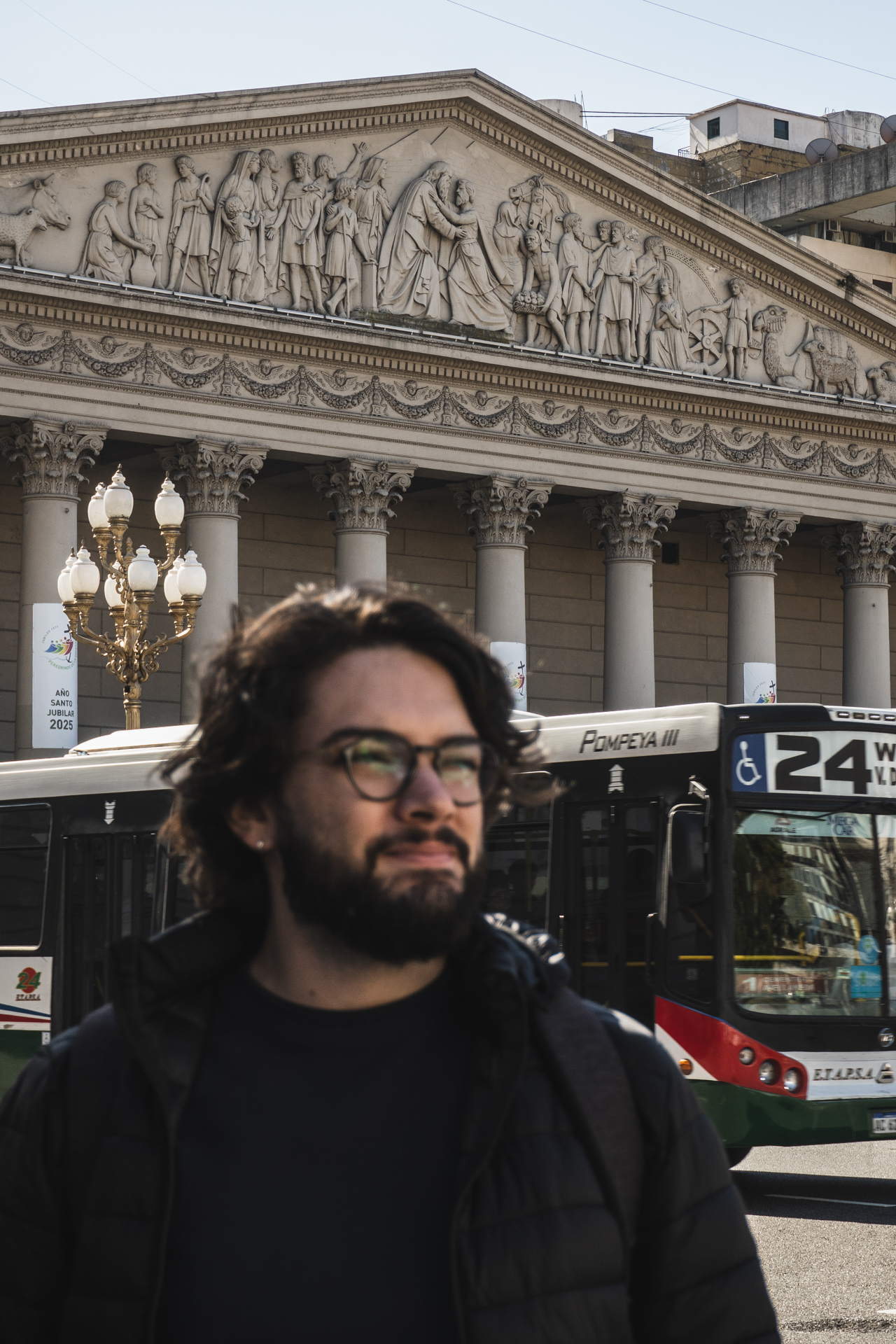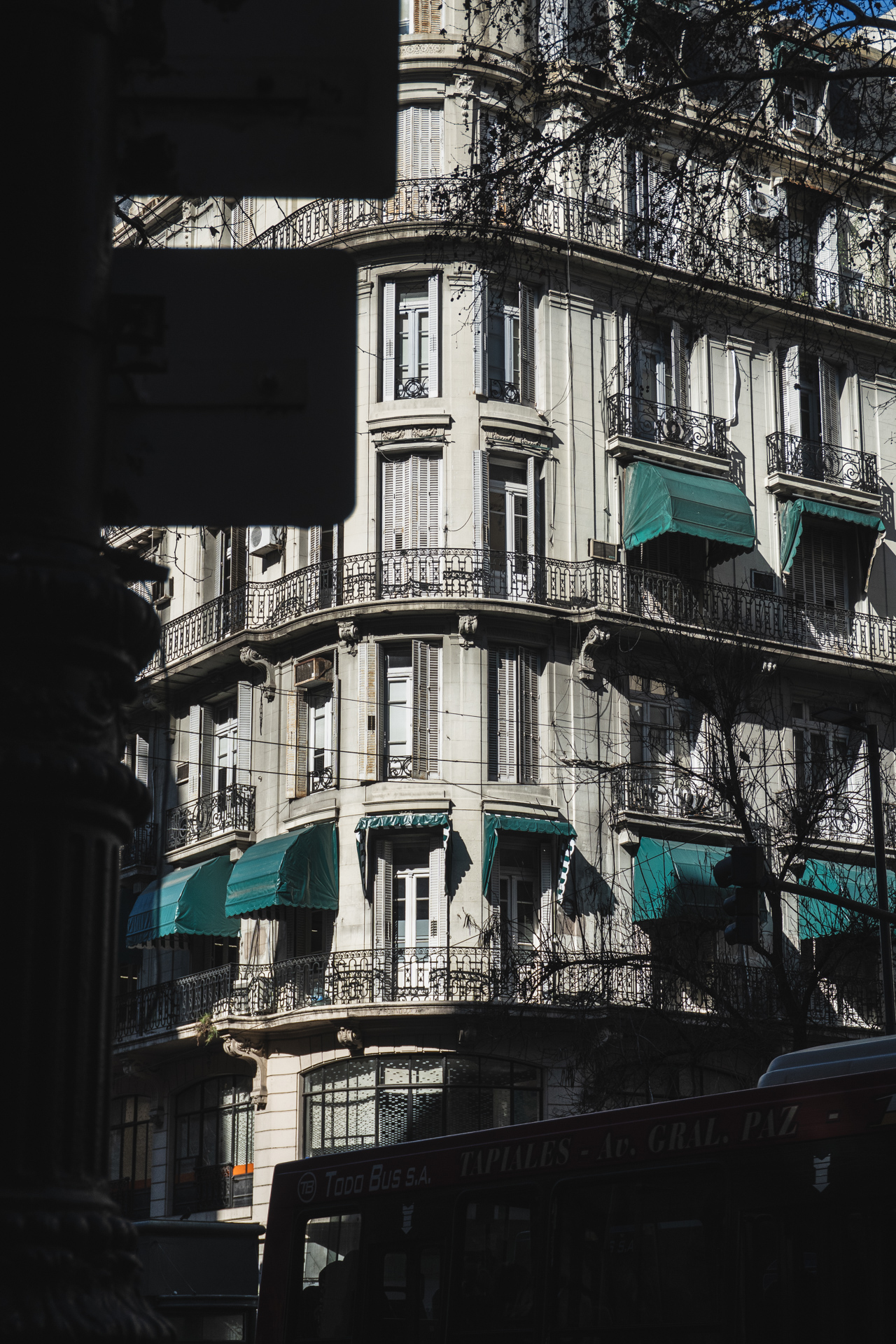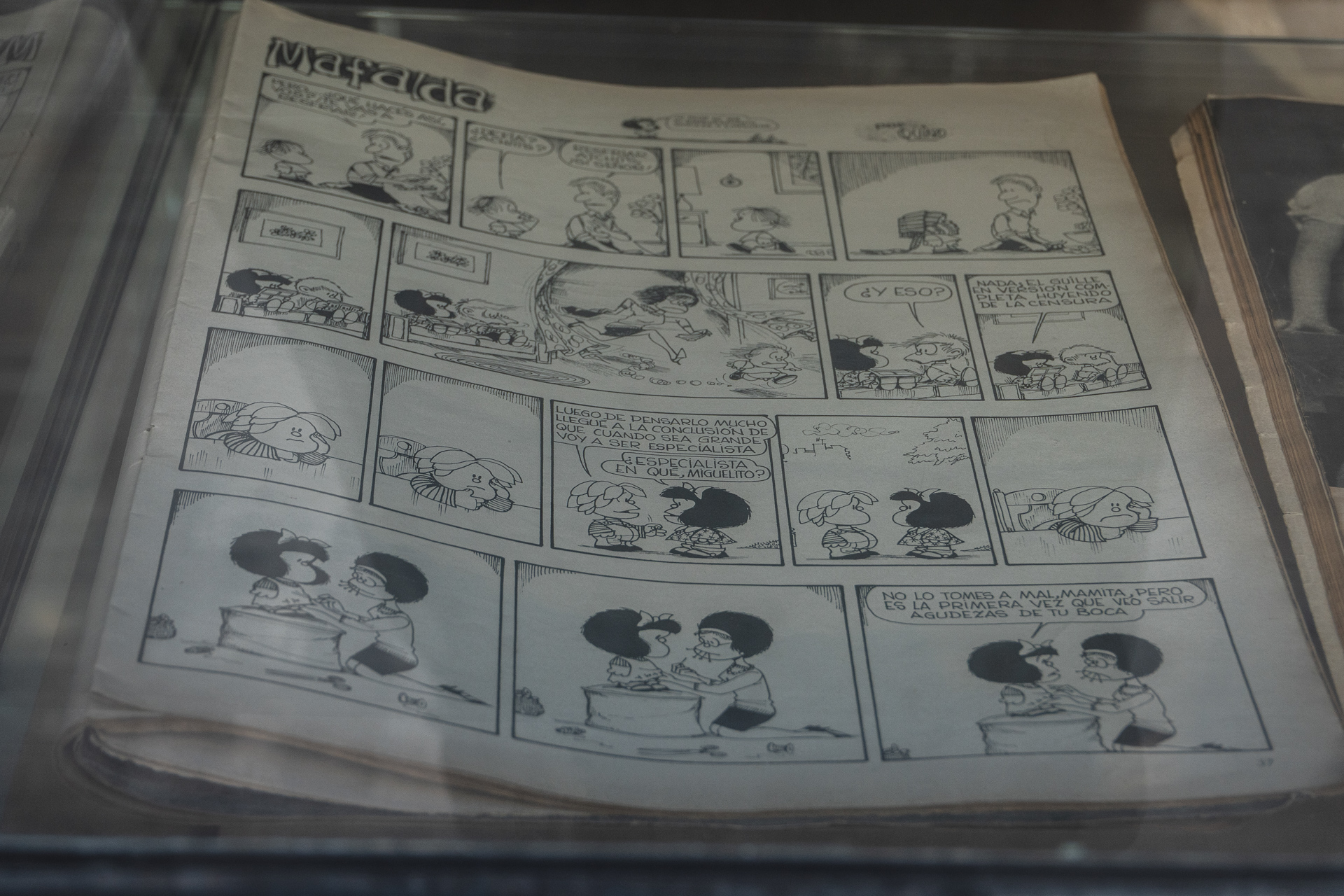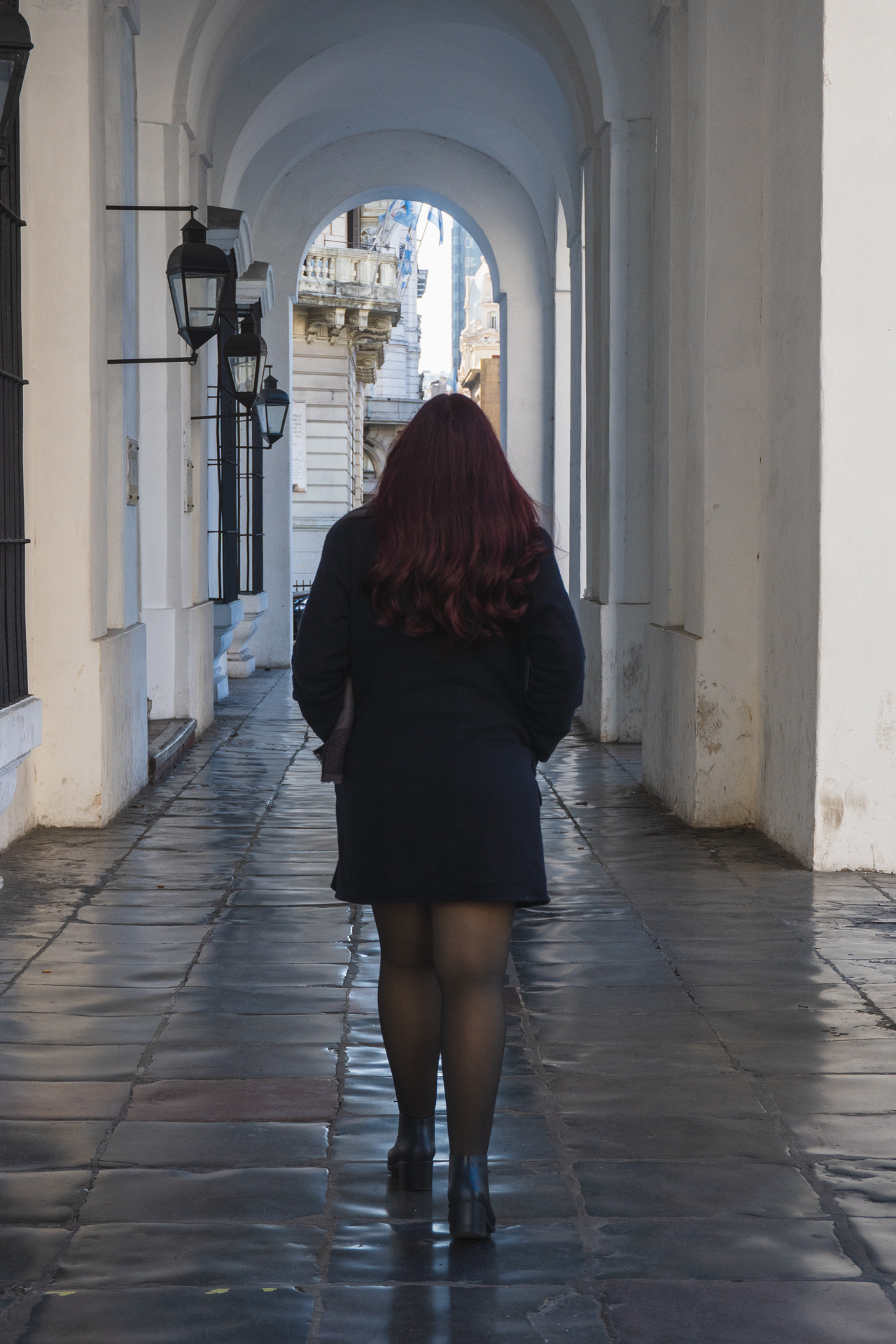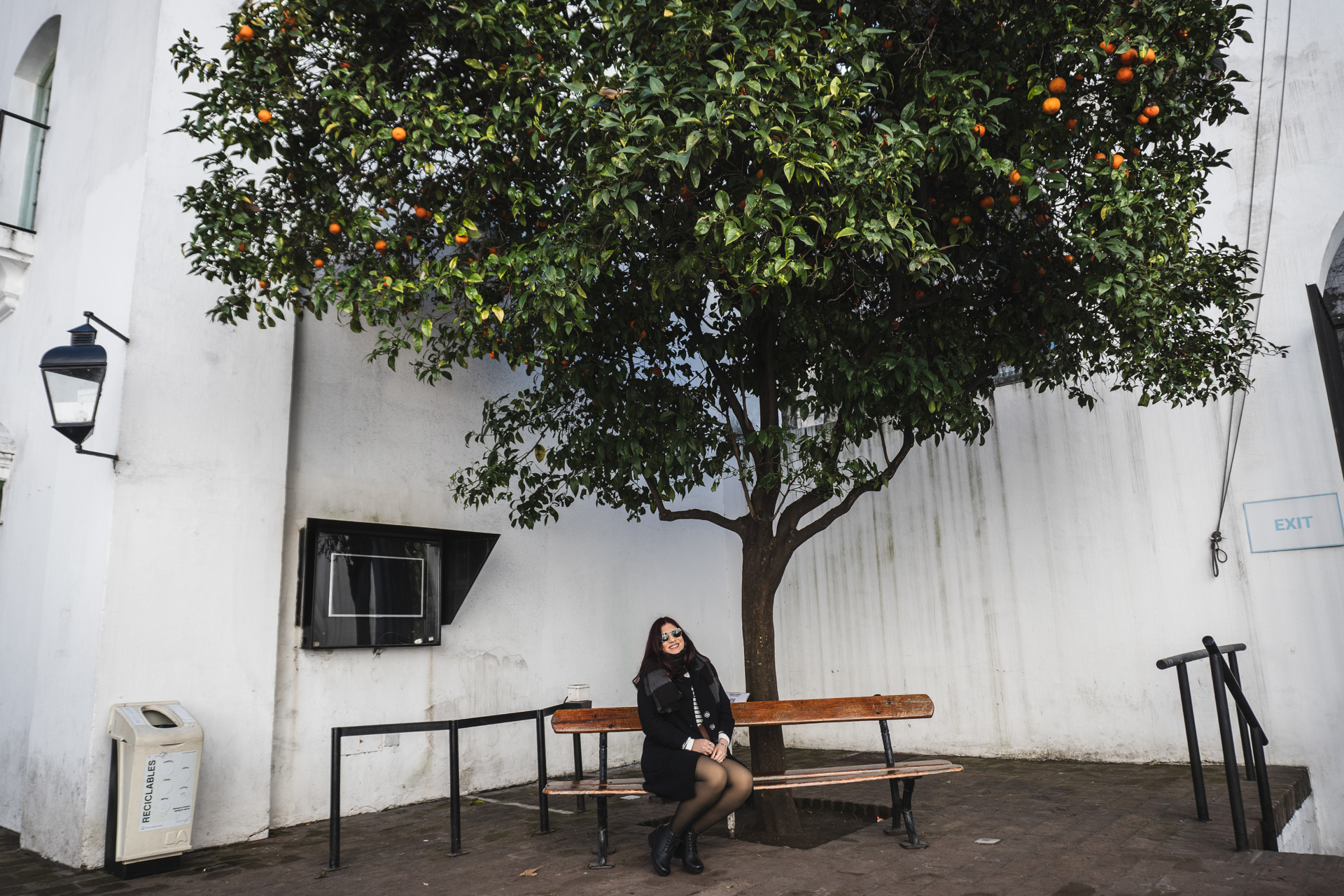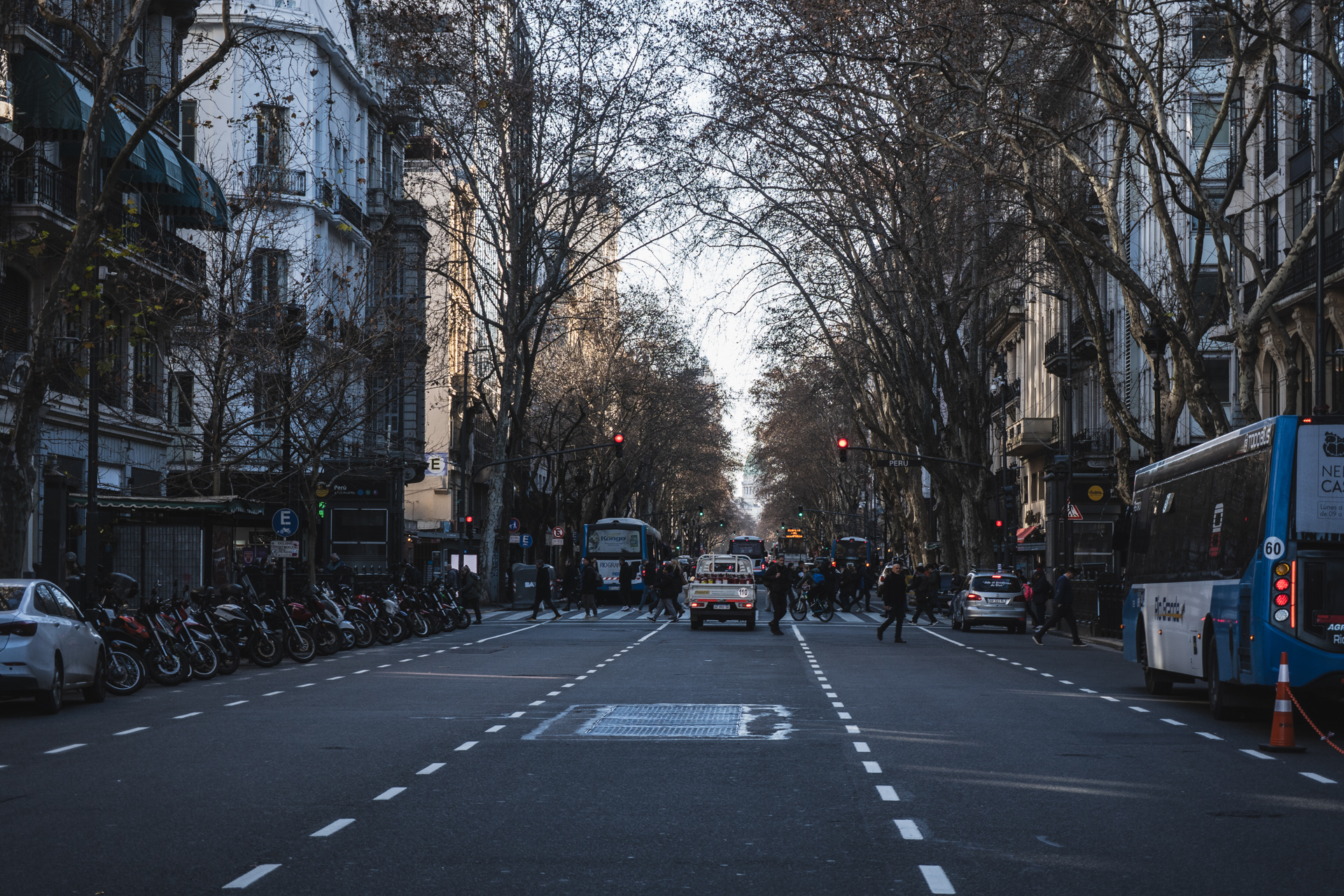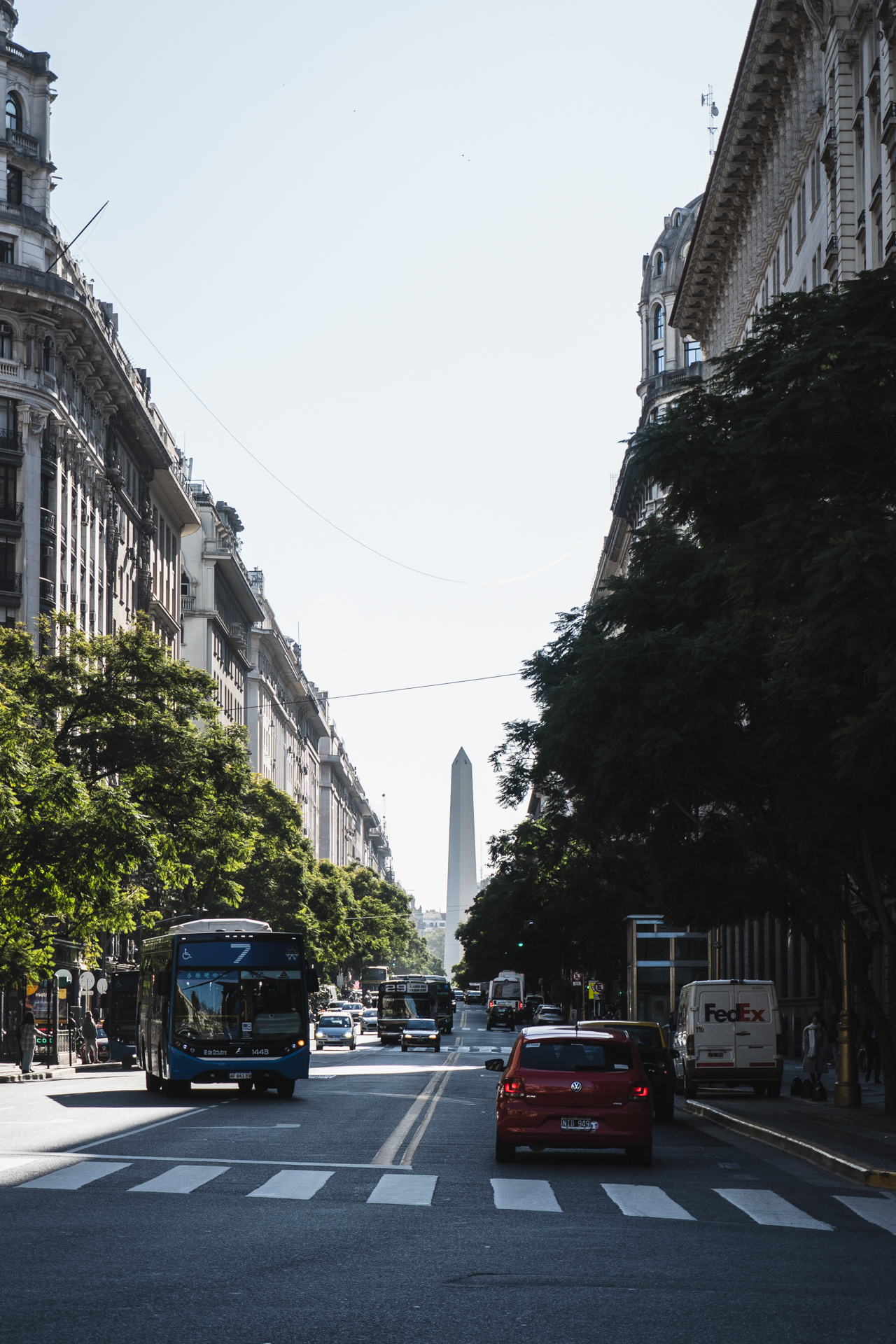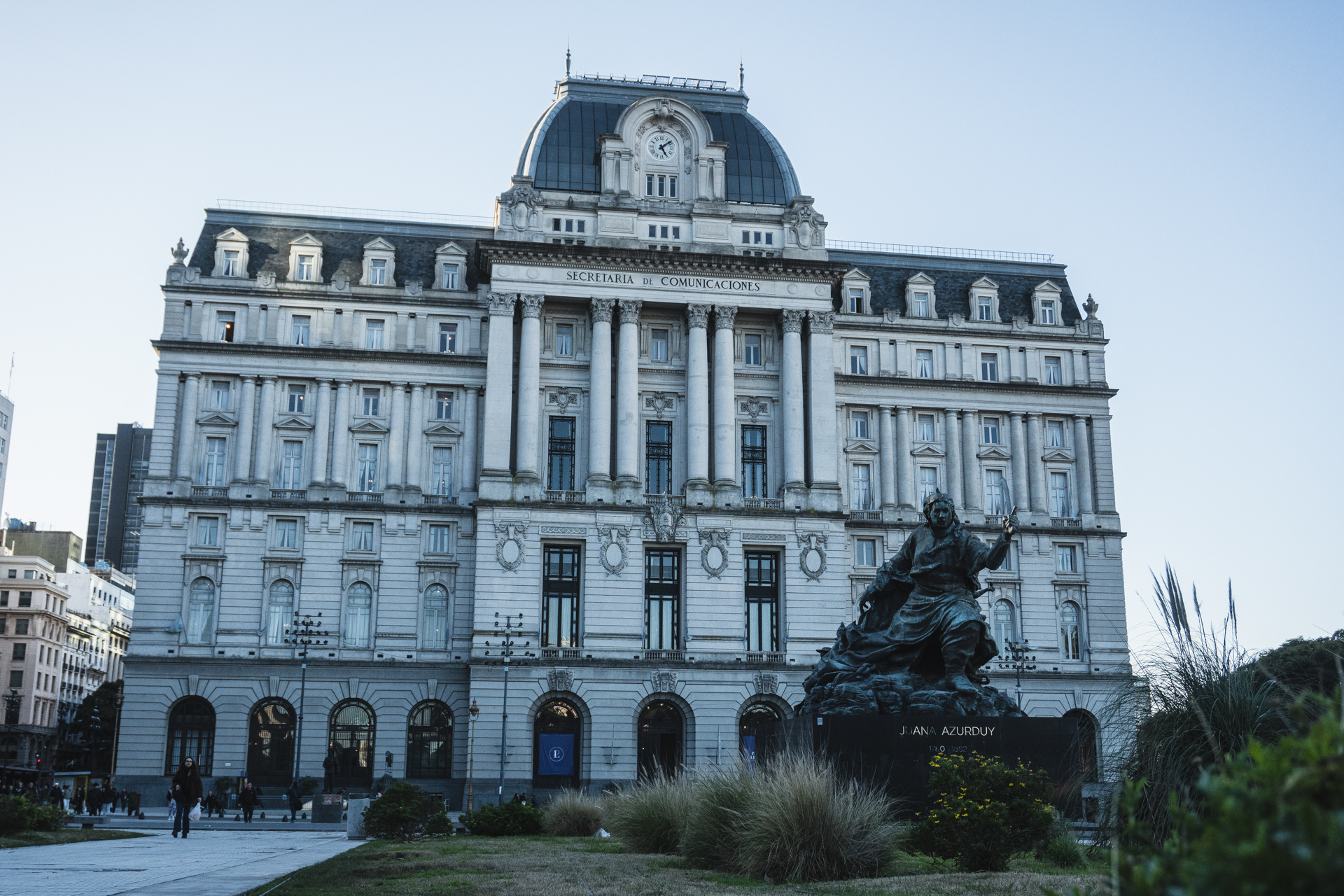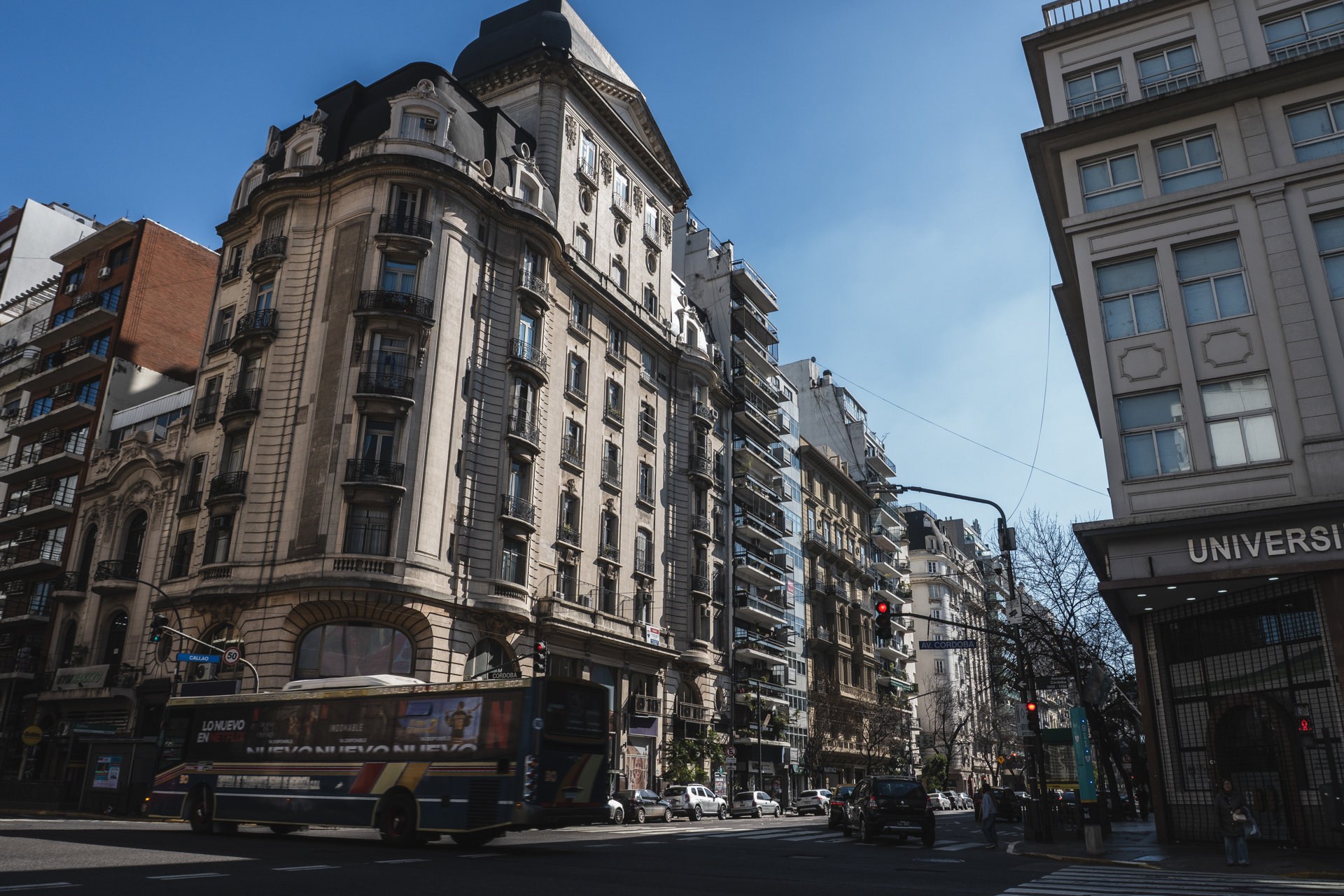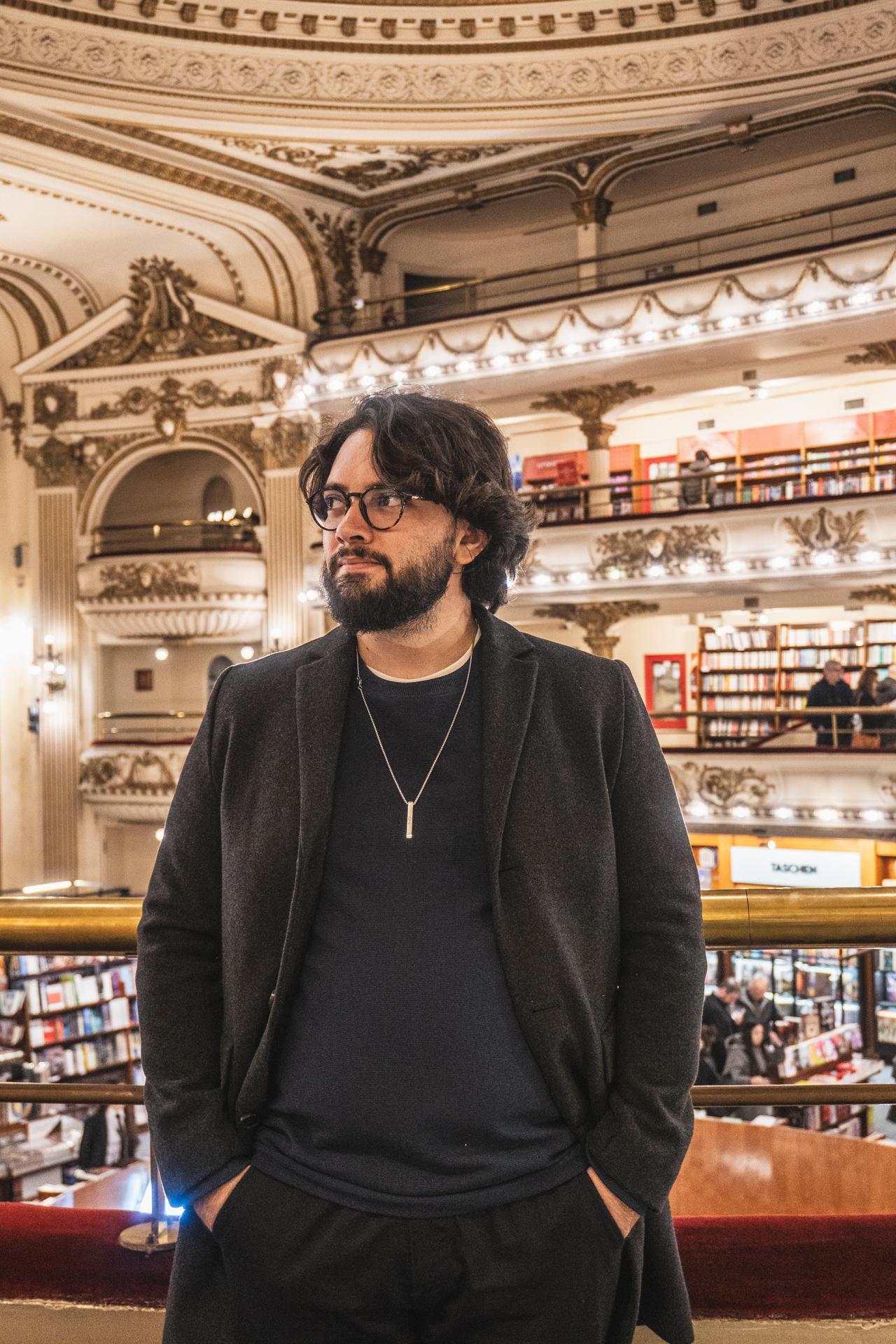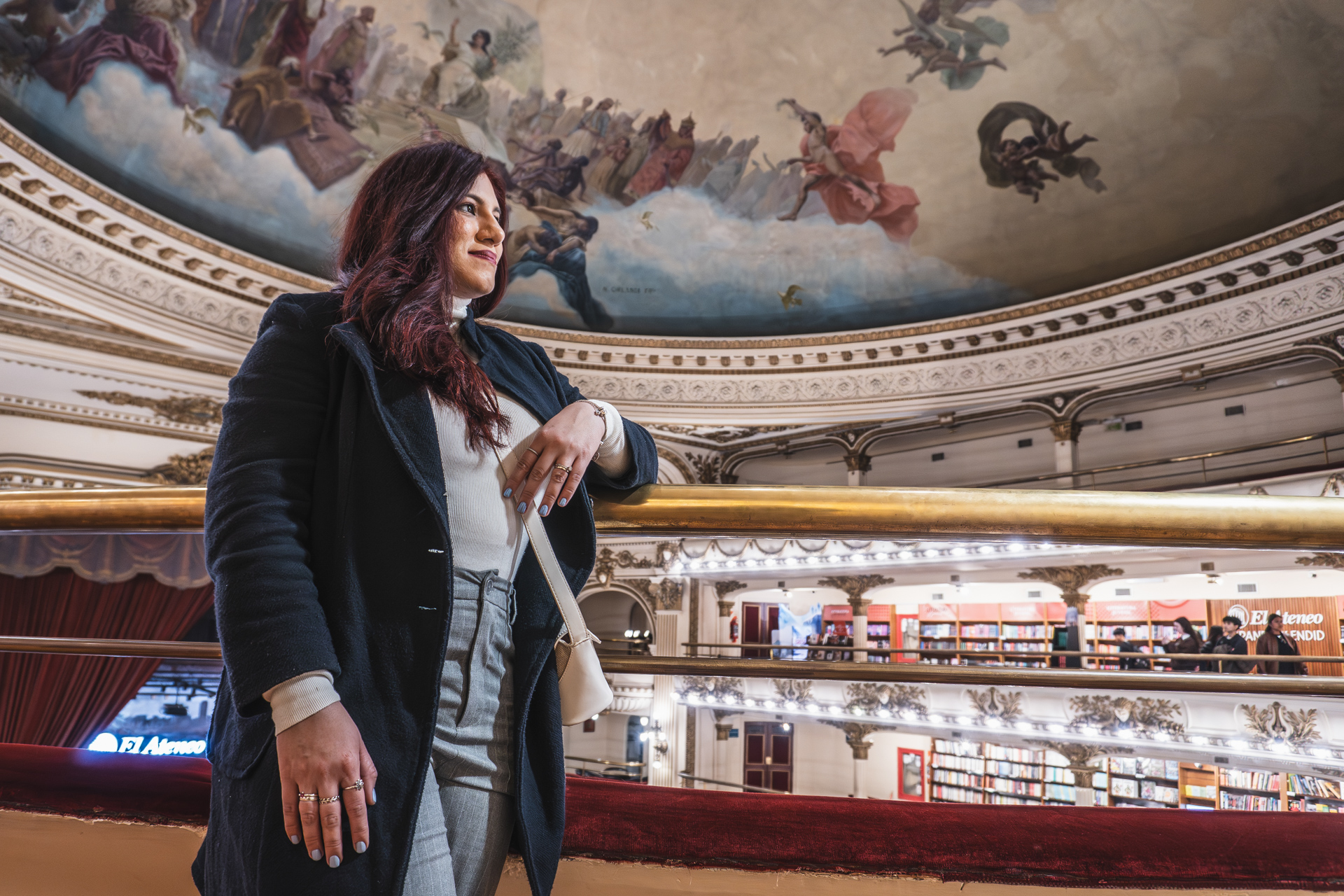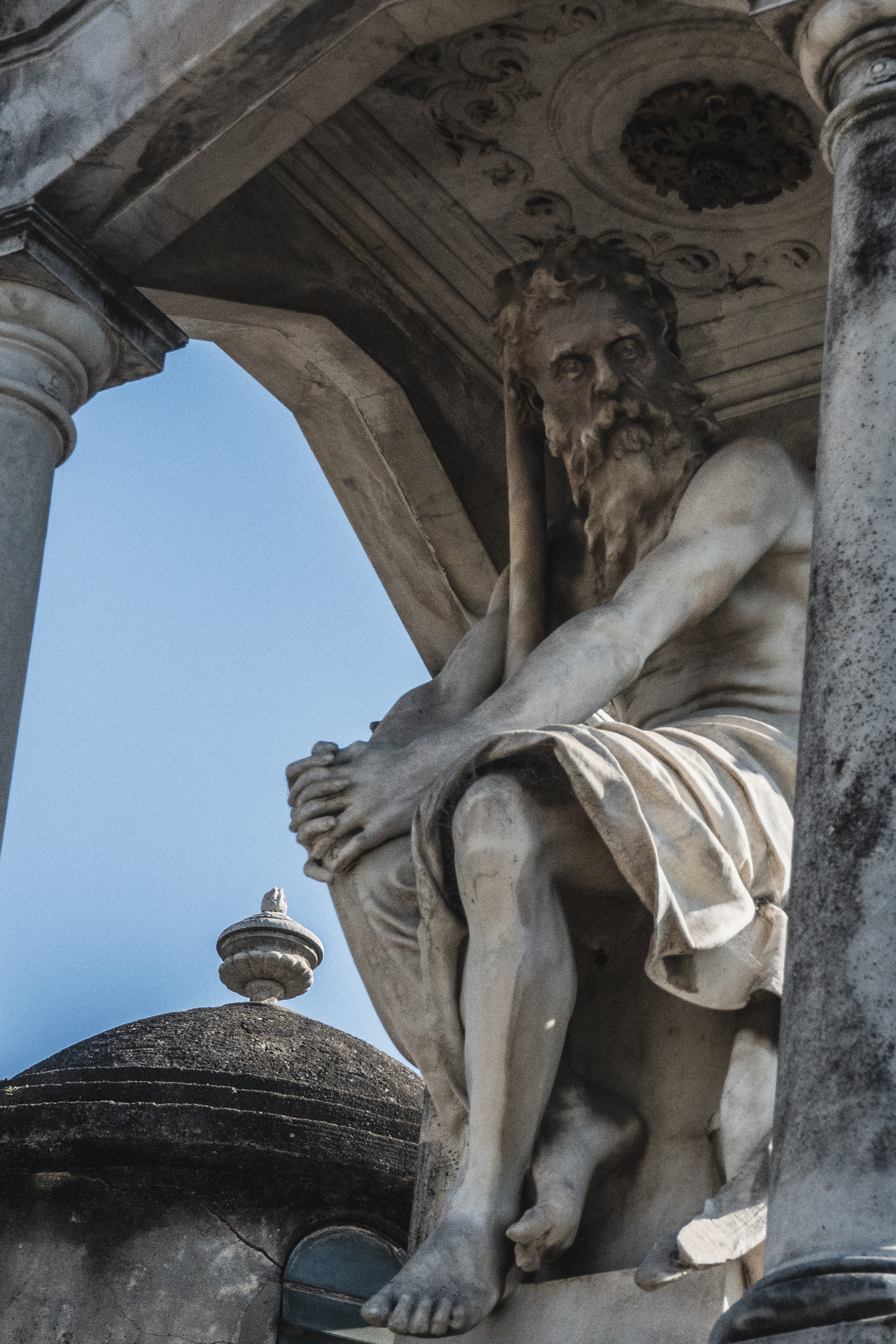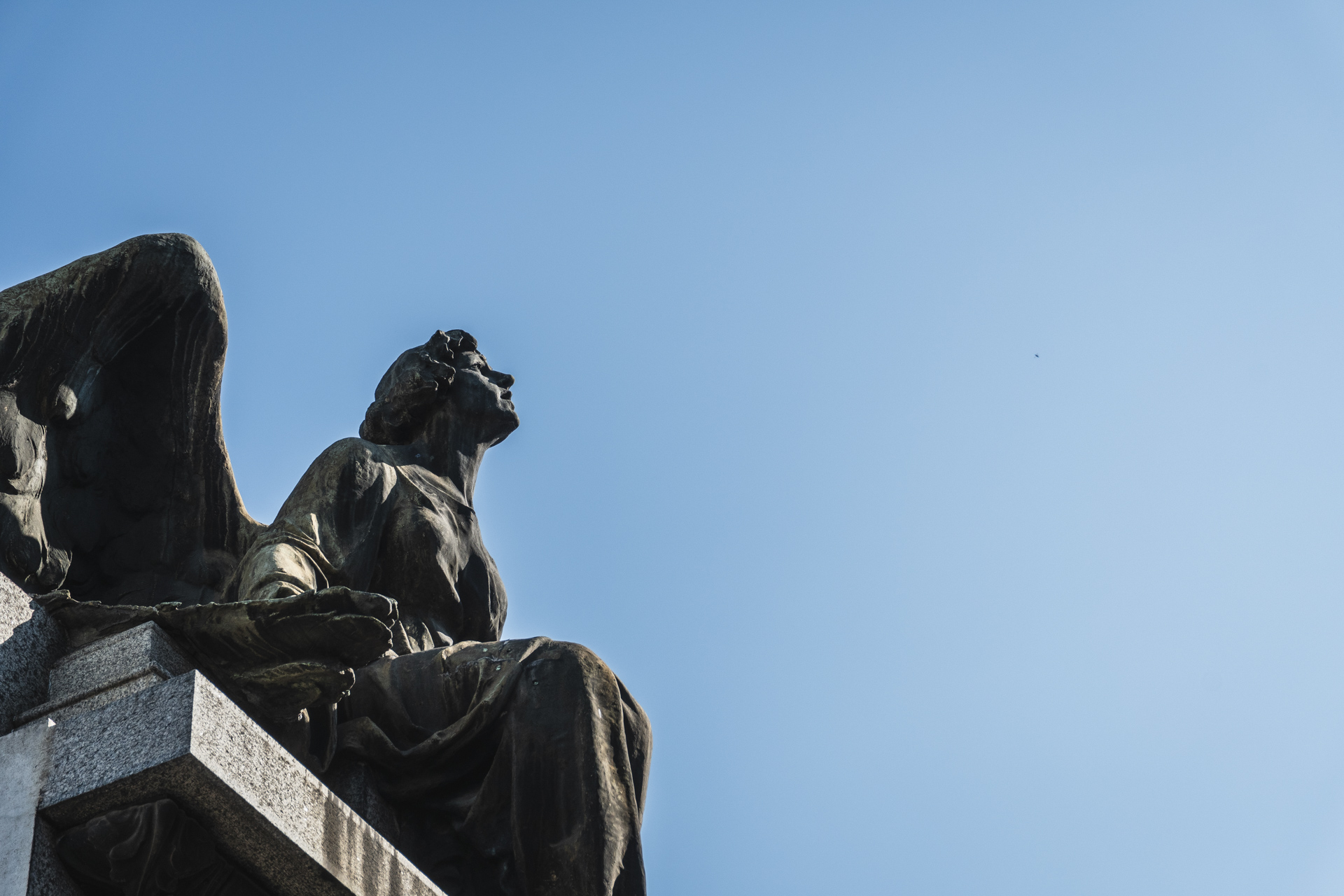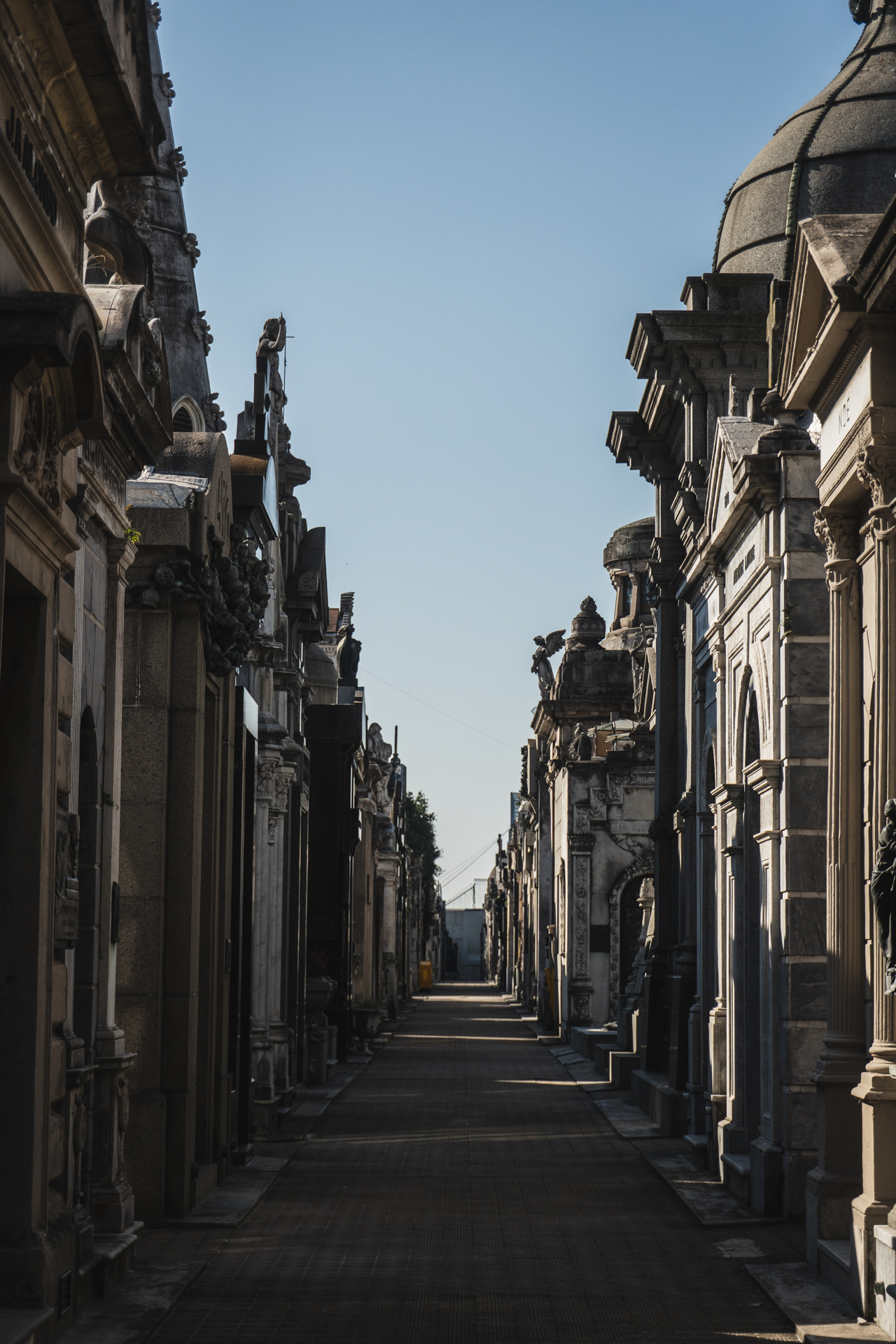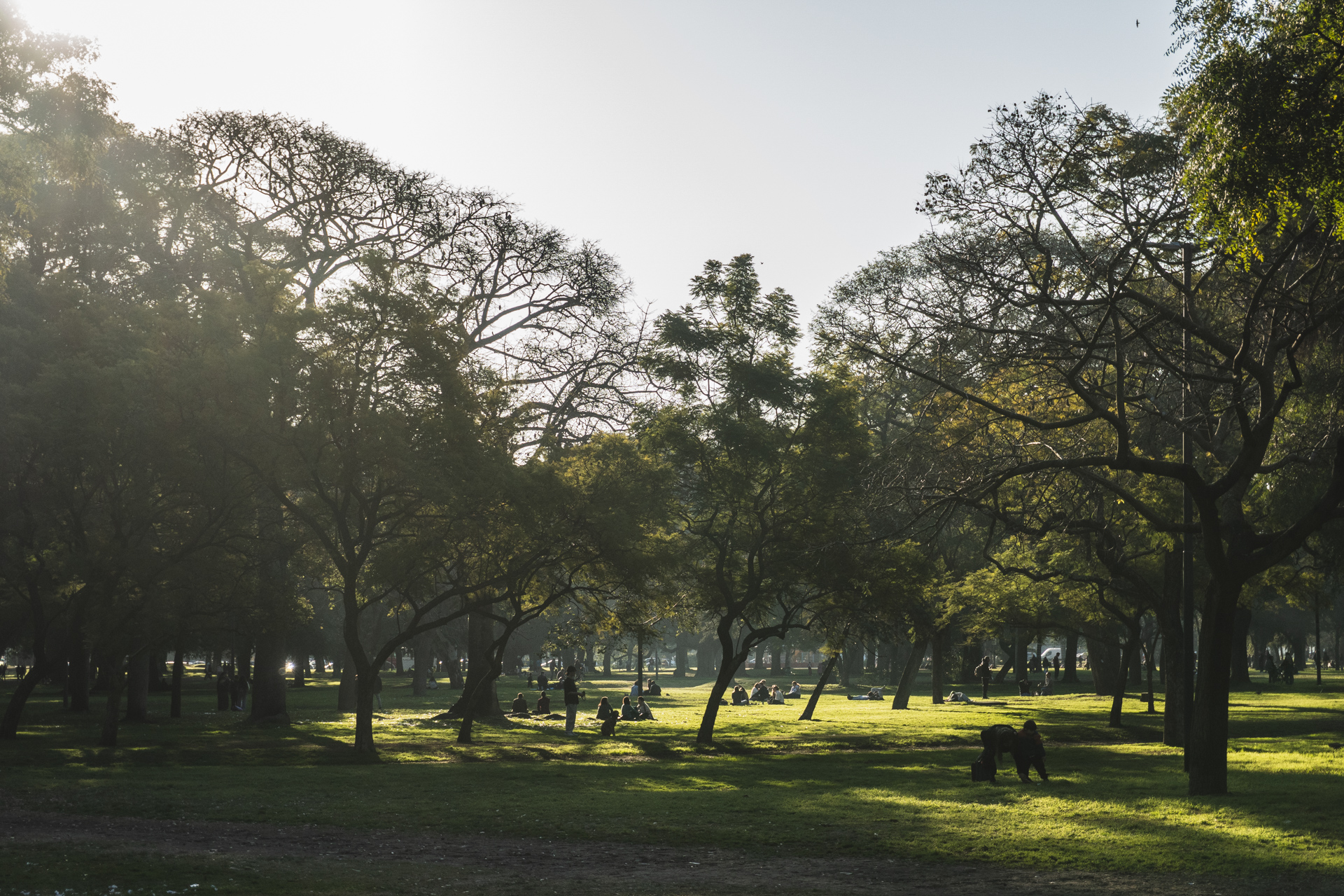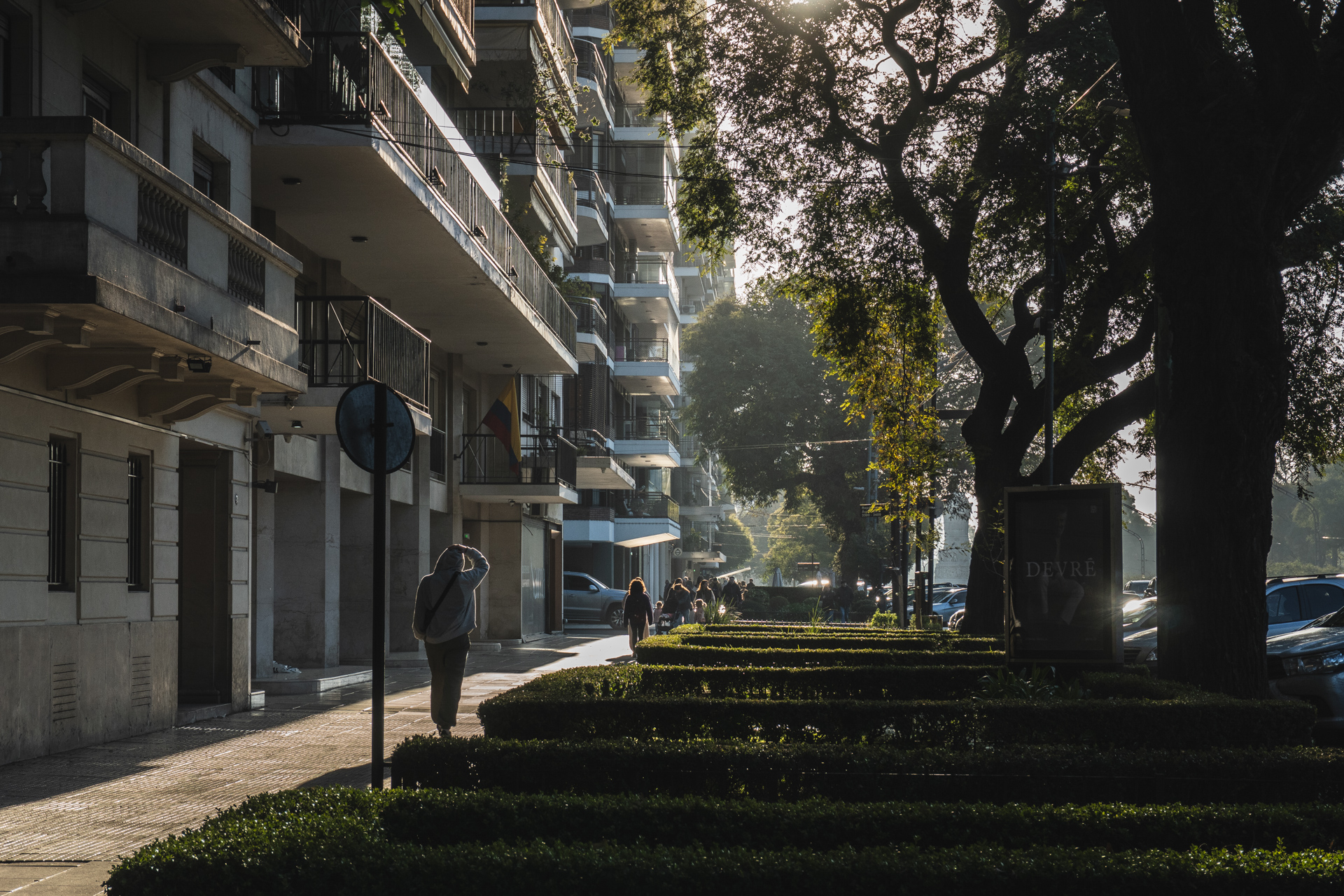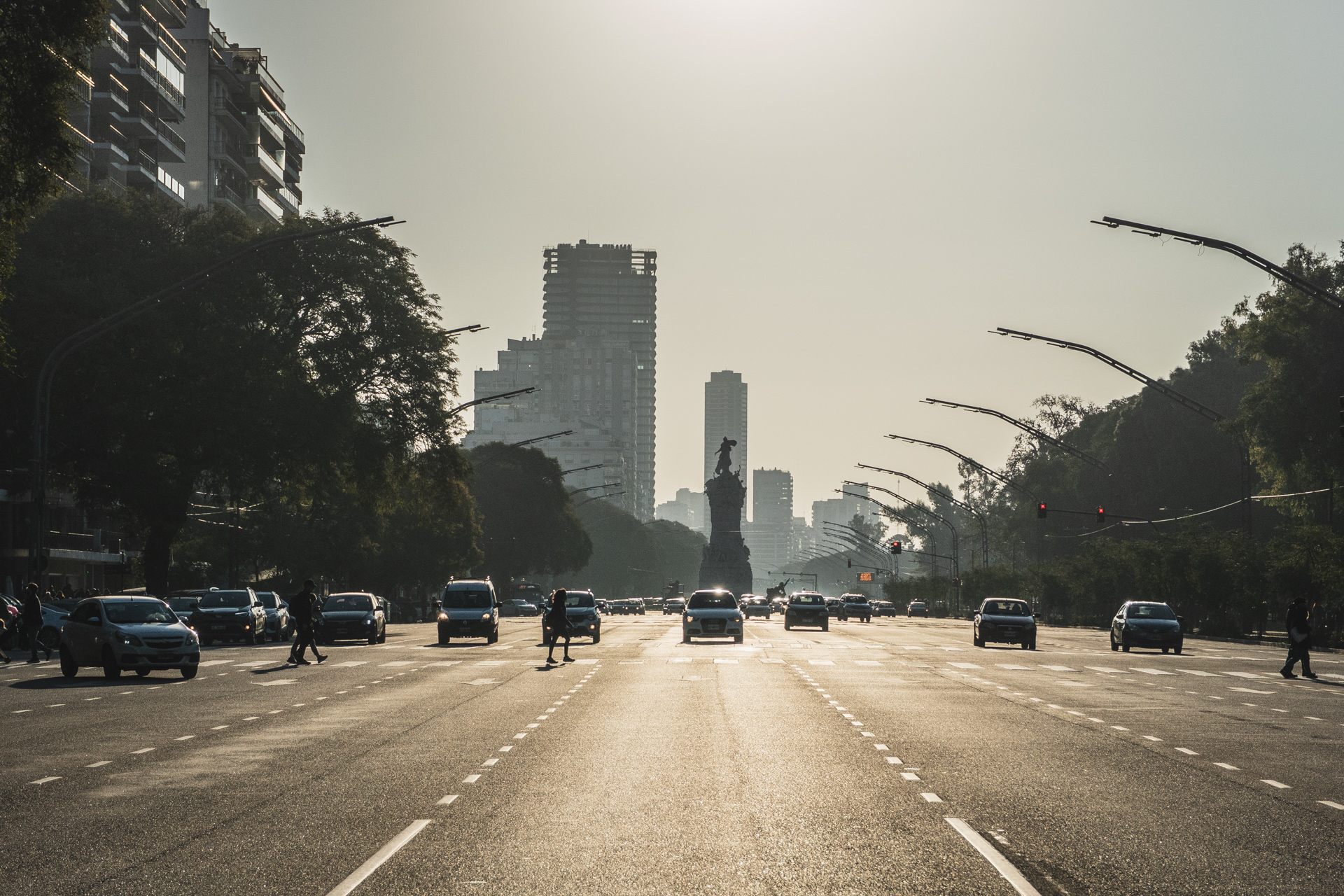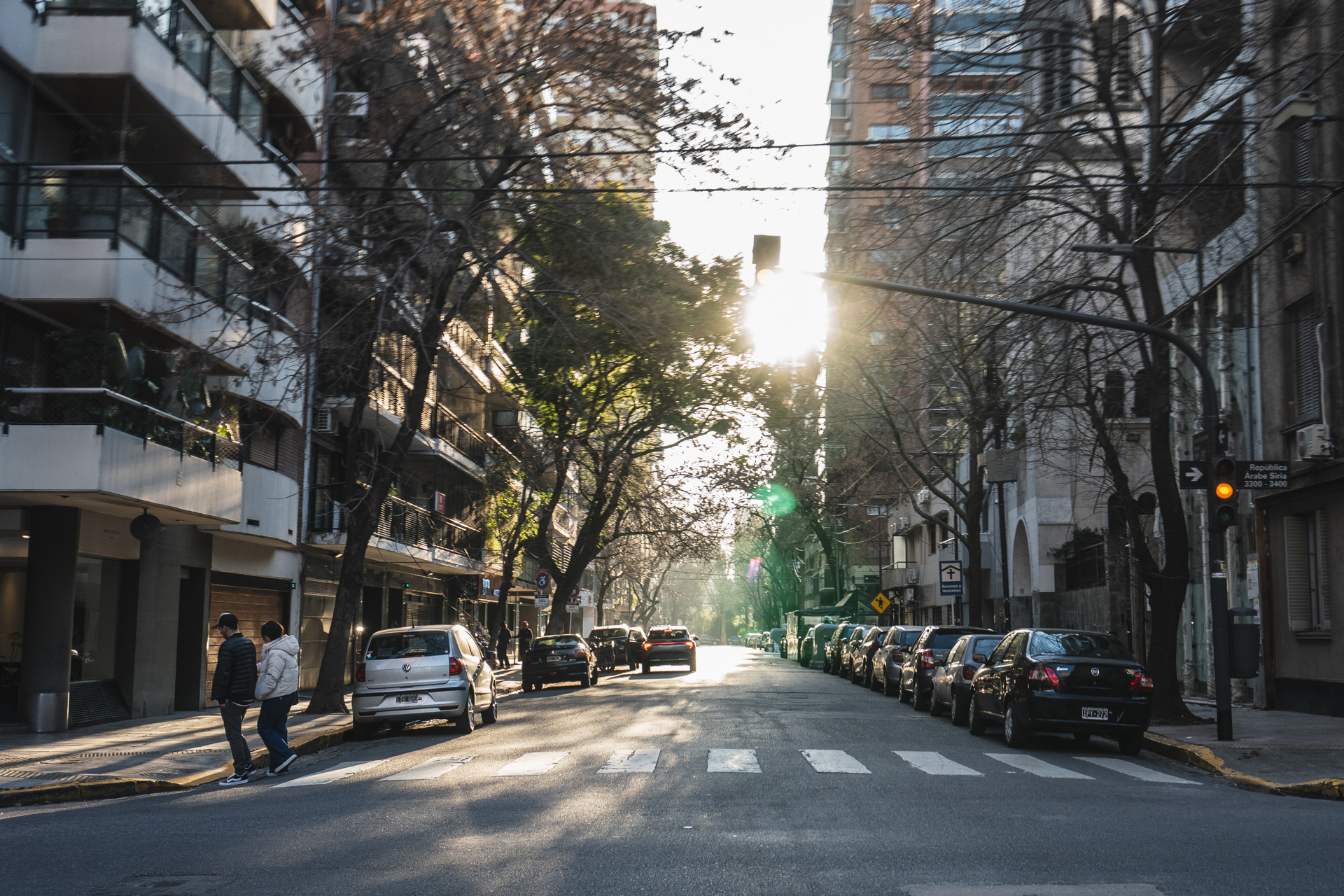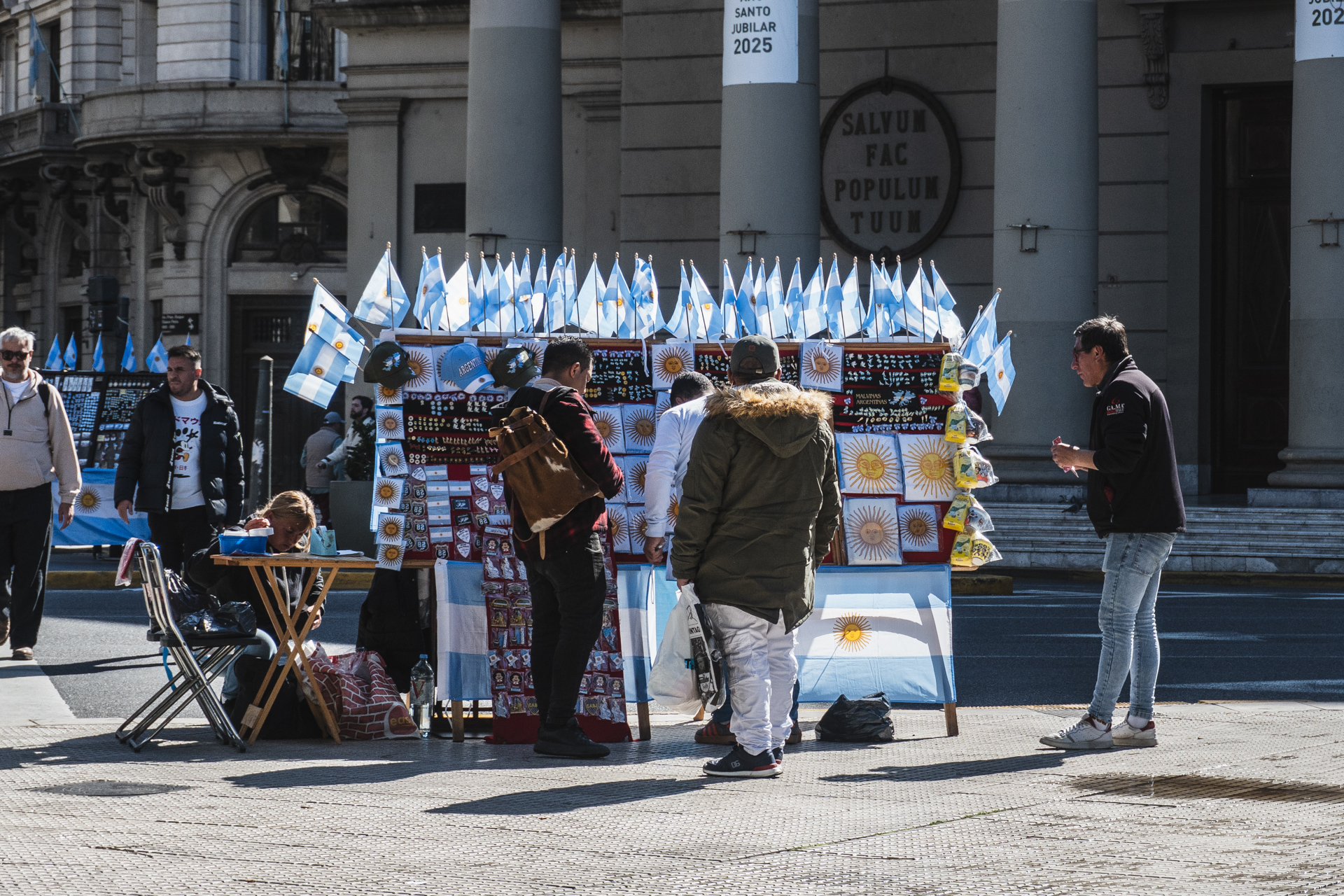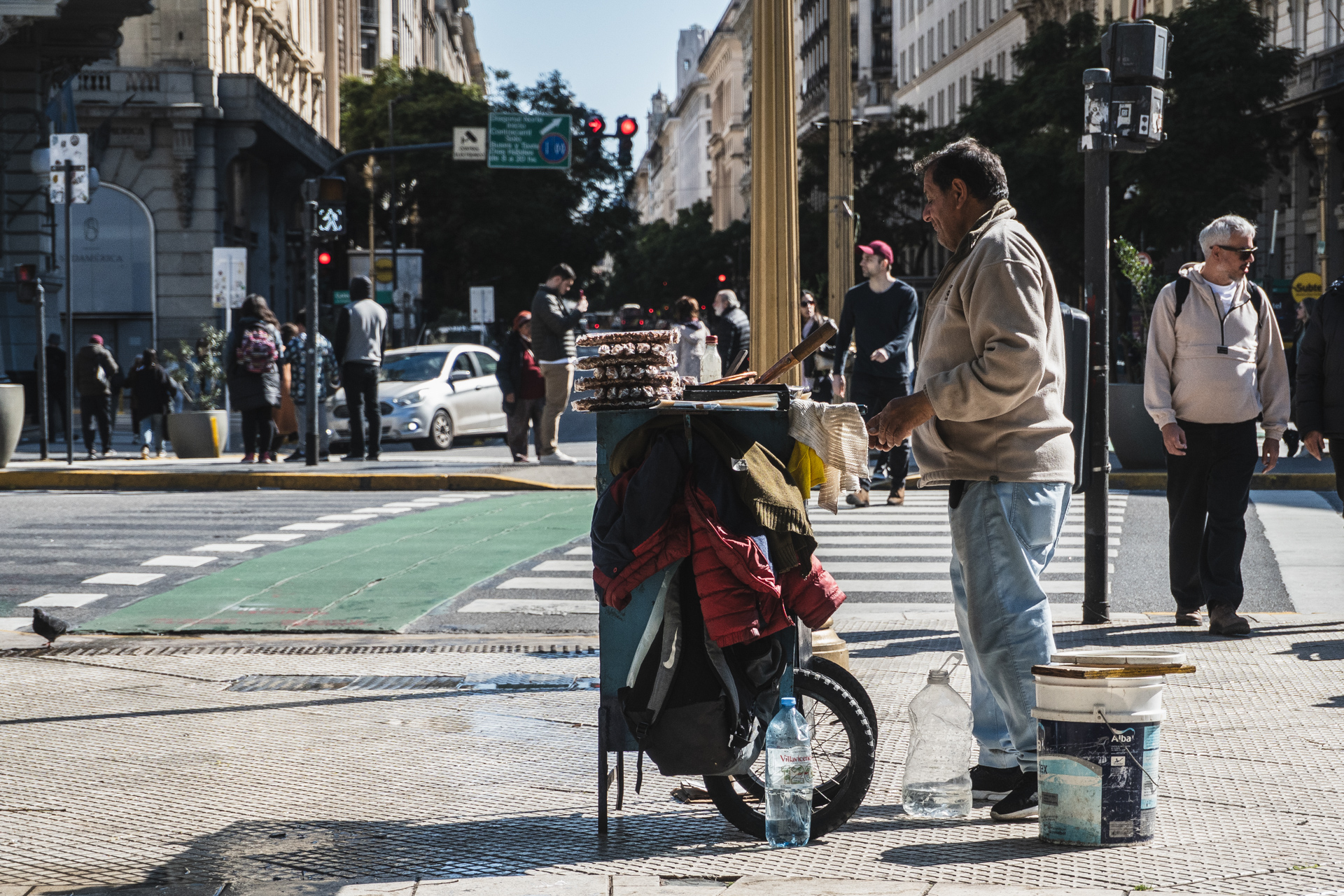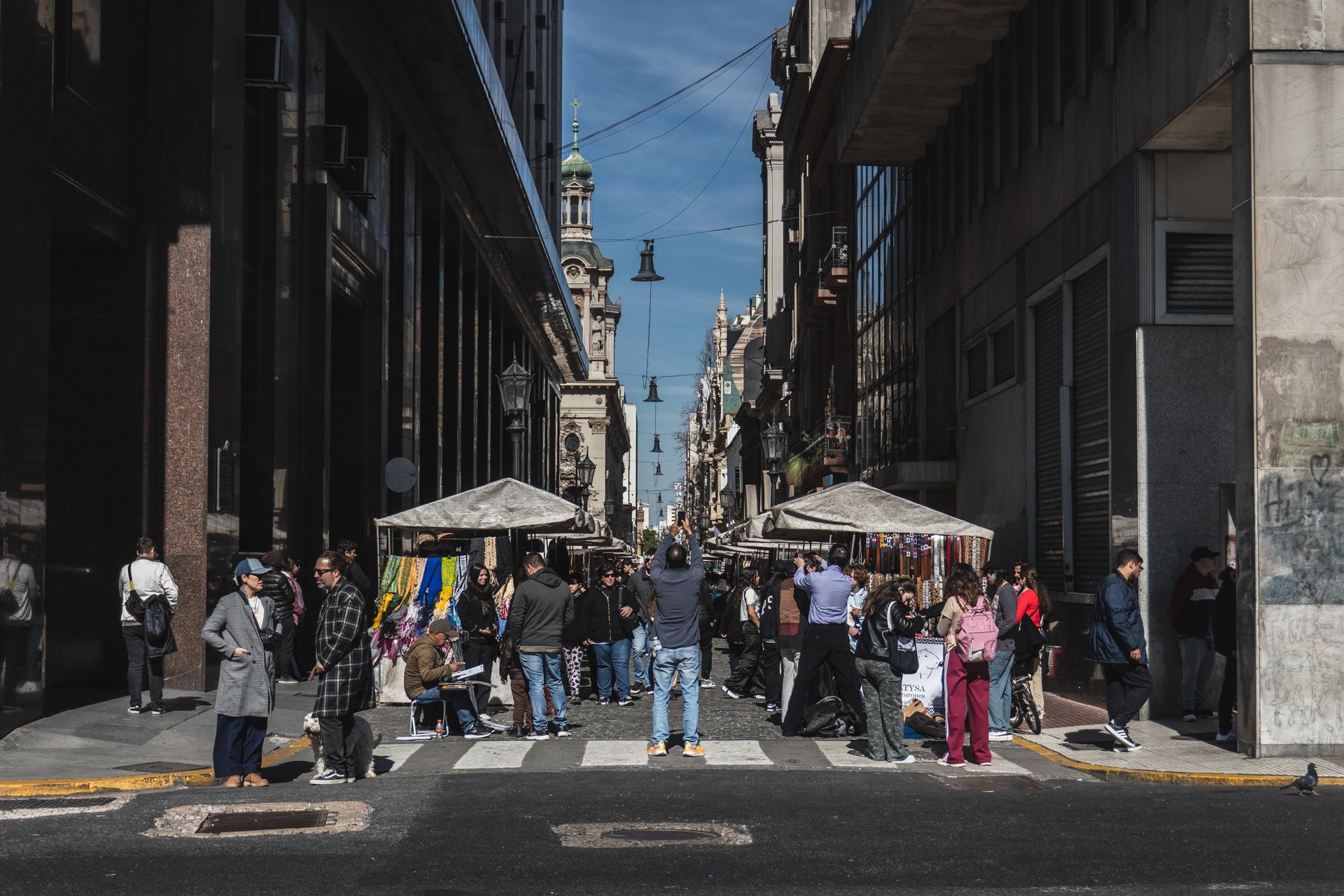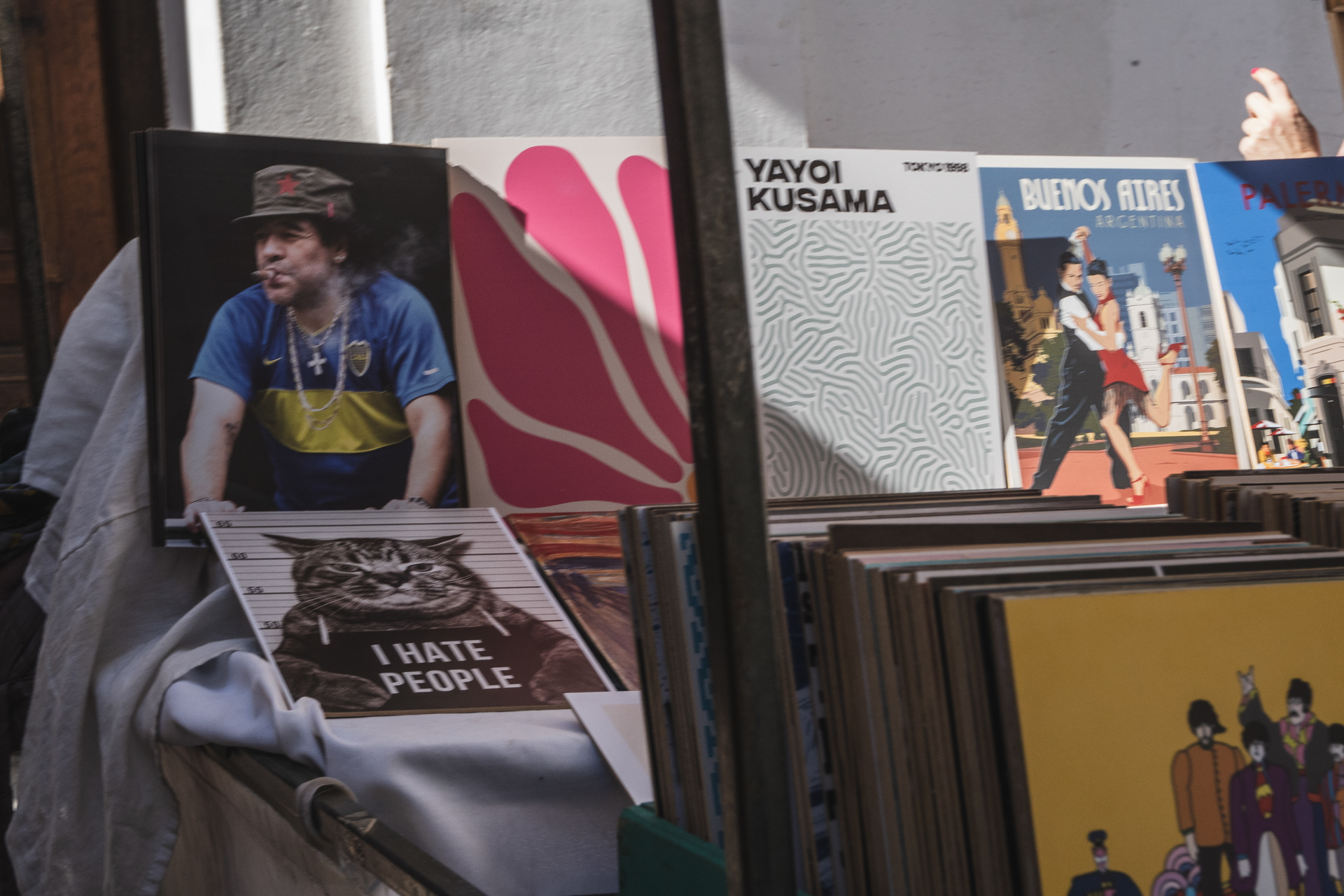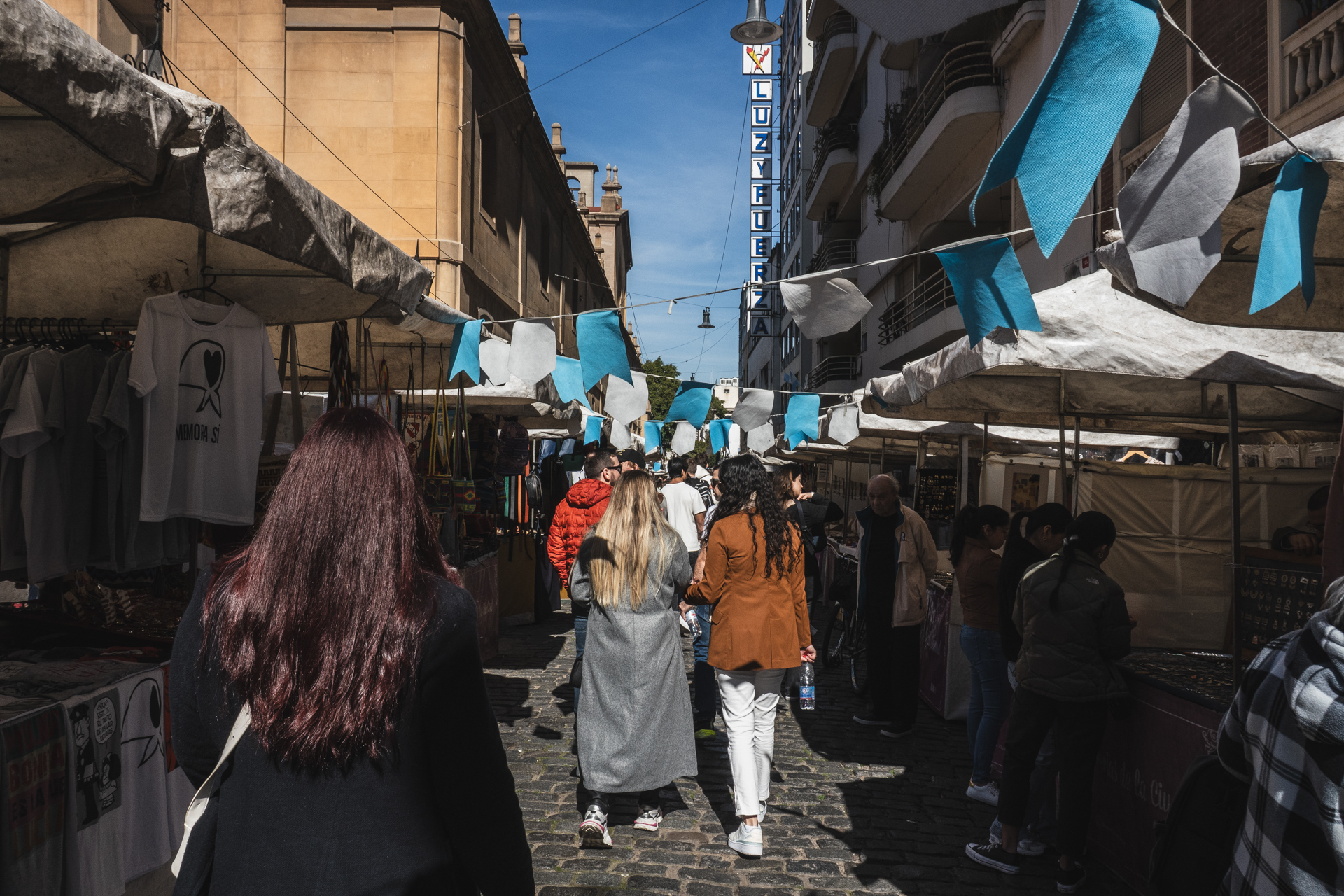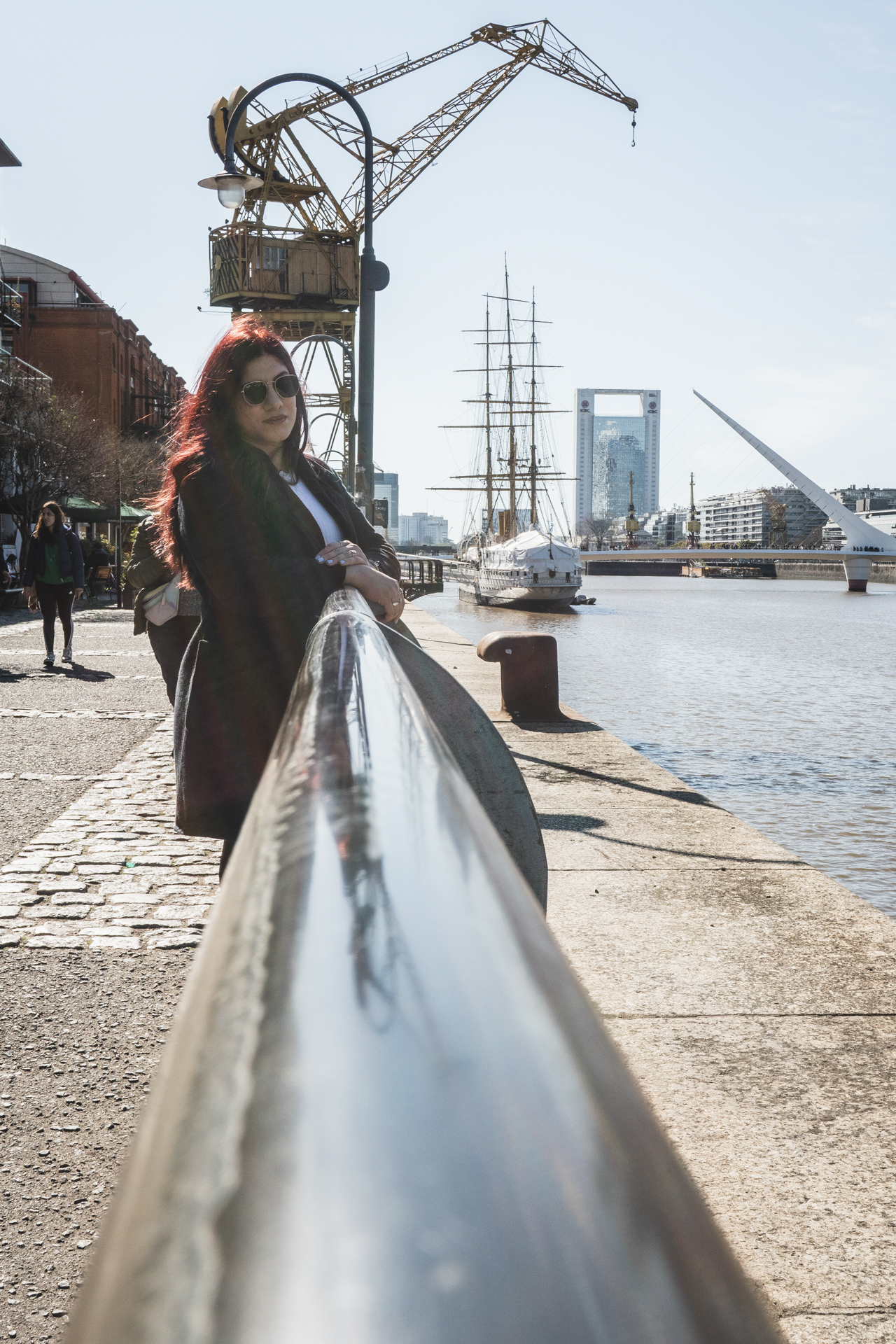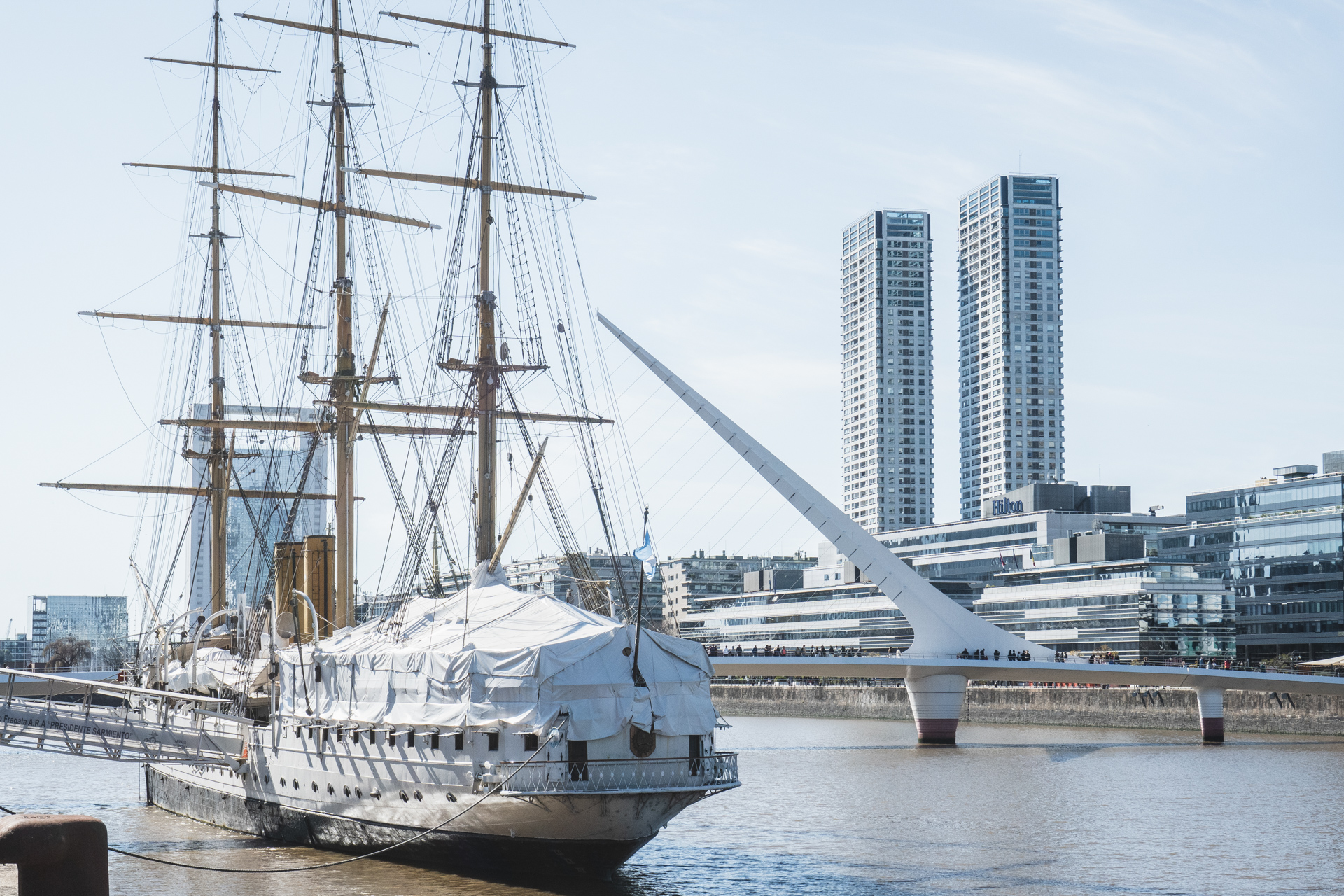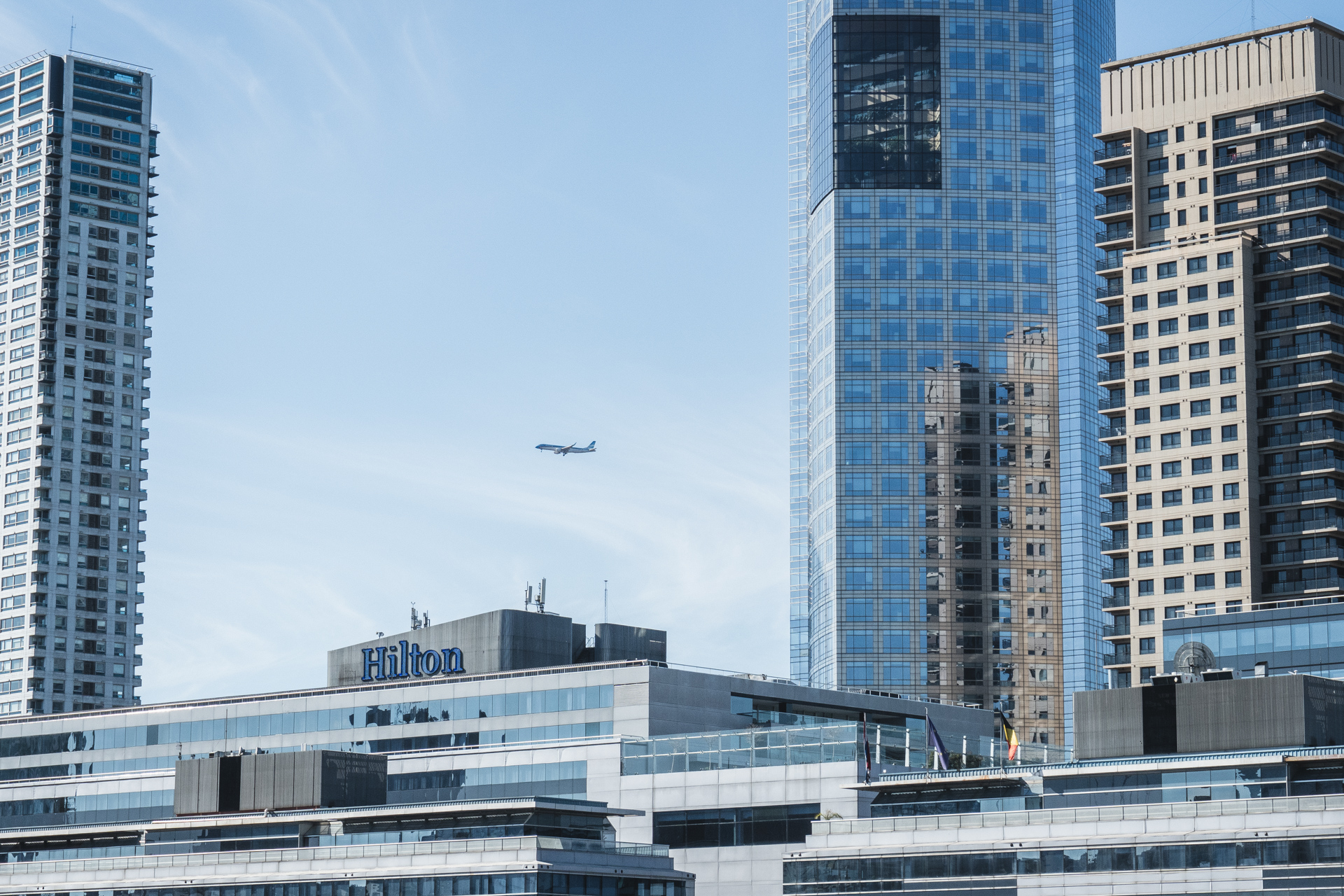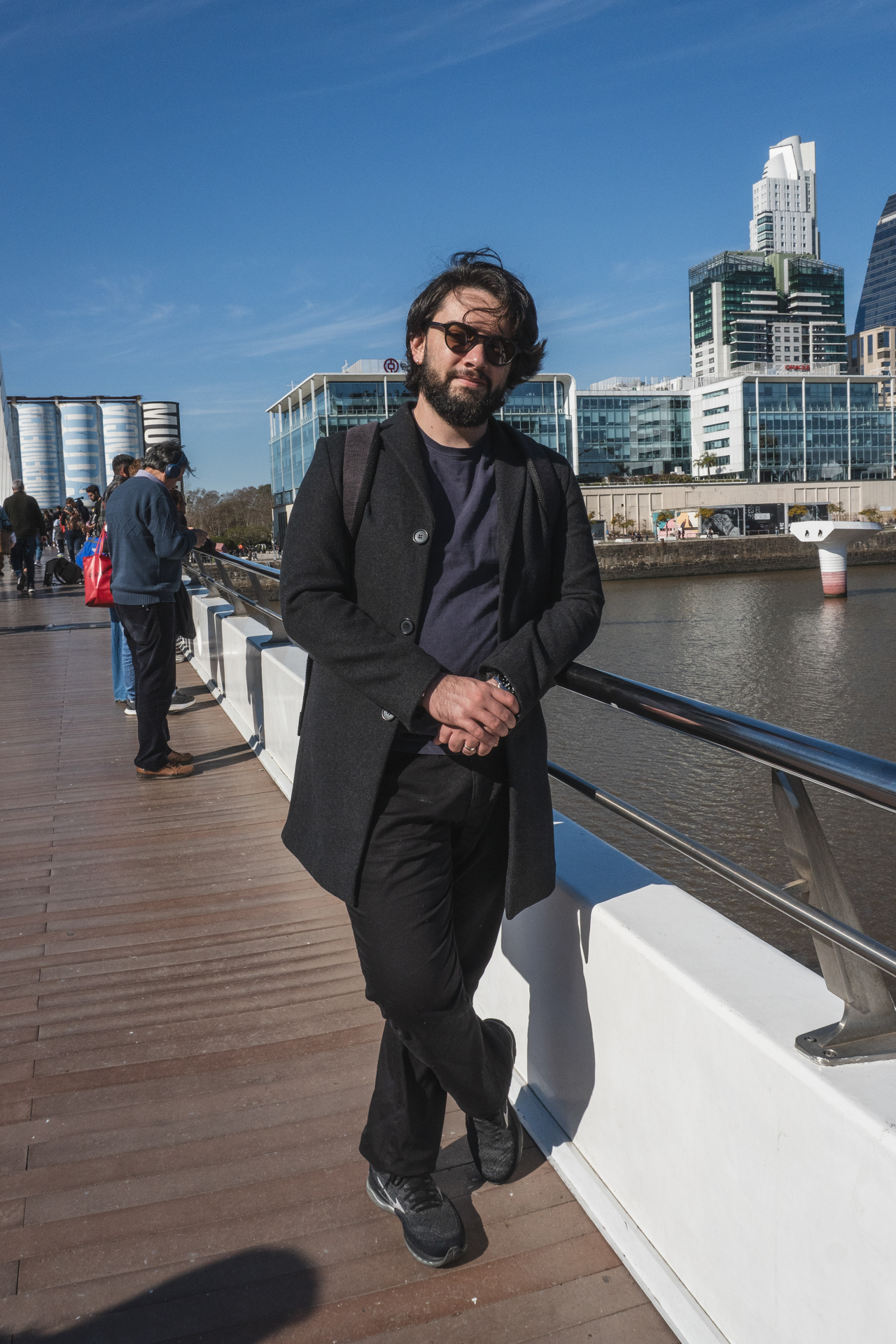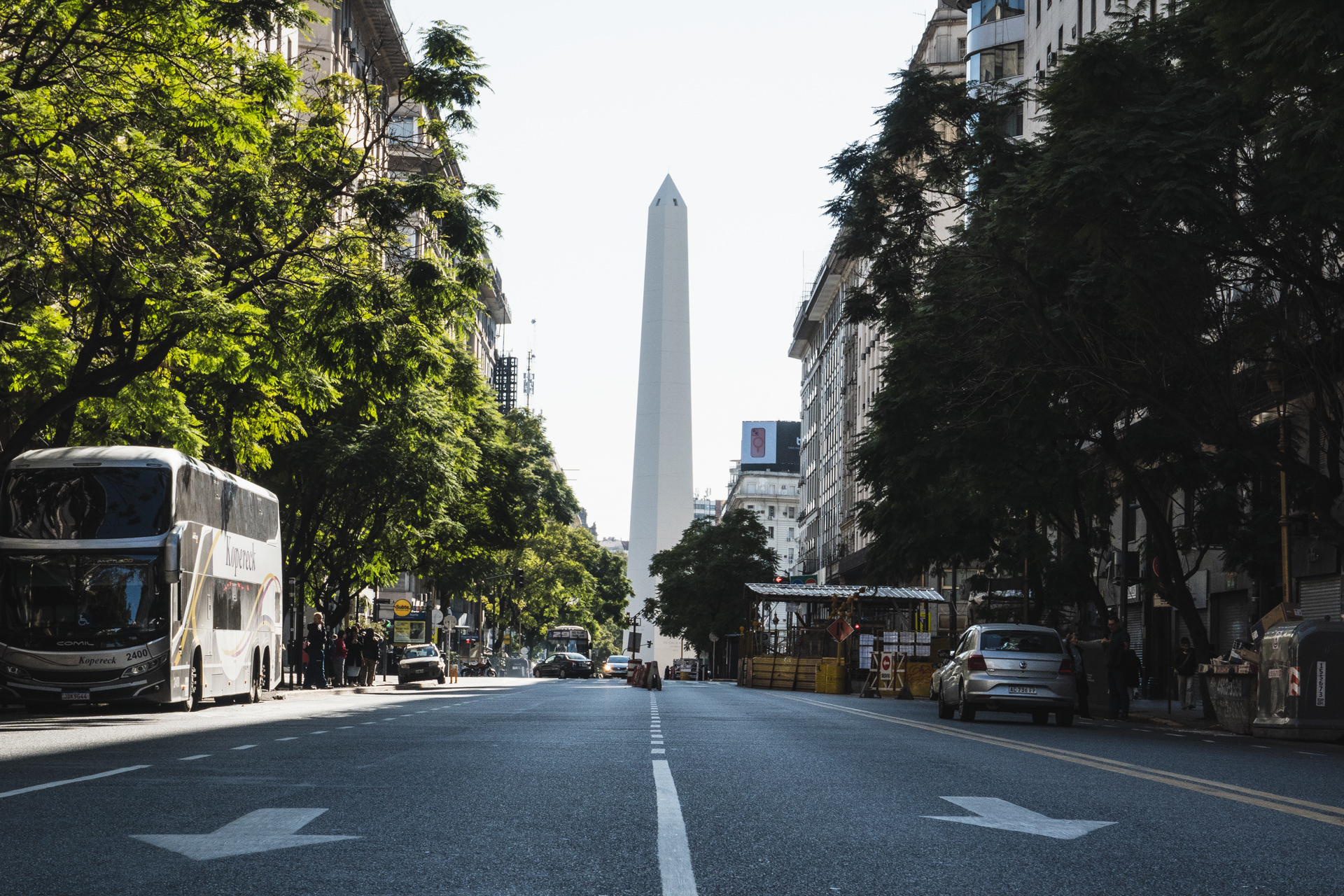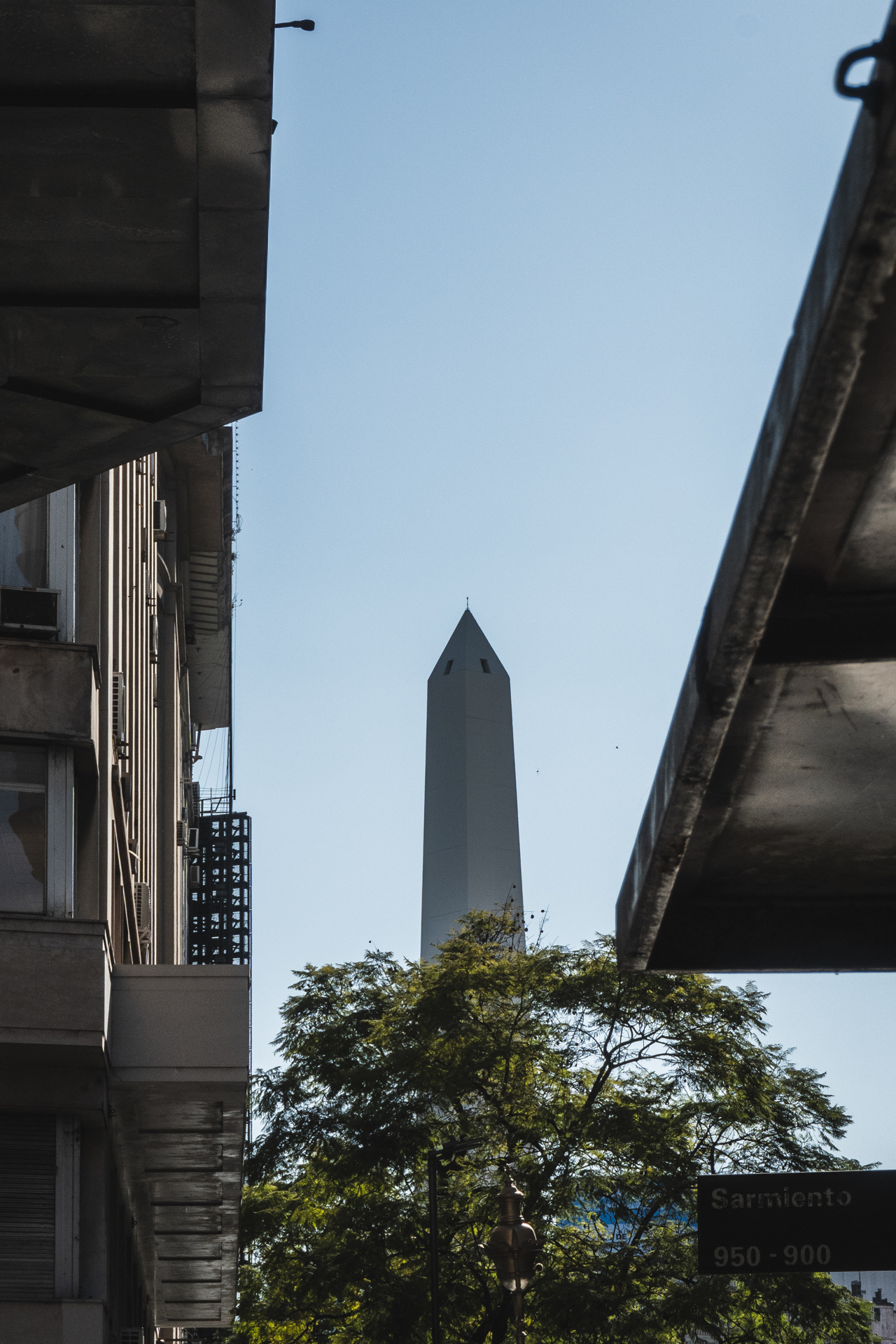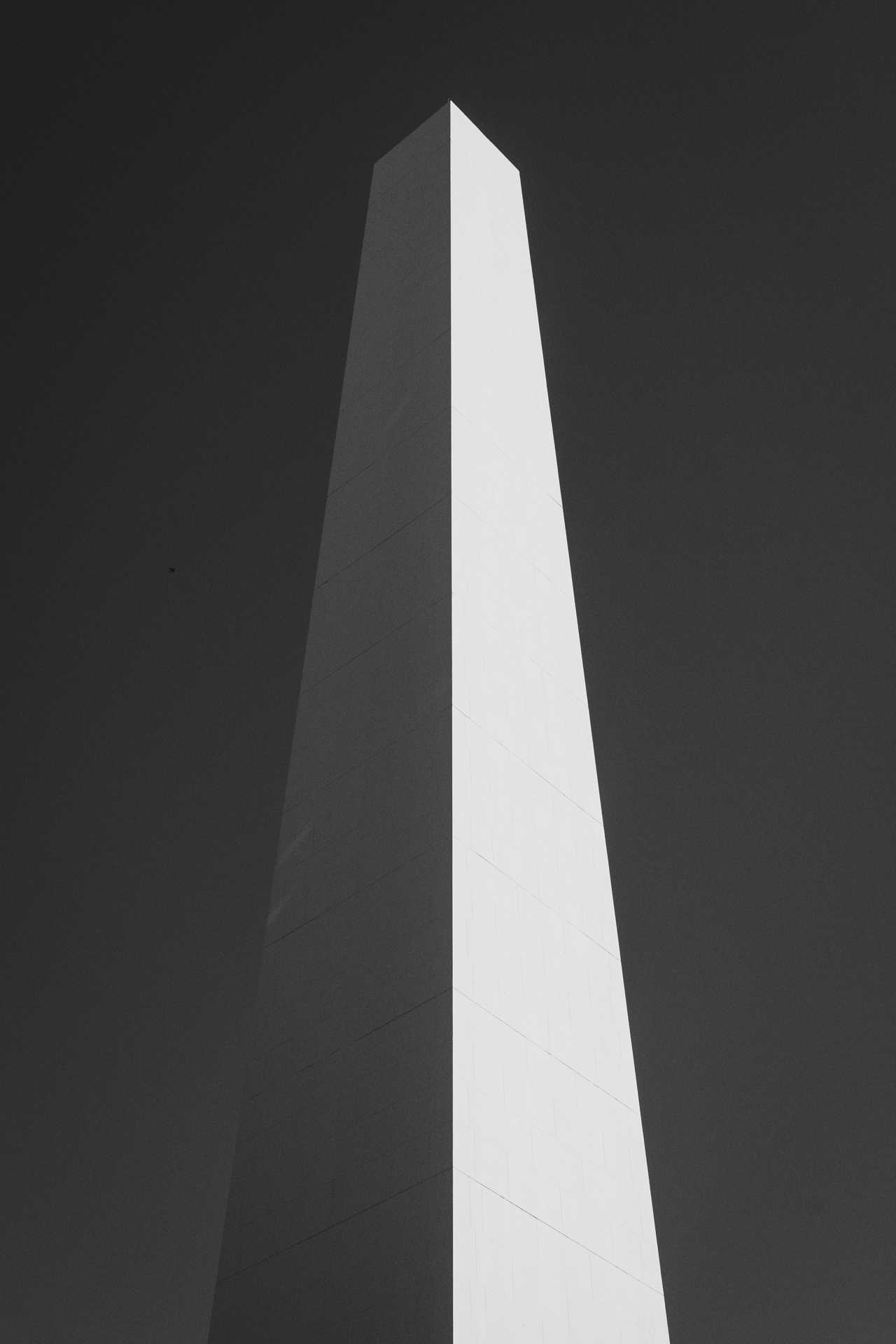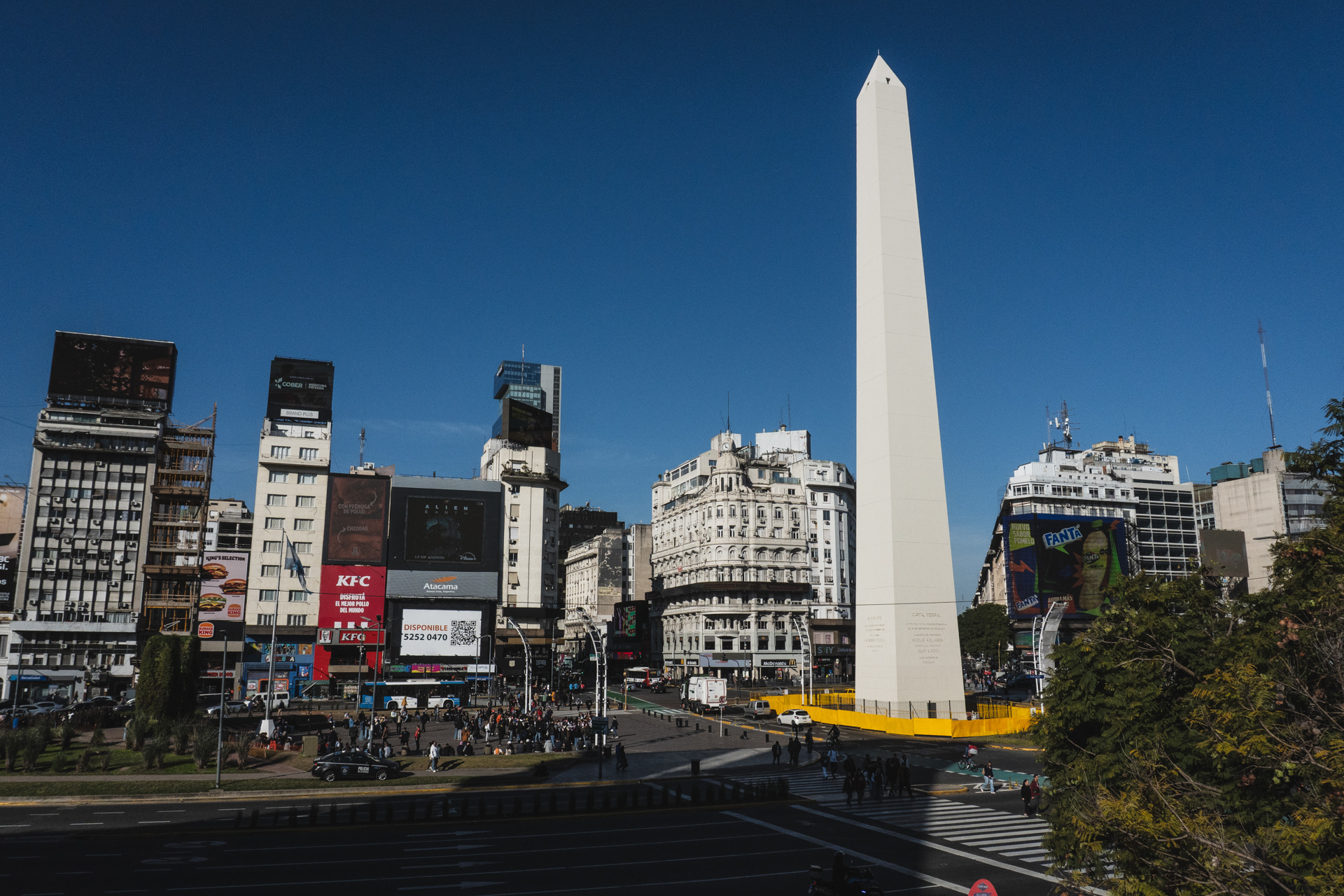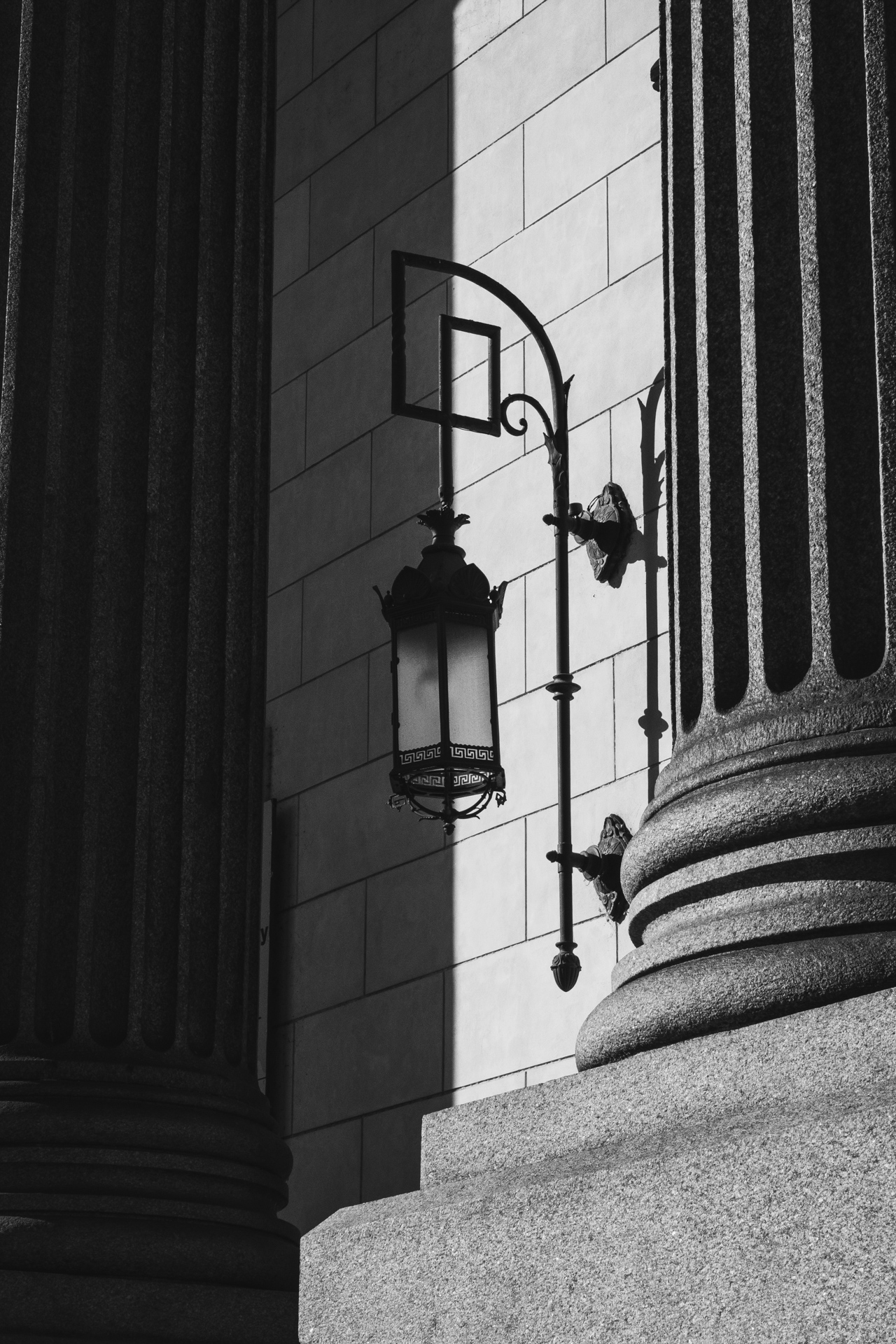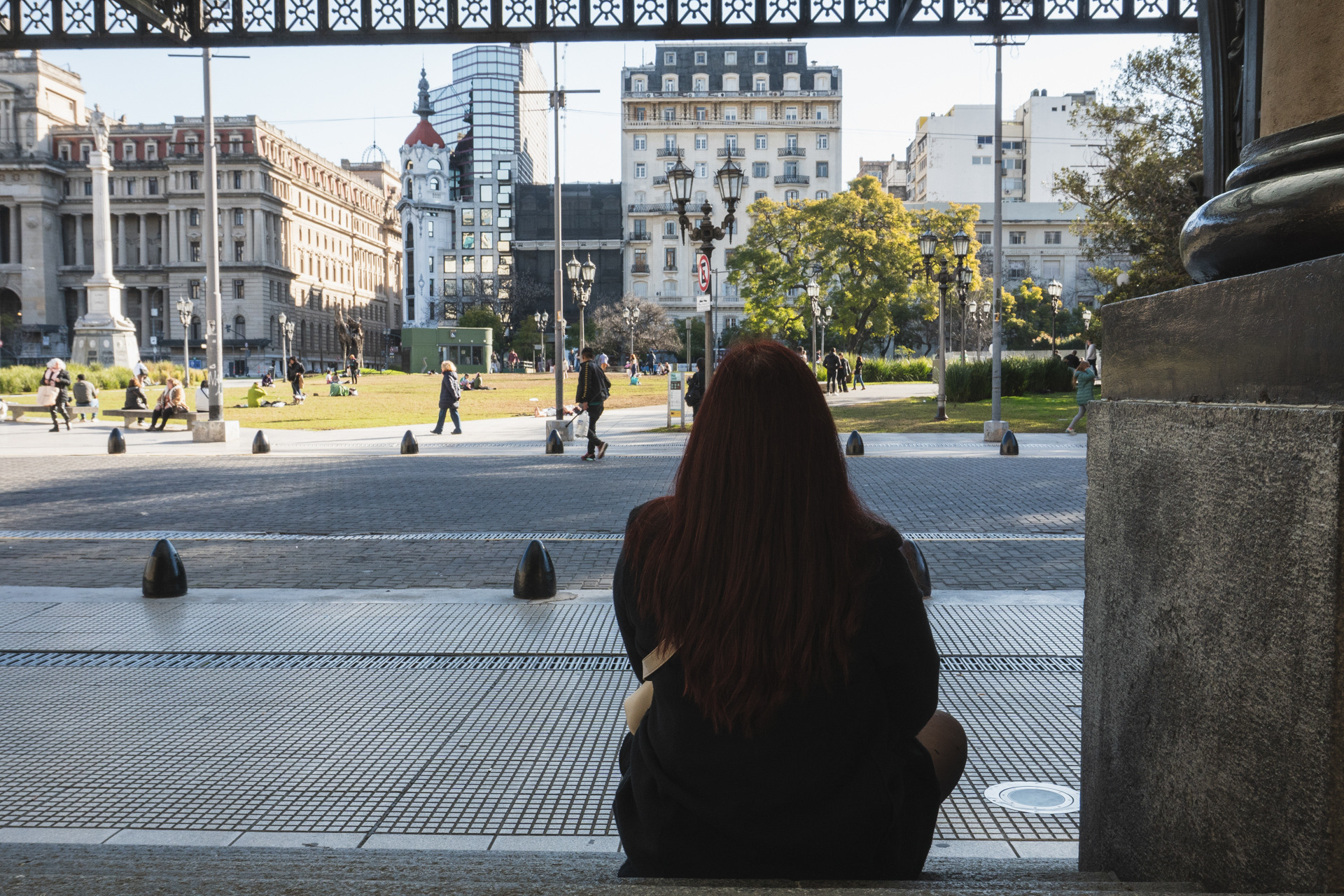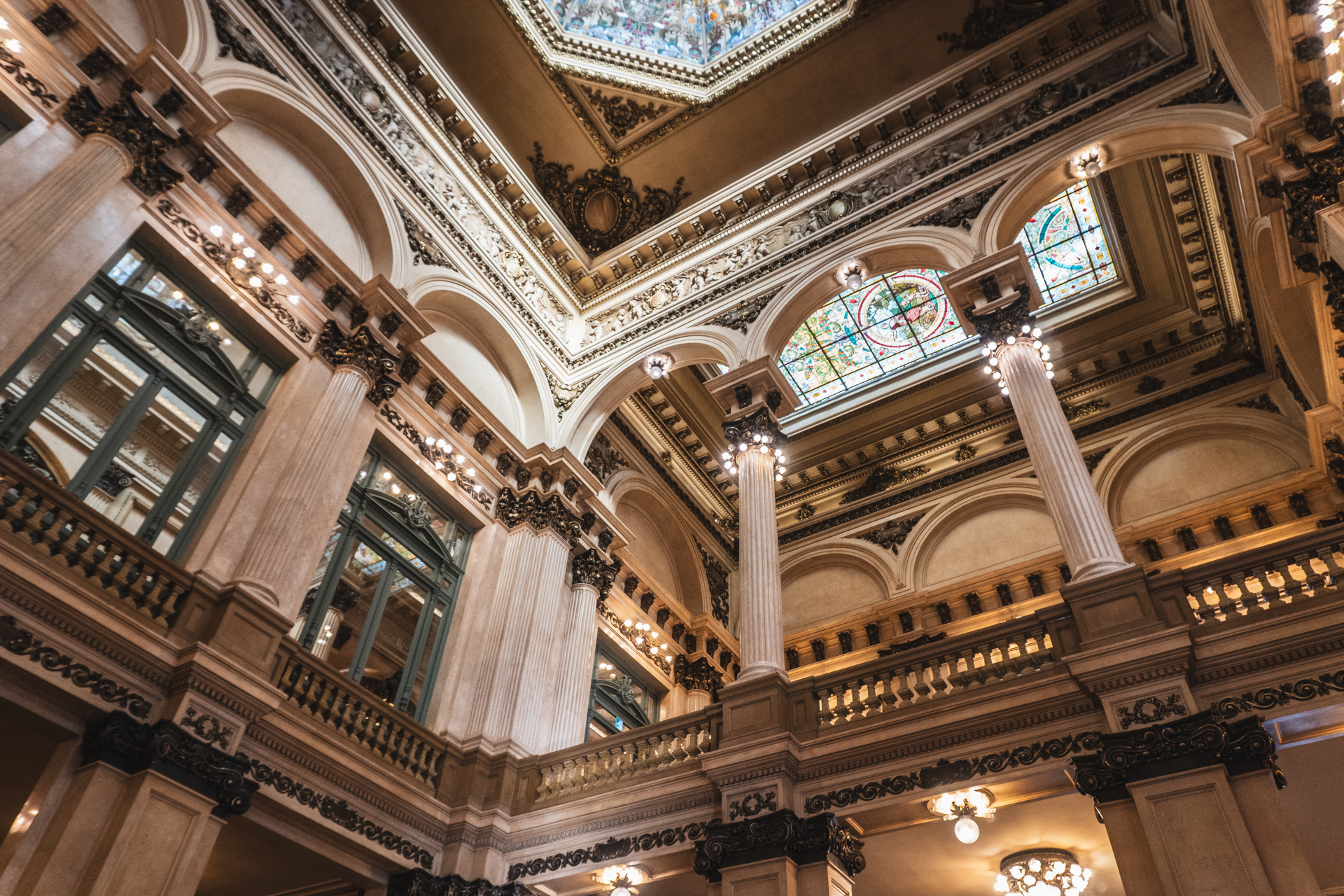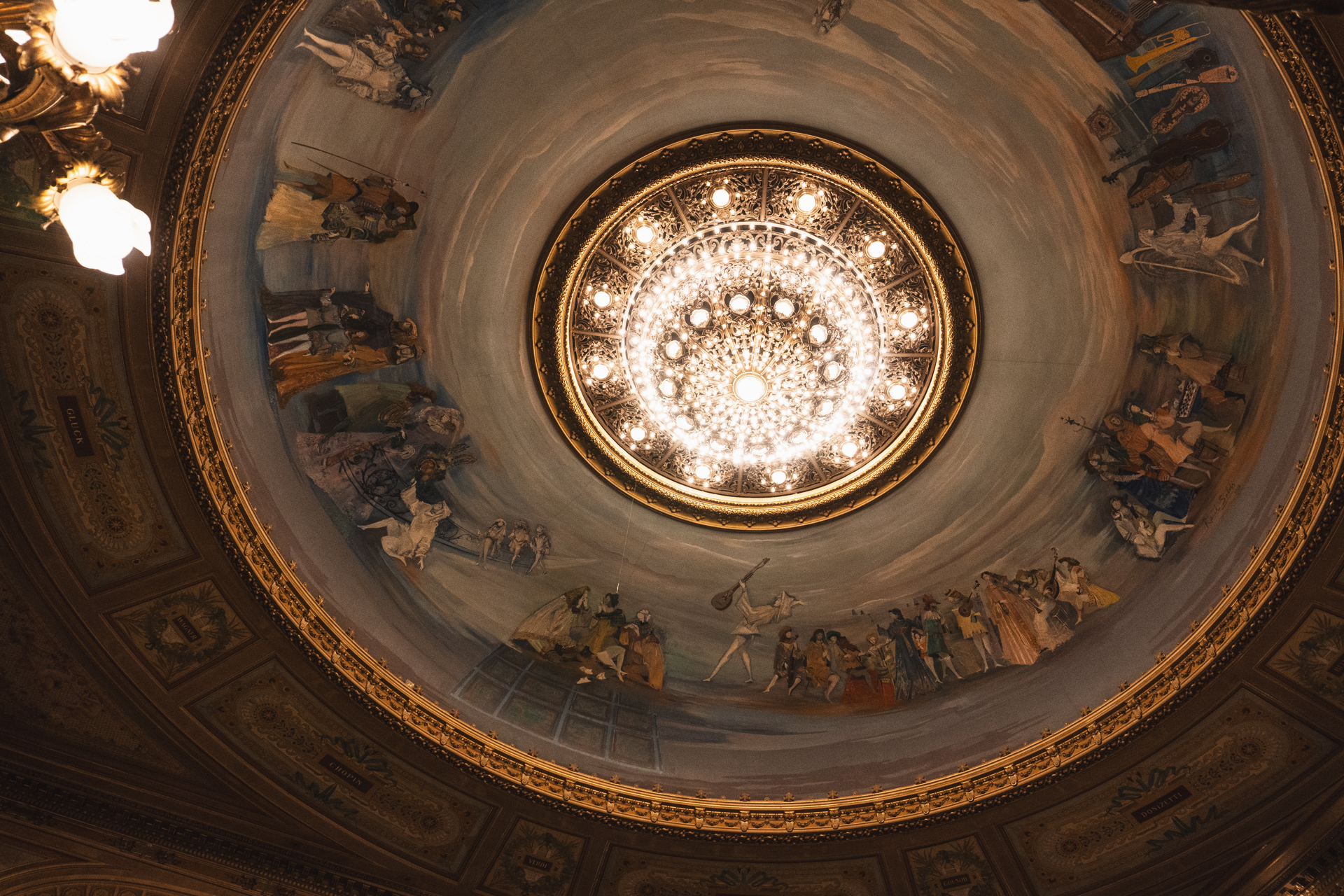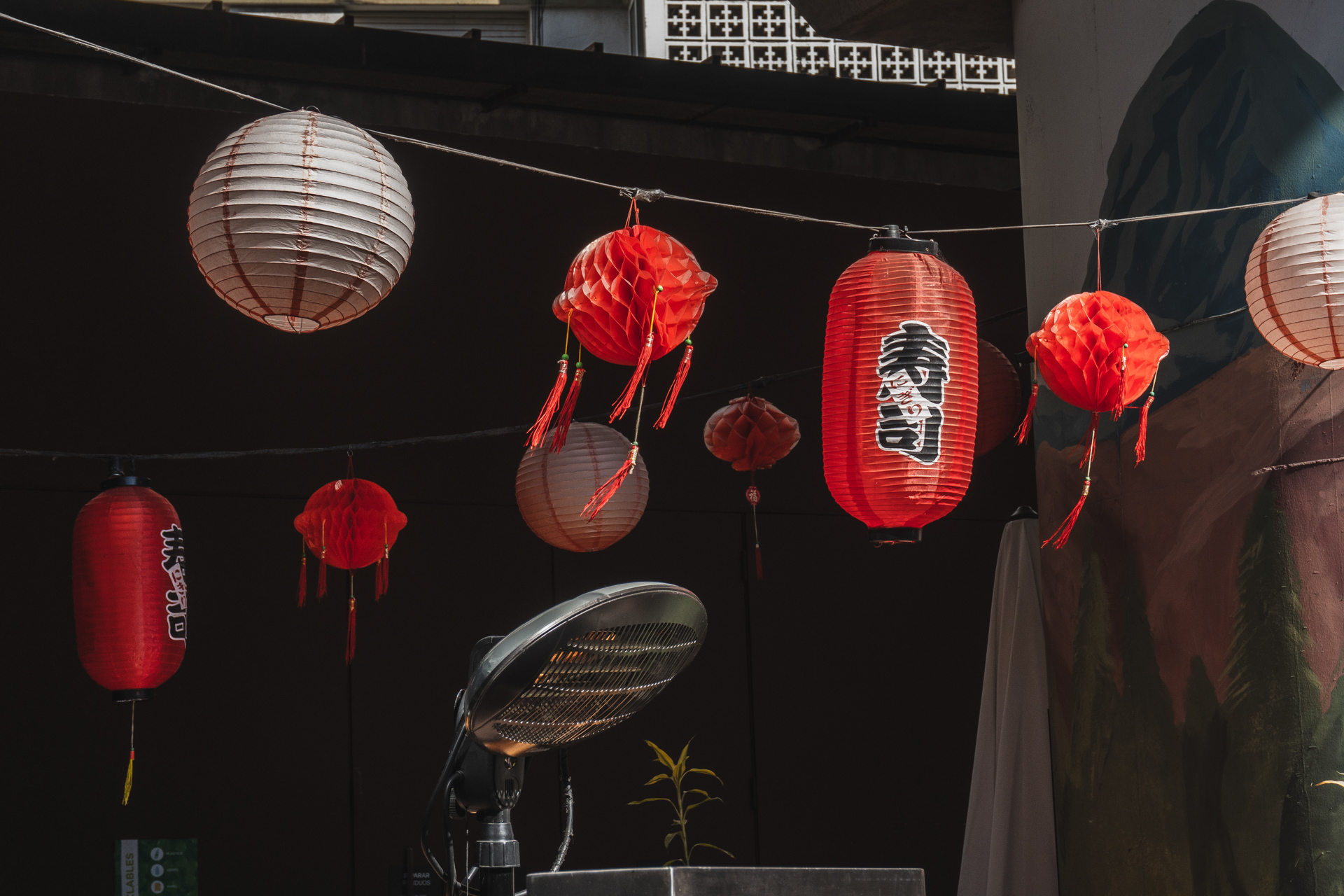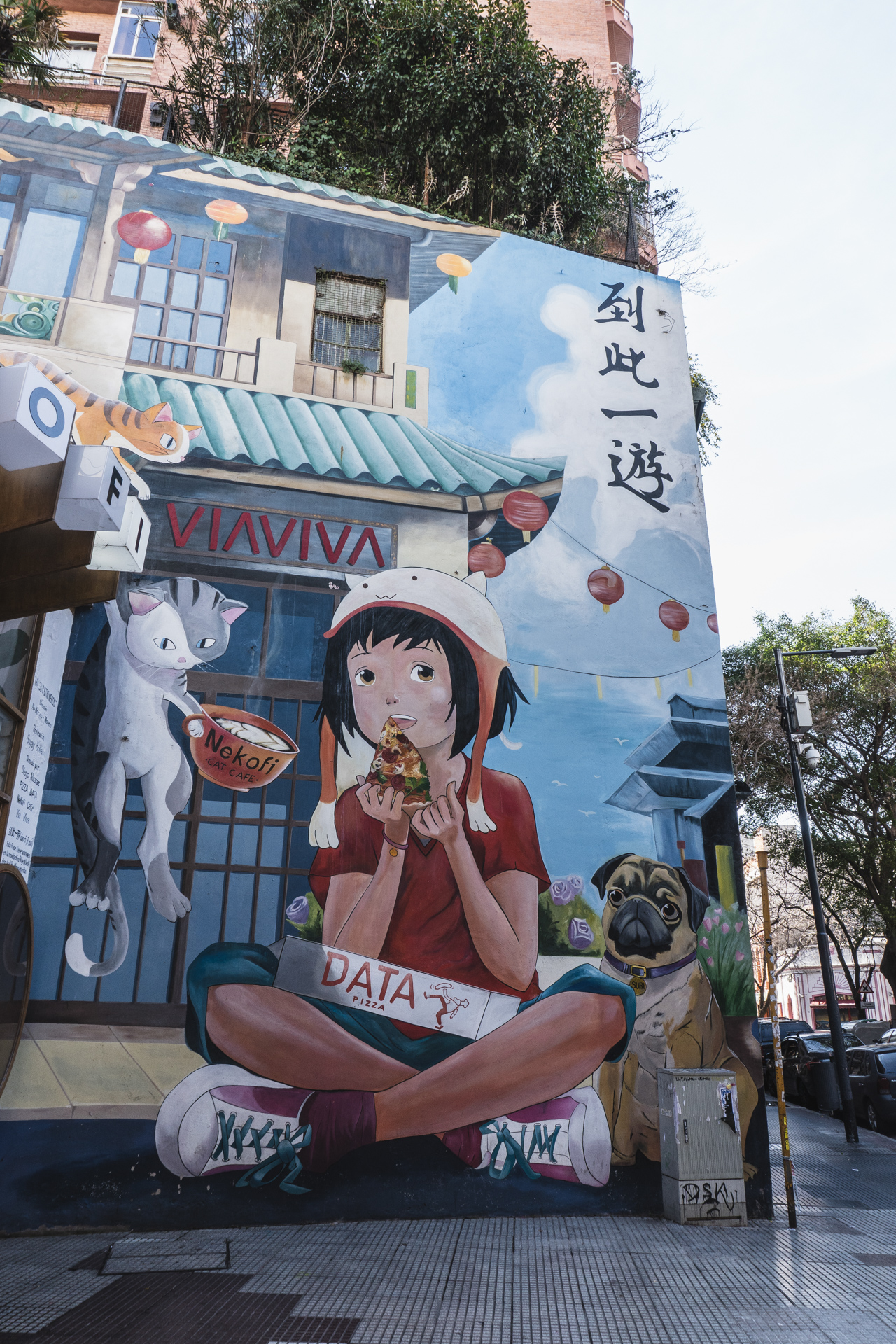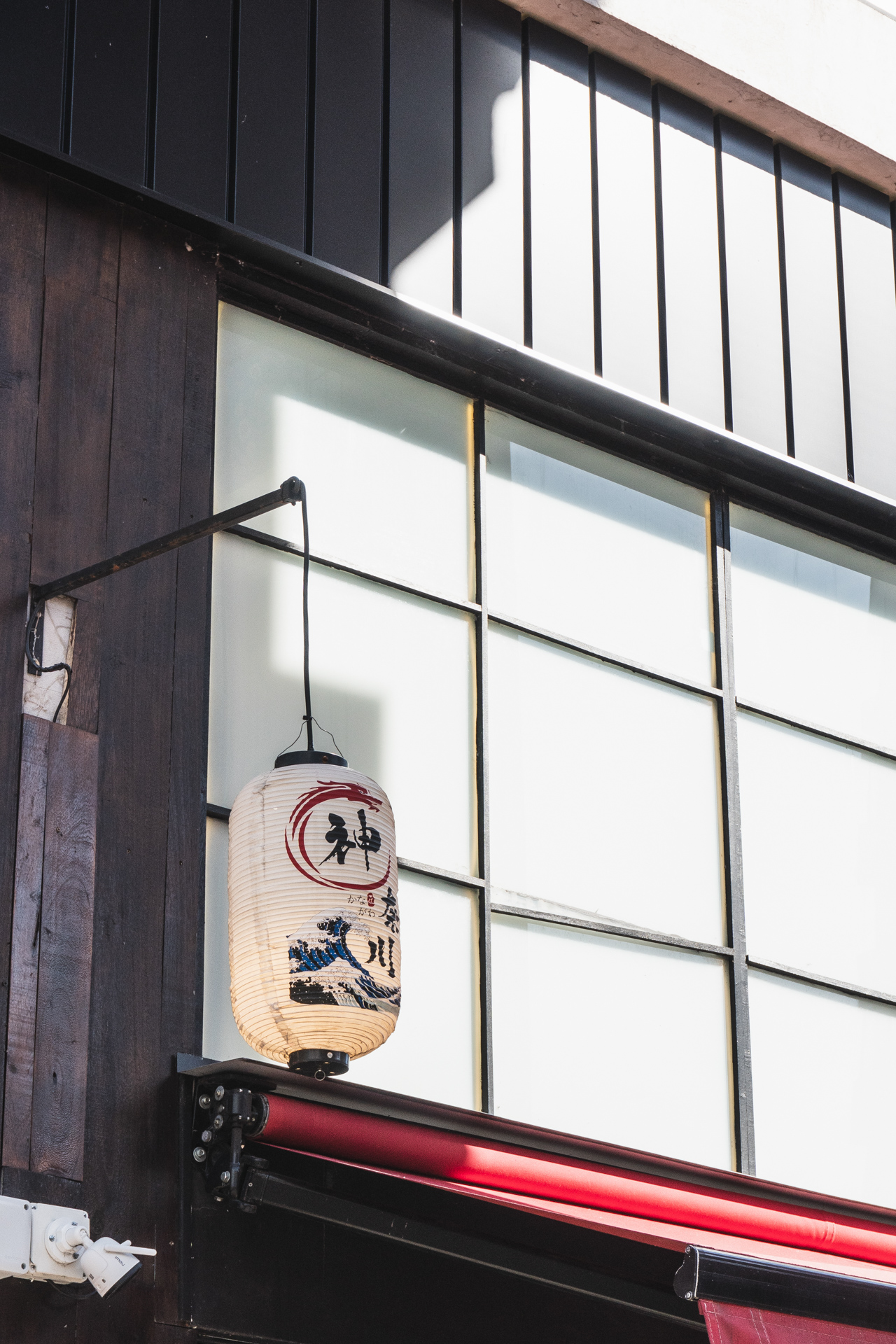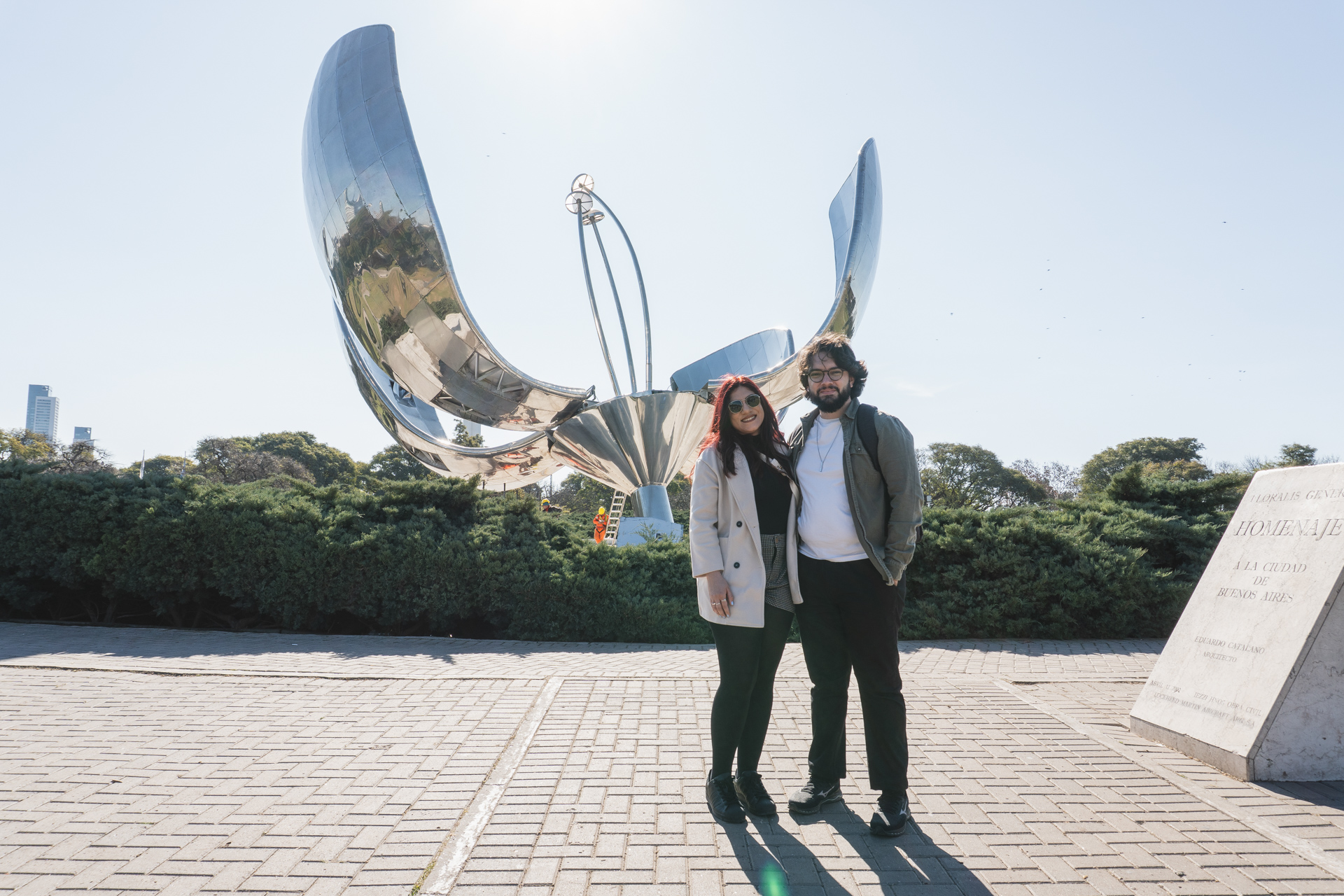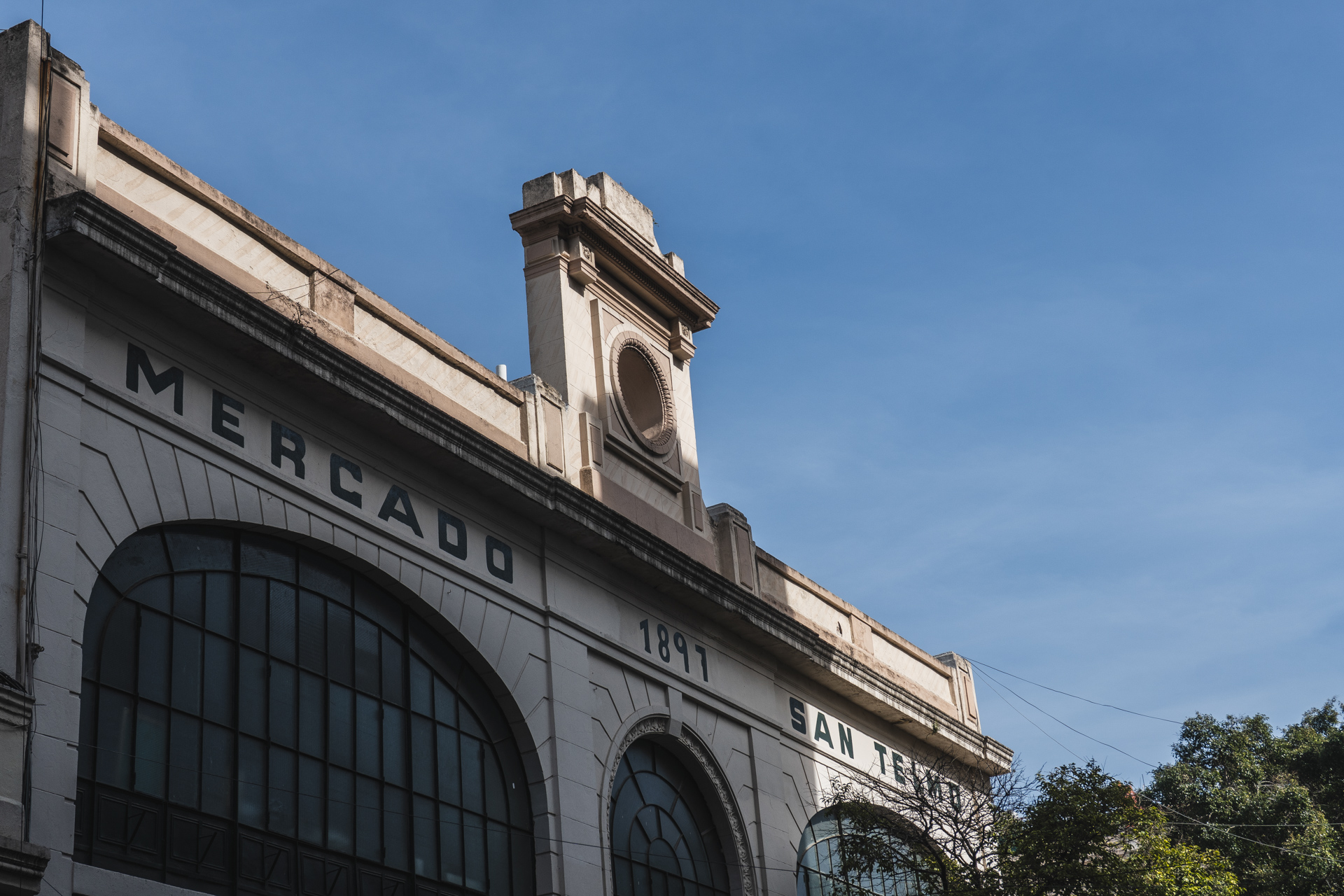
17 de agosto de 2025 • by Guilherme Teodoro
Los hermosos ojos de Buenos Aires
We took a leap of faith and decided to visit our neighbors in Buenos Aires. This is the story of how a spontaneous trip became the perfect escape, showing us the beauty and soul of the first South American city we visited outside of Brazil.
[English below]
Durante o entardecer de um domingo, enquanto ouvia uma música do The Strokes que me fez questionar “Por que os domingos são tão depressivos ?”, percebi que aquele em particular estava ainda mais. Eu me encontrava em meio a um processo de recuperação de um burnout que havia sofrido no início de 2025. Como de praxe, estava no meu escritório — lugar onde geralmente me escondo quando preciso me sentir um pouco mais no controle da situação —, usando o computador e conversando com minha esposa sobre como viajar para um novo destino nos fazia falta, como vivíamos sempre na correria do dia a dia e nem estávamos fazendo o que realmente gostávamos (mais ou menos como imagino que quase todos sentem hoje em dia). Depois de um bom tempo de conversa, como um ato de revolta, disse a ela: “Vamos para Buenos Aires?”. Ela ficou me olhando, pensando que eu estava brincando, e respondeu rindo: “Vamos”. E cá estou eu, contando essa história.
Para mim, toda cidade é uma entidade em si, com espírito próprio. Logo na nossa chegada, e durante a primeira incursão por Palermo, pudemos sentir facilmente o espírito de Buenos Aires: amigo, agitado, sempre pronto para contar sua história e tradições. Ao caminharmos por suas ruas, vimos a história sendo contada através de prédios históricos em estilo neoclássico preservados ao longo de décadas, de estátuas dedicadas a seus heróis e de igrejas. Também vimos suas tradições, quase sem esforço: a cuia de erva-mate nas mãos das pessoas nas ruas, nos metrôs, ônibus e até no aeroporto; o tango, o vinho e as (incríveis) empanadas. Vimos o espírito hospitaleiro nas pessoas — sempre amigáveis e sorridentes, enchendo as praças com livros em mãos ou reunidas em grupos, colocando a conversa em dia.
Ao longo da nossa estadia, percebemos diversas coisas nas quais Buenos Aires se destaca: sua culinária, tão famosa e rica — degustamos parrillas, helados, empanadas argentinas e a pizza de fugazzeta; o transporte público, acessível e pontual; a variedade de parques, notavelmente aproveitados pela população; a cultura, sempre presente no dia a dia do povo (dançarinos de tango em pontos turísticos, estátuas, barracas de livros, filmes ou vinis em diversos cantos da cidade etc.); e a preservação da história por meio de memoriais, museus, livrarias antigas, guias e até cemitérios.
Sobre os pontos negativos: toda cidade os tem, e Buenos Aires certamente não é exceção. No entanto, não estou aqui para listá-los, porque 1) não sou crítico de viagens; 2) não ficamos tempo suficiente para avaliar de forma equilibrada; e 3) simplesmente não quero. A viagem foi agradável, e preferi preservar mais as memórias positivas do que as negativas.
Aliás, houve sim um ponto negativo: o tempo. Apesar de termos visto muitas recomendações de 5 a 6 dias para aproveitar a cidade, para o nosso ritmo e estilo, 6 dias foram muito poucos. Queríamos ter ficado lá por muito mais tempo.
Abaixo, algumas das fotos que tiramos, e vocês podem encontrar mais algumas no meu Unsplash. Espero que gostem!
ENGLISH VERSION
One Sunday at dusk, while listening to a song by The Strokes, I found myself questioning, "Why are Sundays so depressing?" This particular Sunday felt even heavier. I was recovering from a burnout I had suffered in early 2025. As usual, I was in my office—the place I typically hide when I need to feel a bit more in control—on my computer, talking to my wife. We were discussing how much we missed traveling to new places, how we were always caught up in the daily grind, and how we weren't doing what we truly loved (more or less how I imagine most people feel these days). After a long conversation, in an act of defiance, I asked her, “Should we go to Buenos Aires?” She looked at me as if I were joking and, with a laugh, replied, “Let's go.” And here I am, telling this story.
For me, every city is its own entity with a unique spirit. Upon our arrival, during our first walk through Palermo, we easily felt the spirit of Buenos Aires: friendly, lively, and always ready to tell its story and traditions. As we walked through the streets, we saw history being told through decades-old, well-preserved neoclassical buildings, statues dedicated to its heroes, and churches. We also, almost effortlessly, saw its traditions: the cup of yerba mate in people's hands on the streets, in subways, buses, and even at the airport; the tango, the wine, and the (delicious) empanadas. We saw the hospitable spirit in the people—always friendly and smiling, filling the squares with books in hand or gathered in groups, catching up on conversation.
Throughout our stay, we noticed several things in which Buenos Aires excels: its cuisine, so famous and rich—we tasted parrillas, helados, Argentine empanadas, and fugazzeta pizza; the public transport, which is accessible and punctual; the variety of parks, notably enjoyed by the population; the culture, always present in people's daily lives (tango dancers at tourist spots, statues, stalls selling books, films, or vinyl records in various corners of the city, etc.); and the preservation of history through memorials, museums, old bookstores, guides, and even cemeteries.
Regarding the negative points: every city has them, and Buenos Aires is certainly no exception. However, I'm not here to list them because 1) I'm not a travel critic; 2) we didn't stay long enough to evaluate things in a balanced way; and 3) I simply don't want to. The trip was enjoyable, and I preferred to preserve the positive memories more than the negative ones.
In fact, there was one negative point: time. Despite seeing many recommendations of 5 to 6 days to enjoy the city, for our pace and style, 6 days was far too short. We wished we could have stayed there for much longer.
Below are some of the photos we took, and you can find some more on my Unsplash. Hope you like them!
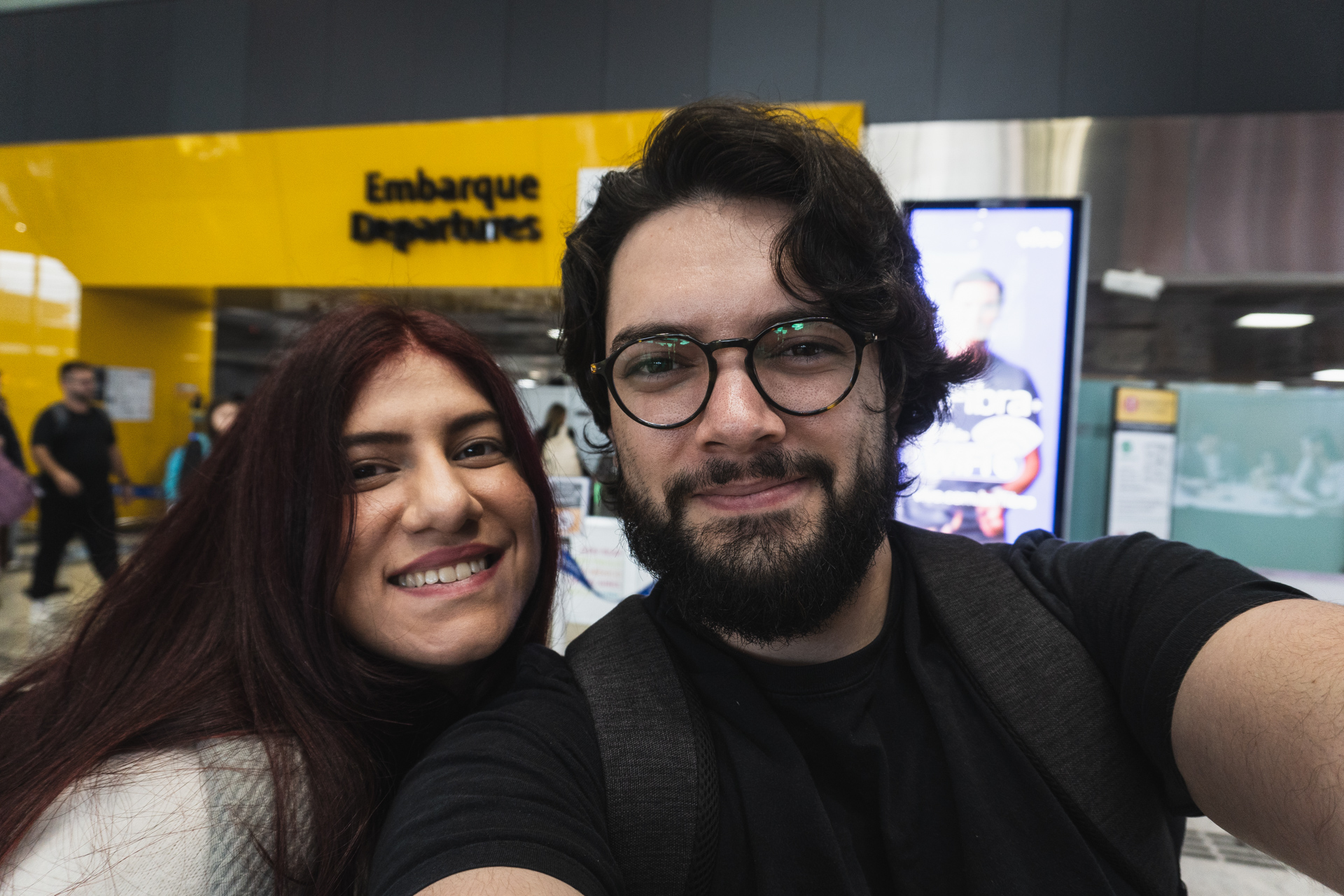
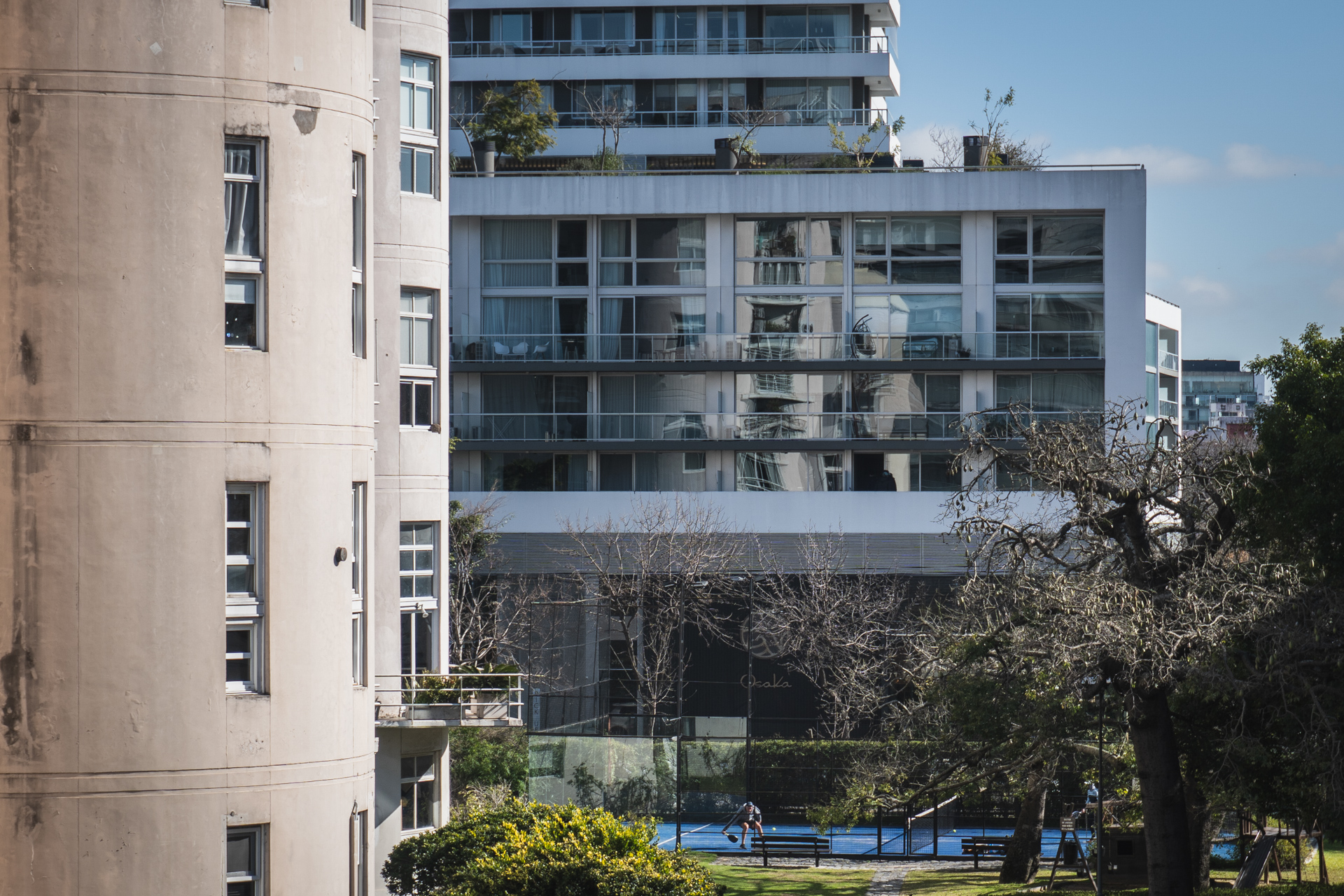
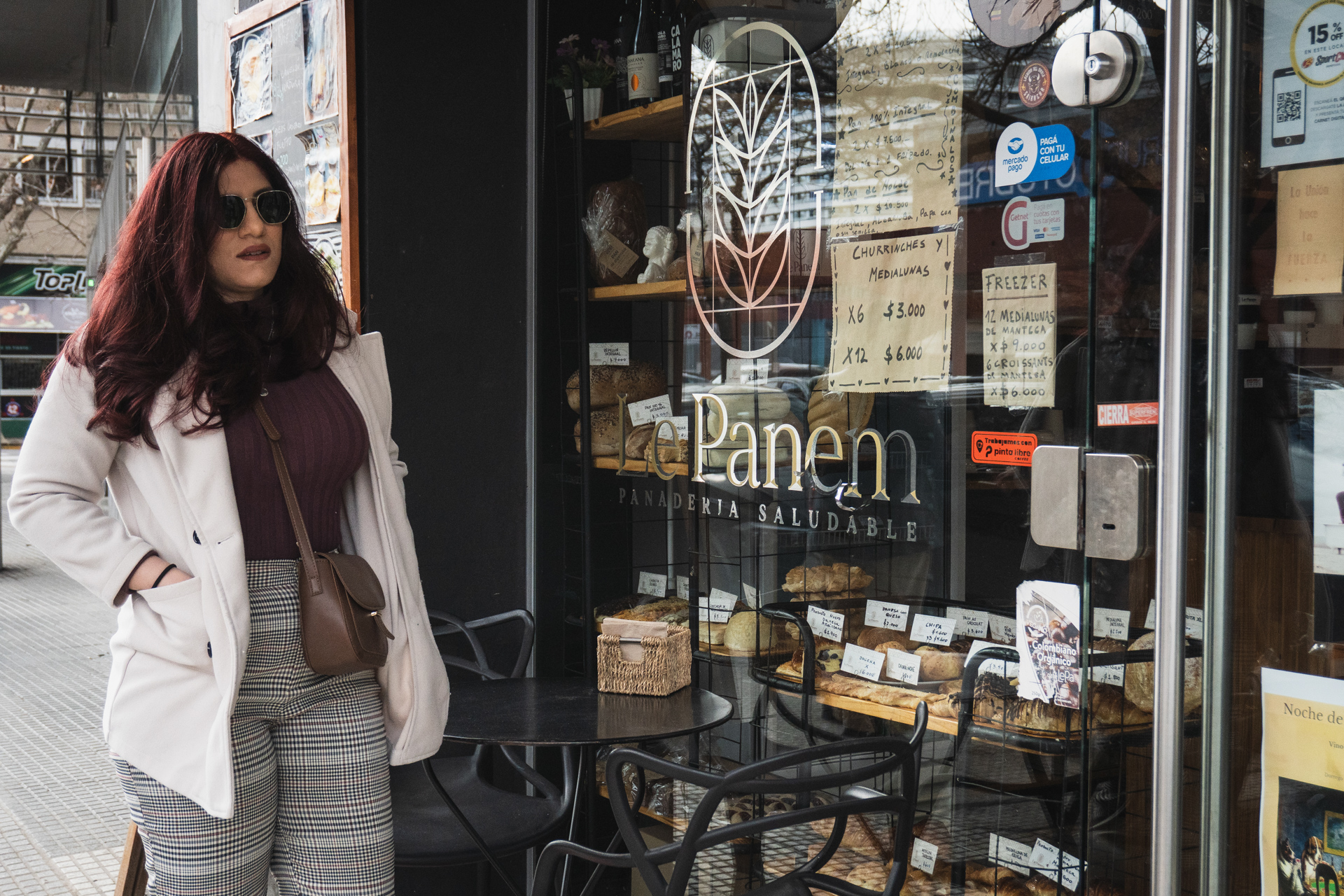
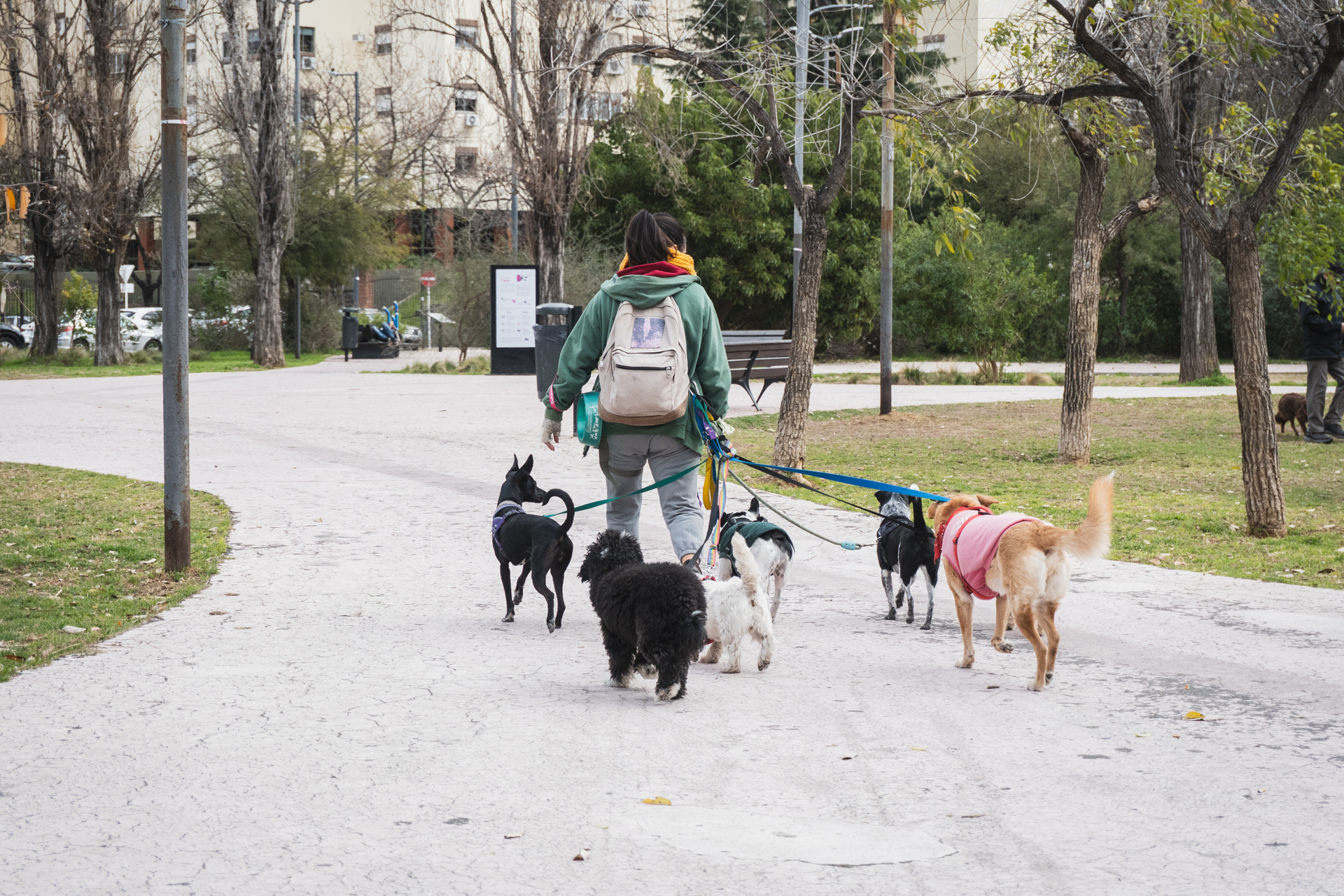
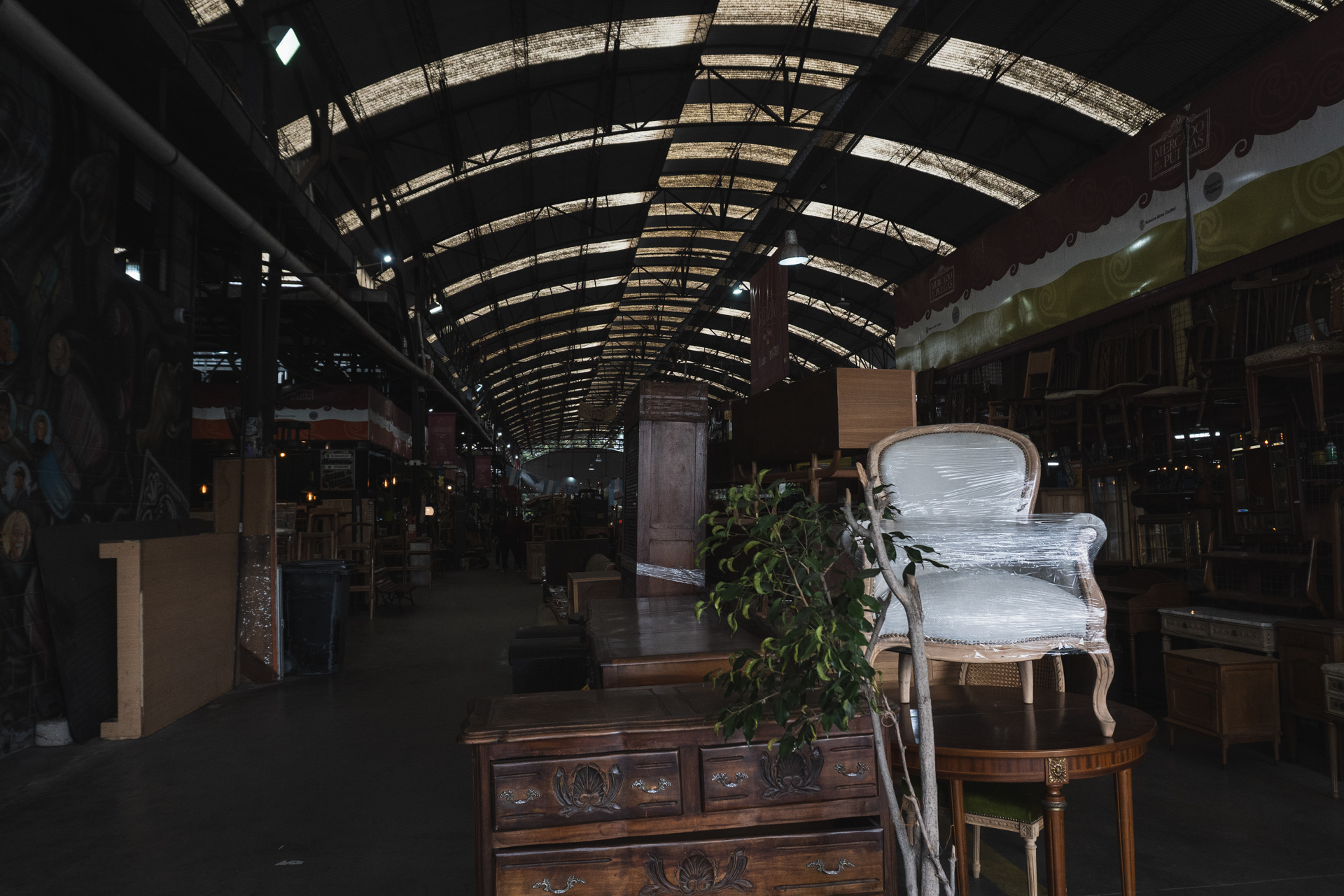
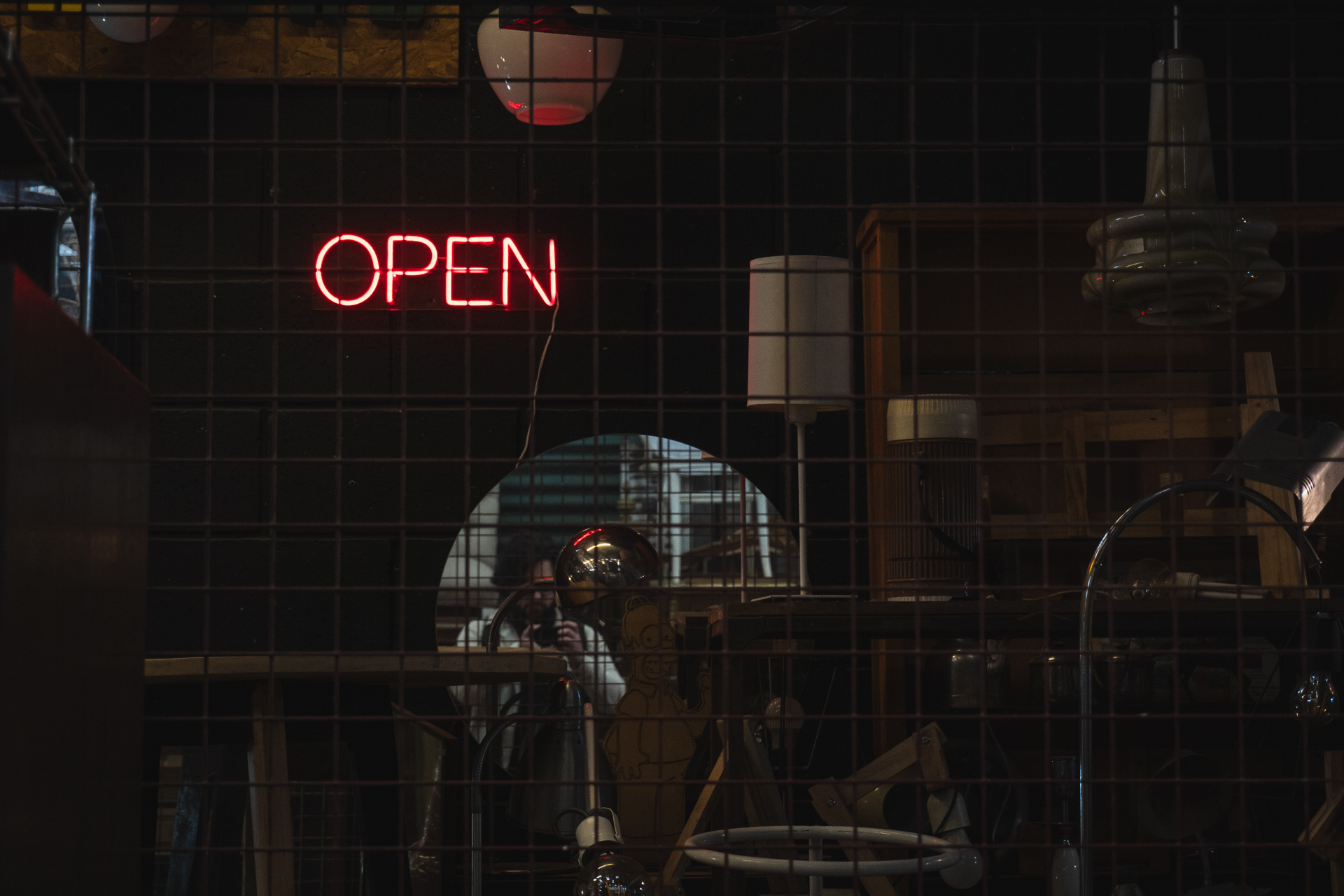
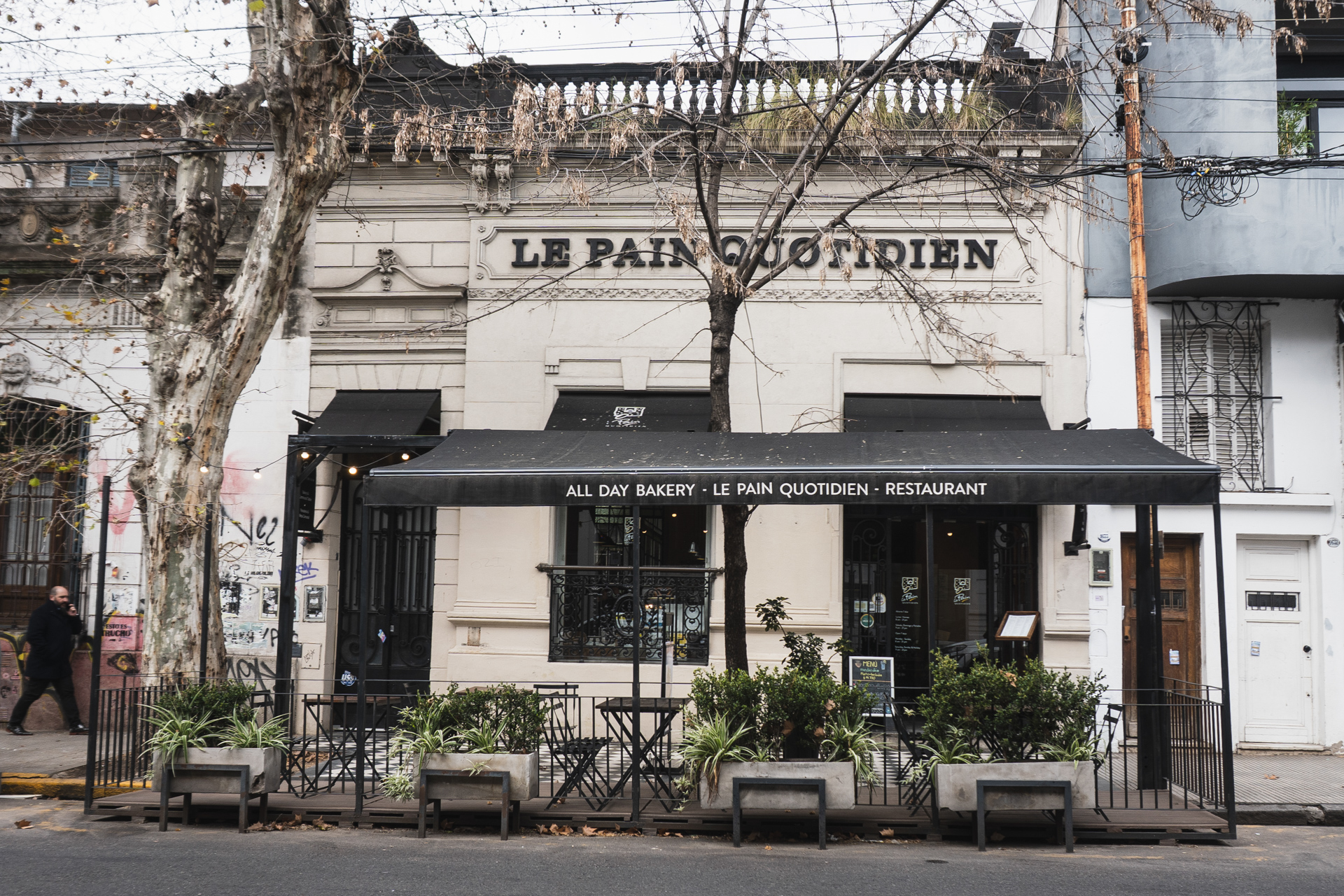
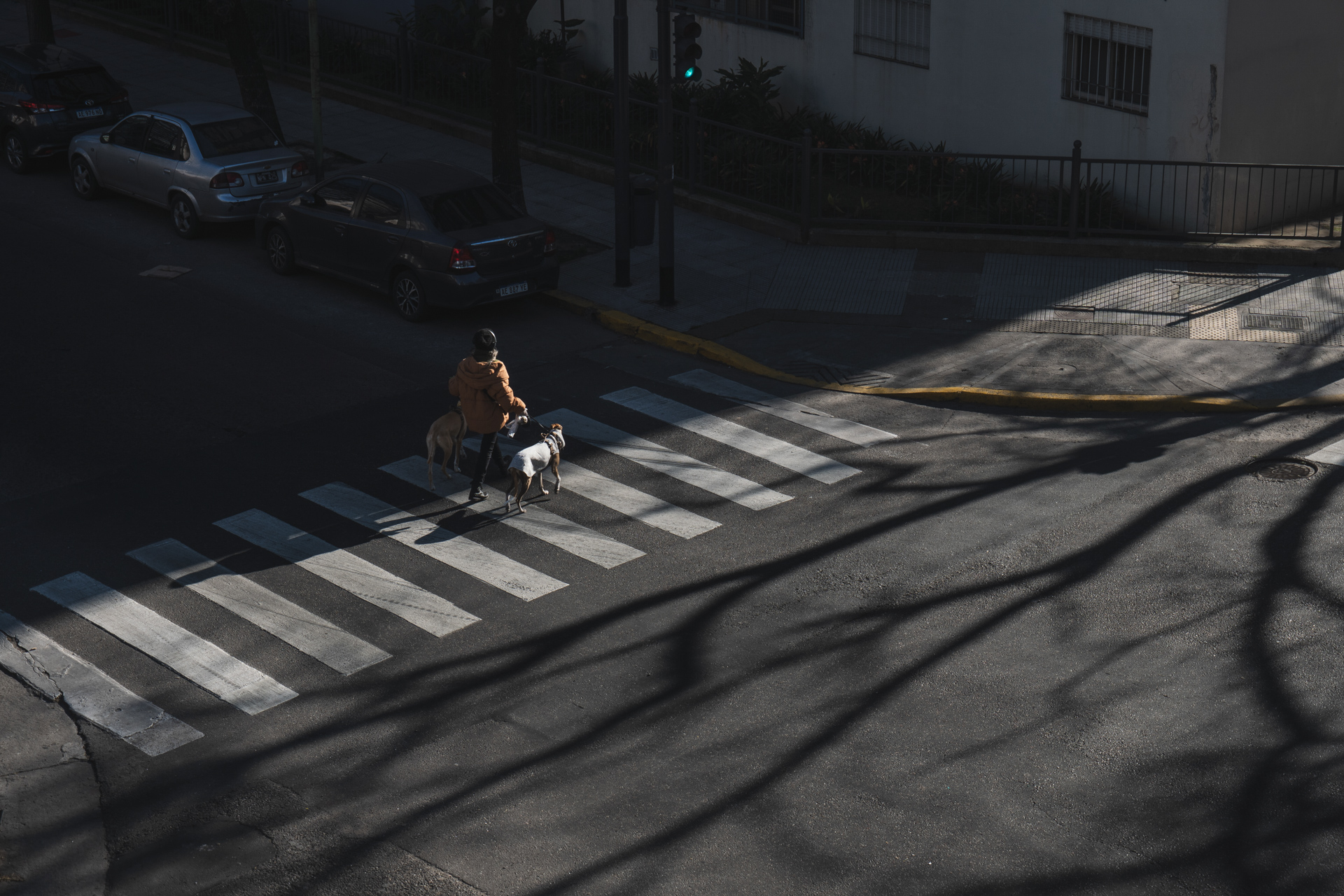
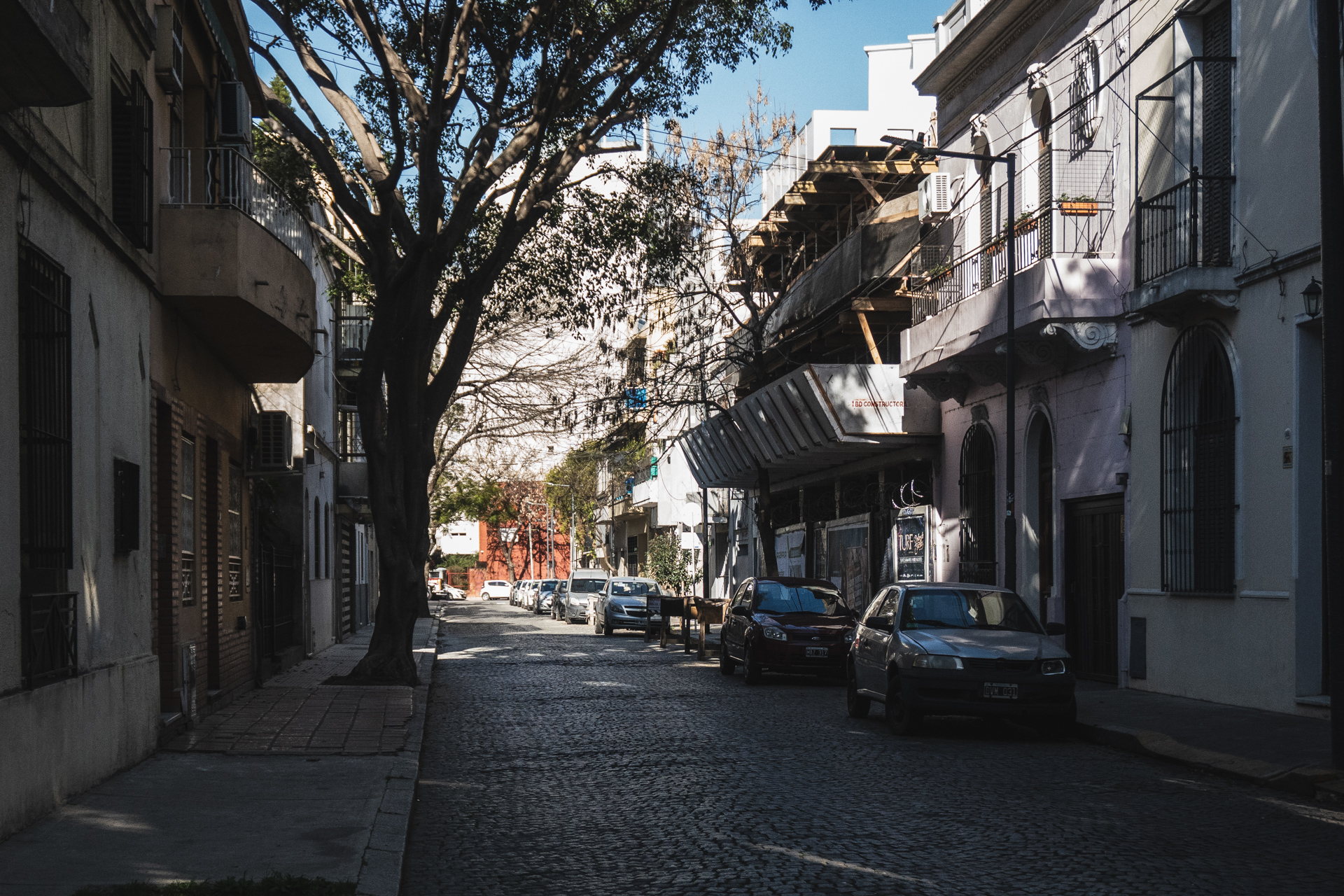
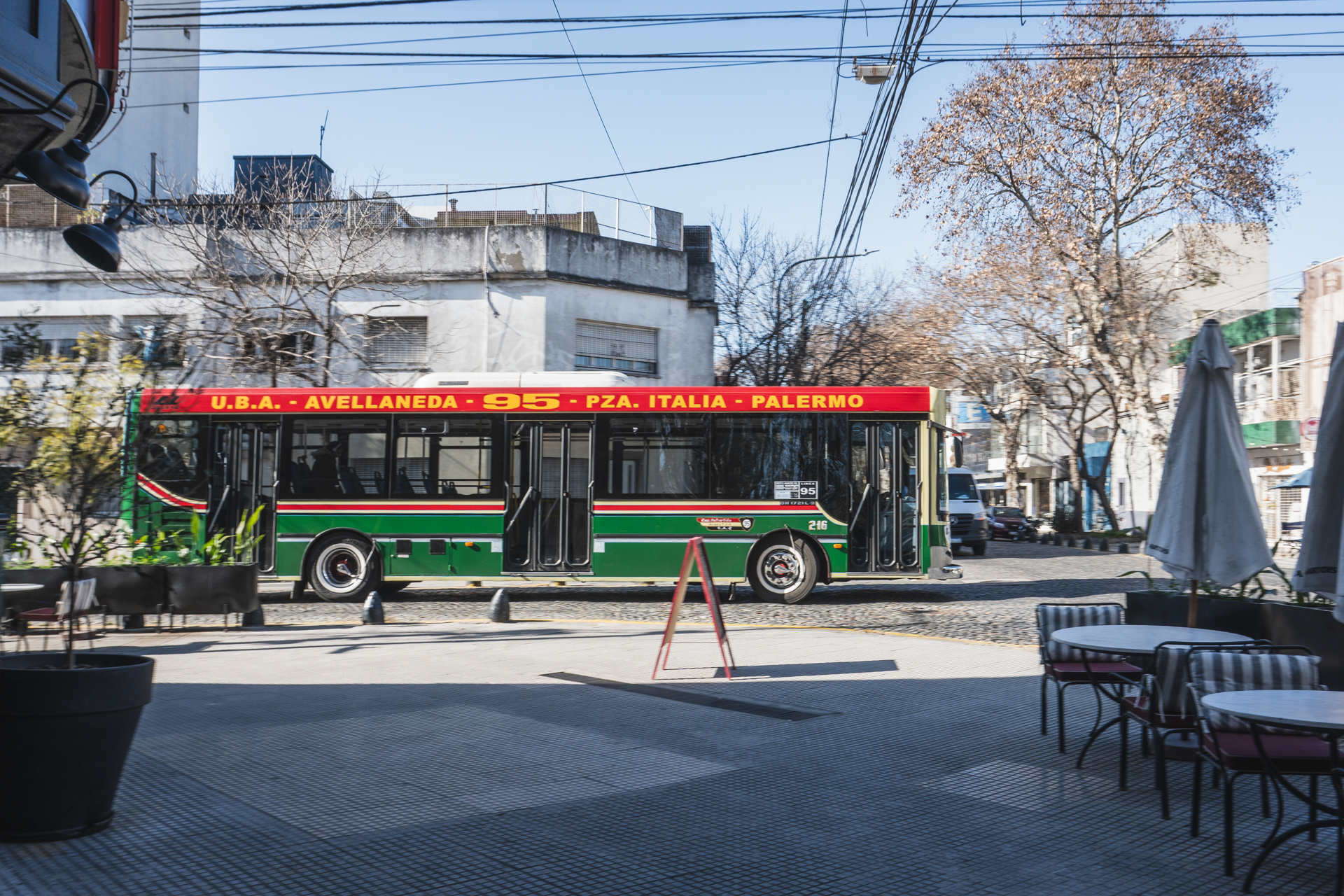
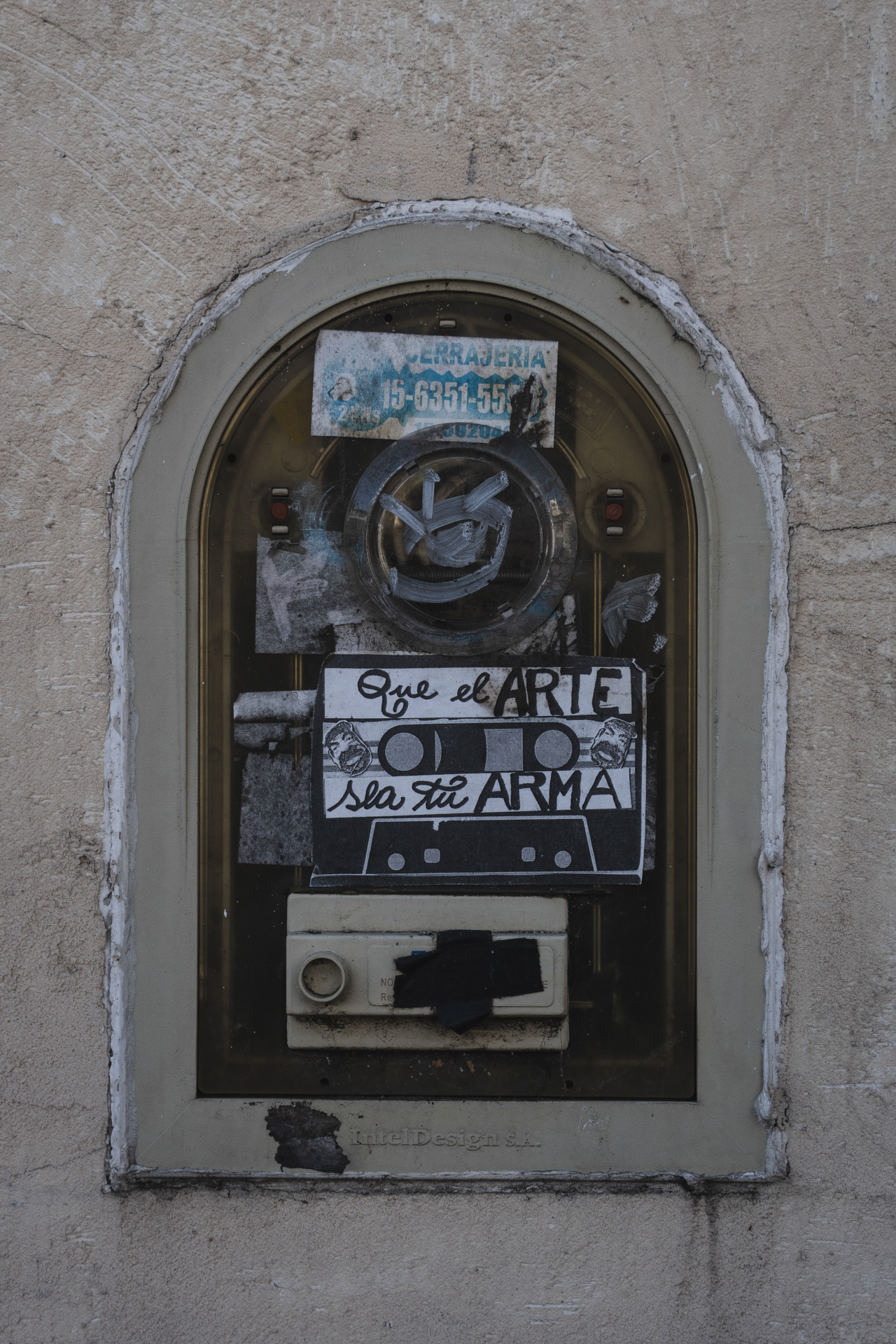
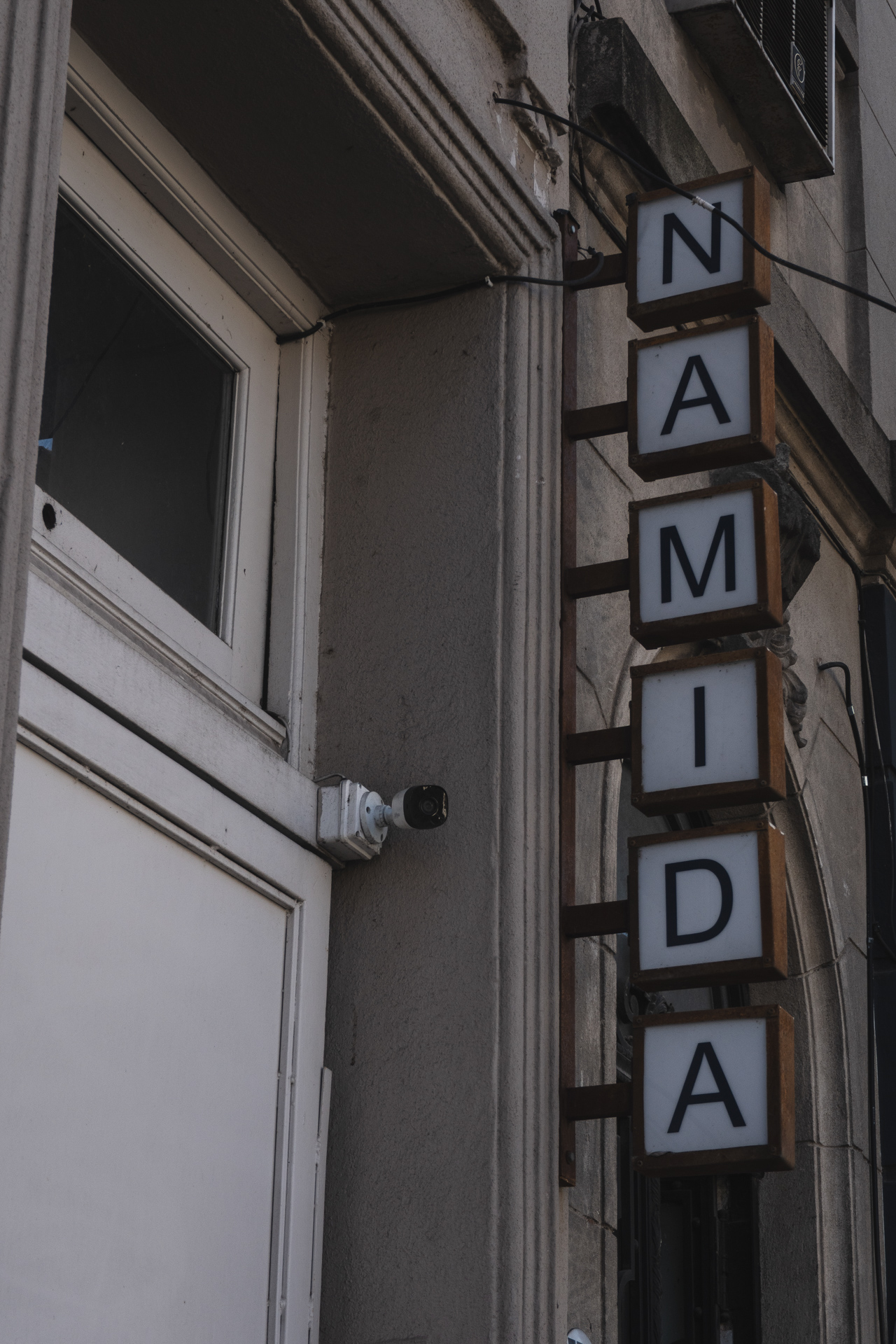
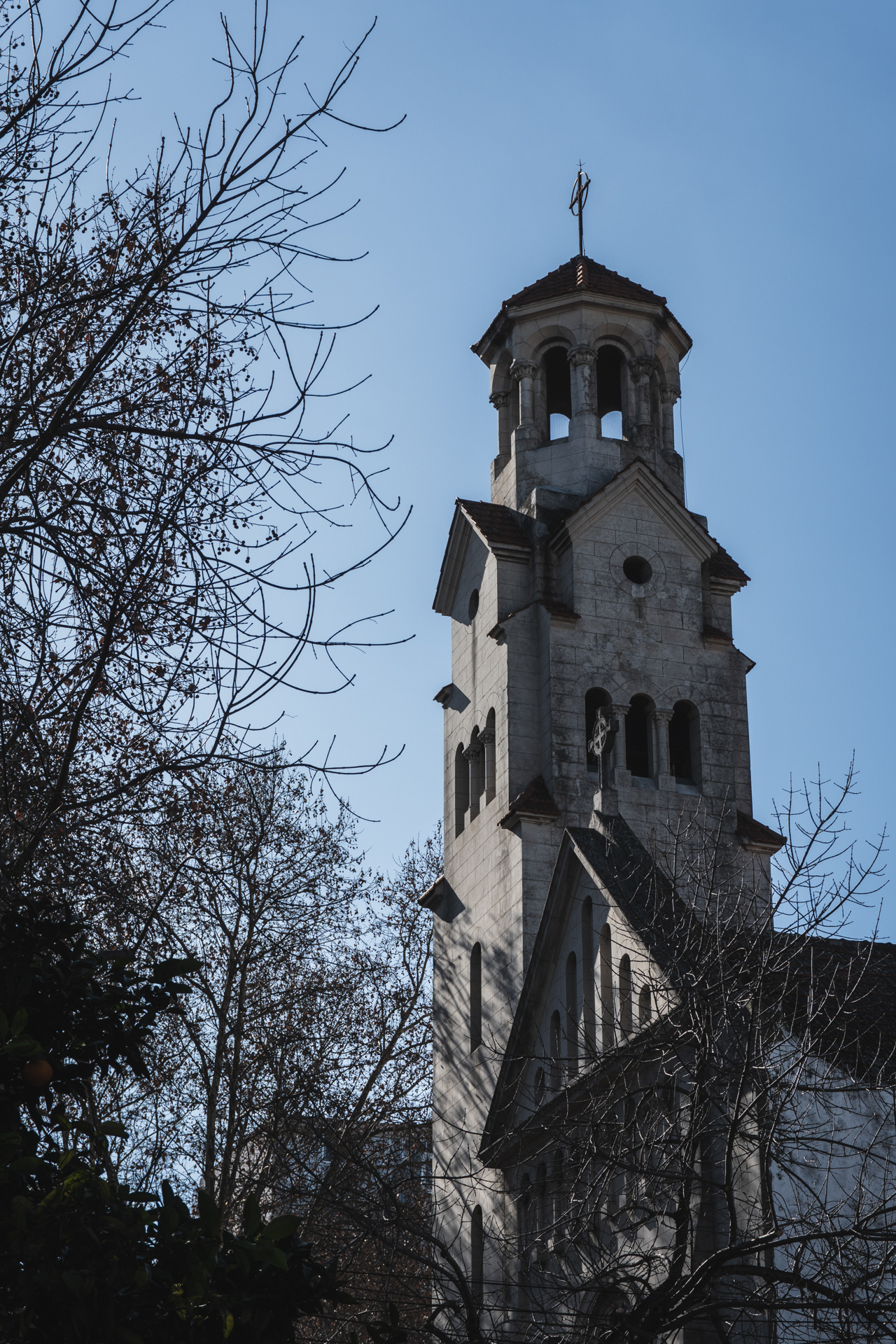
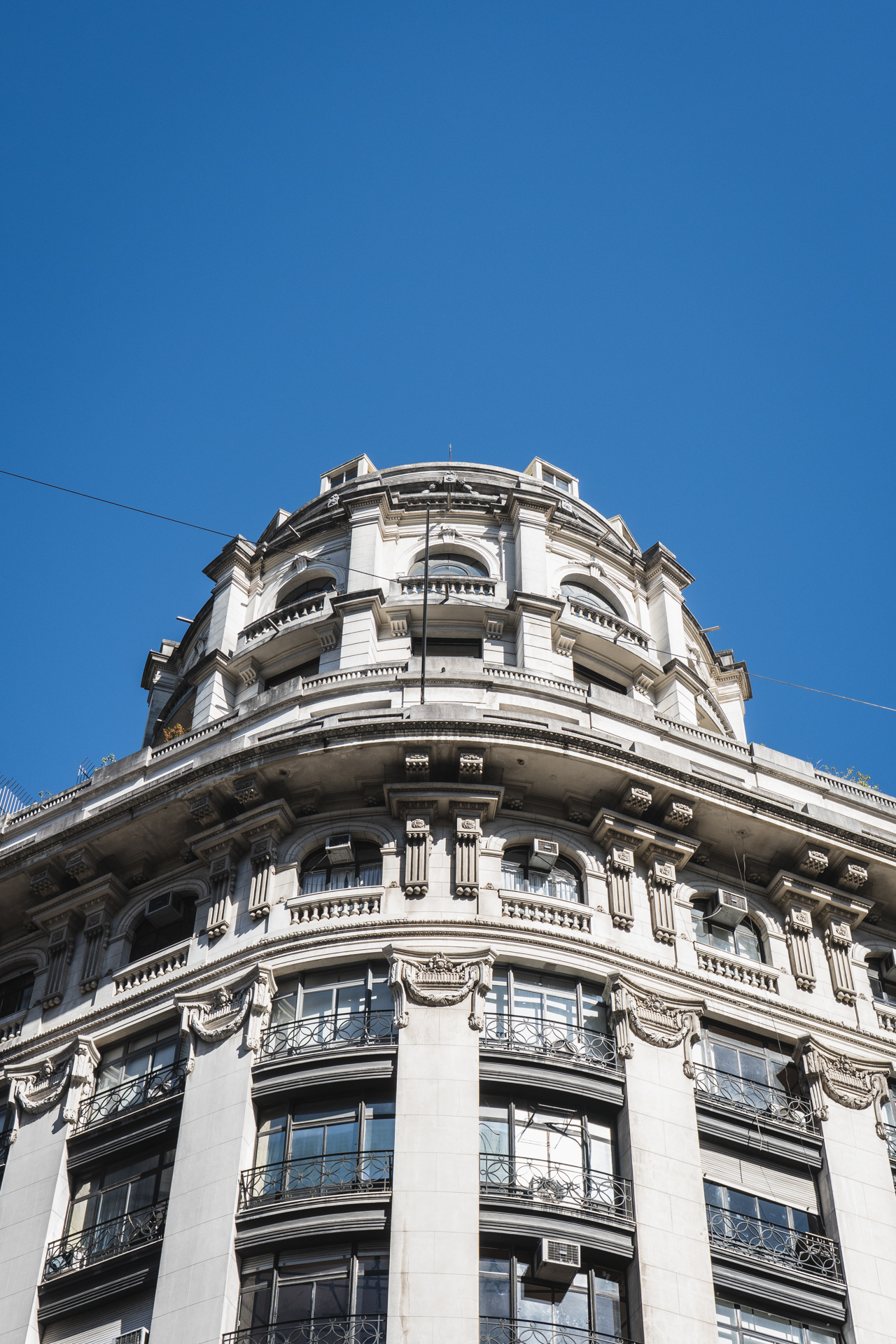
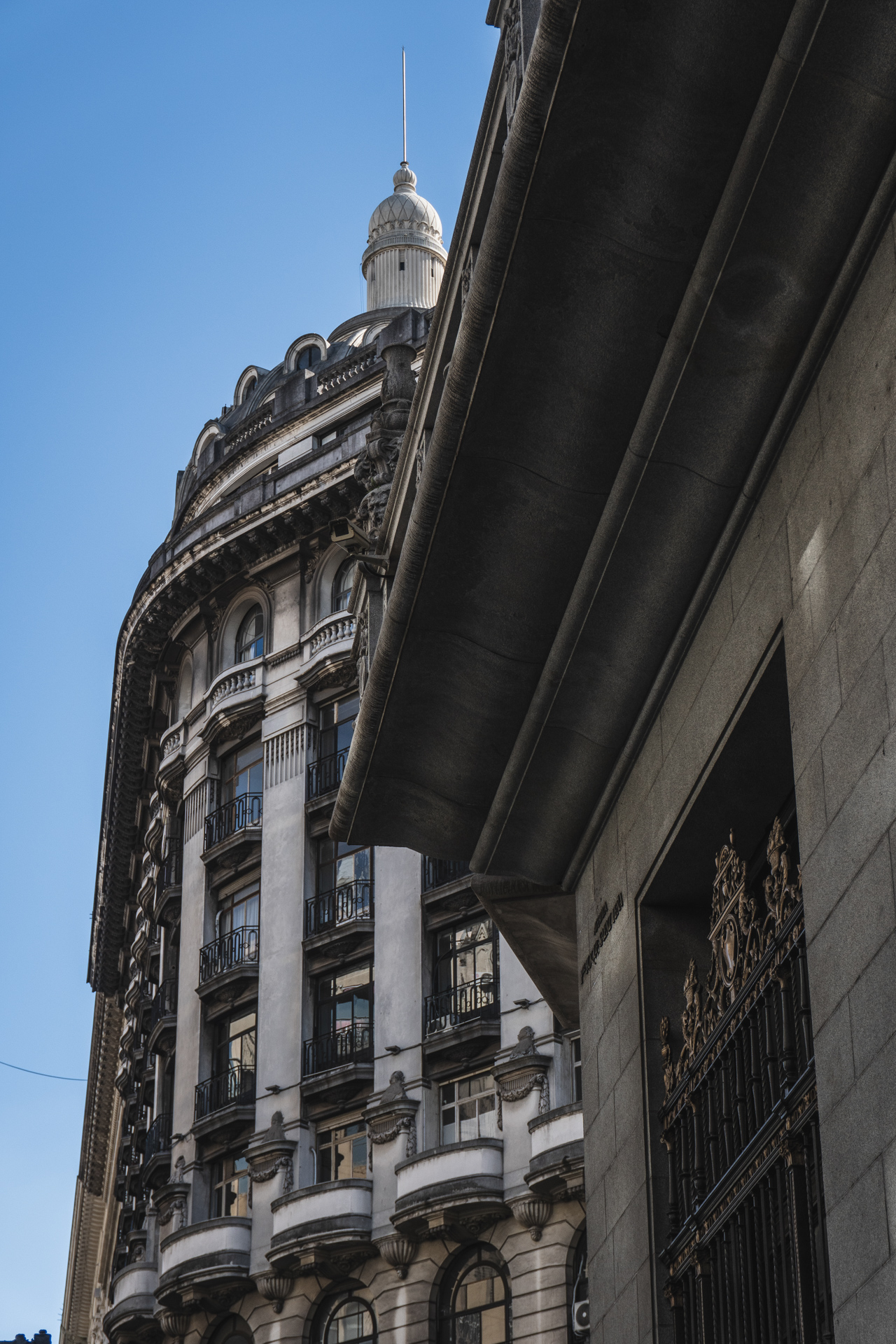
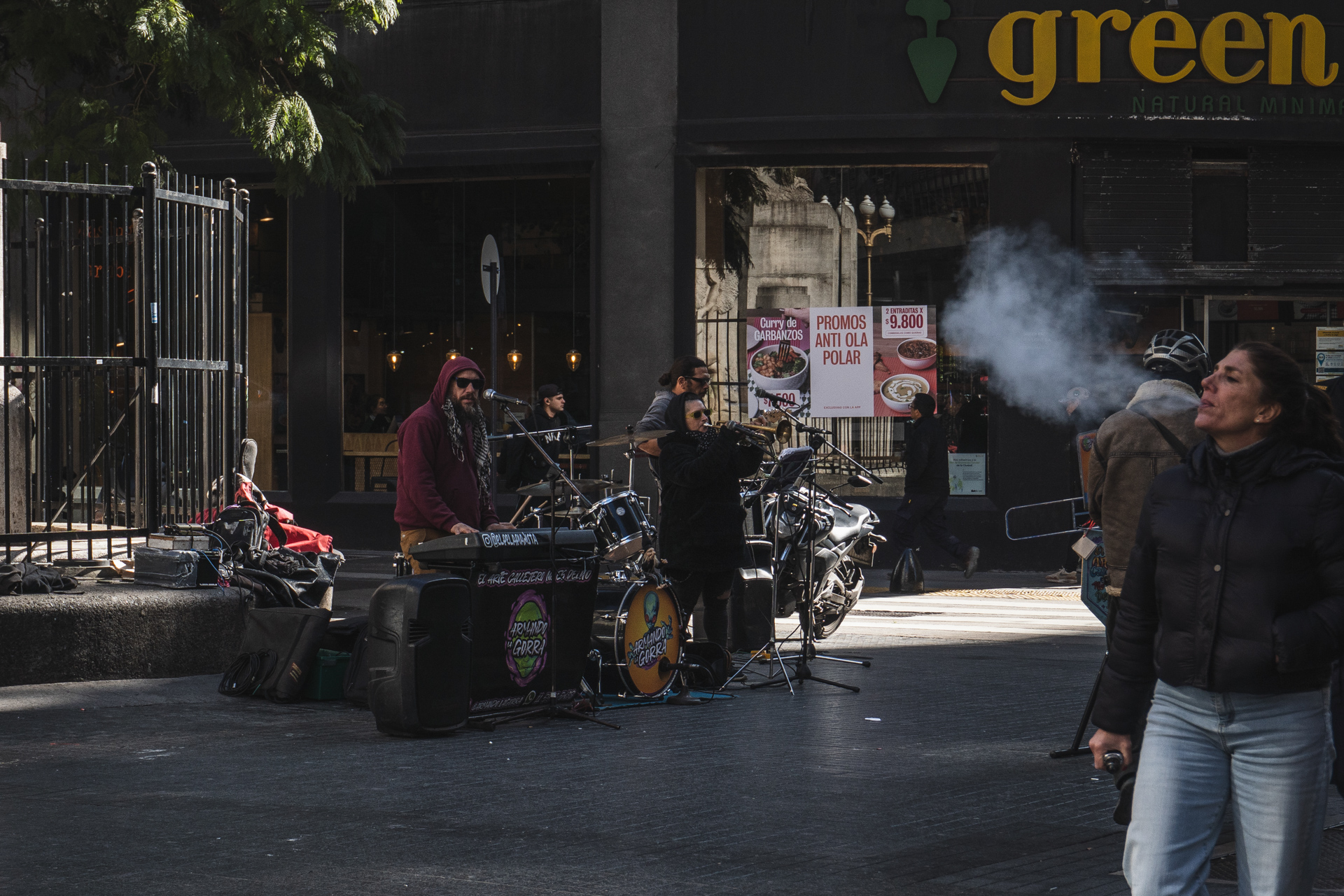
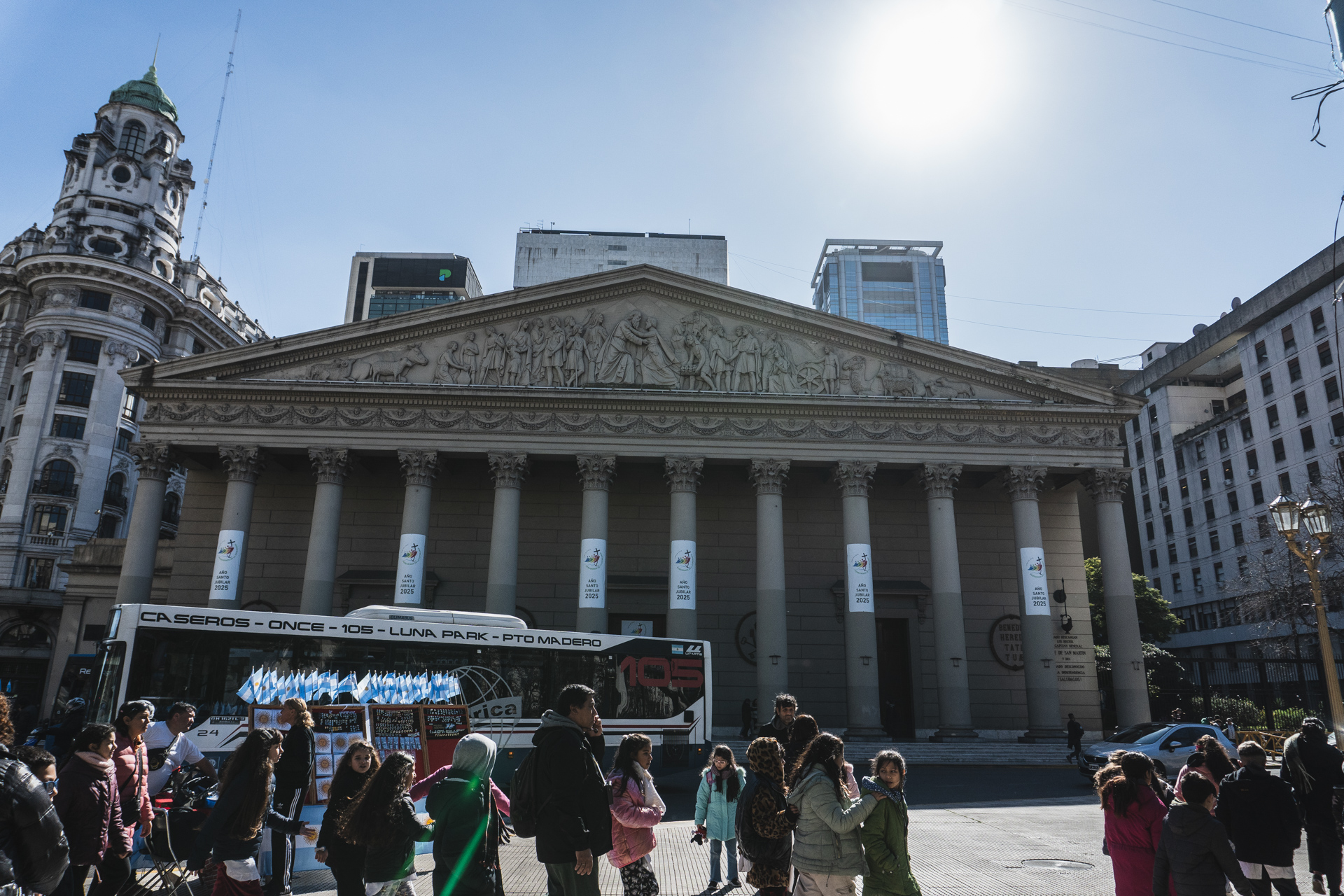
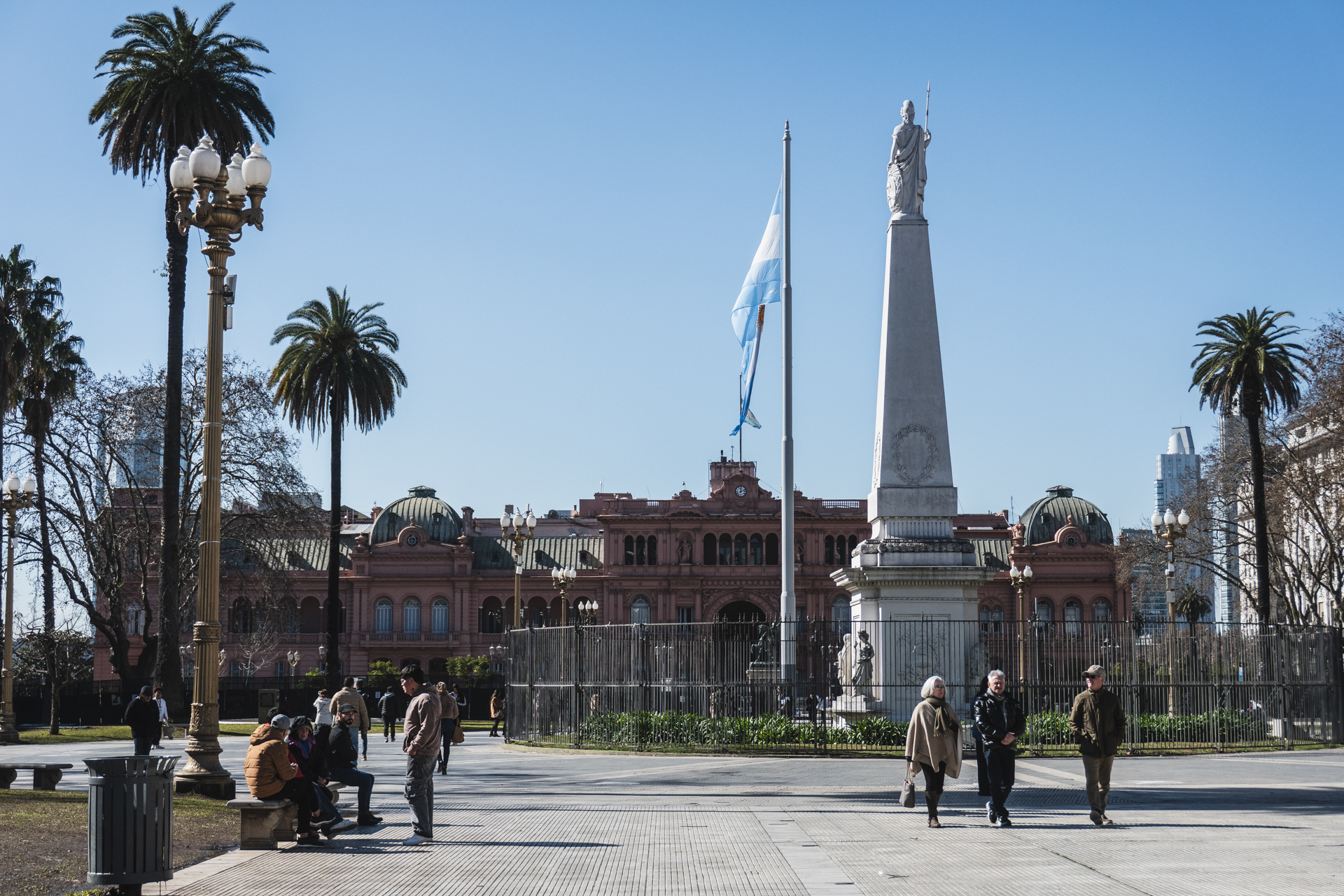
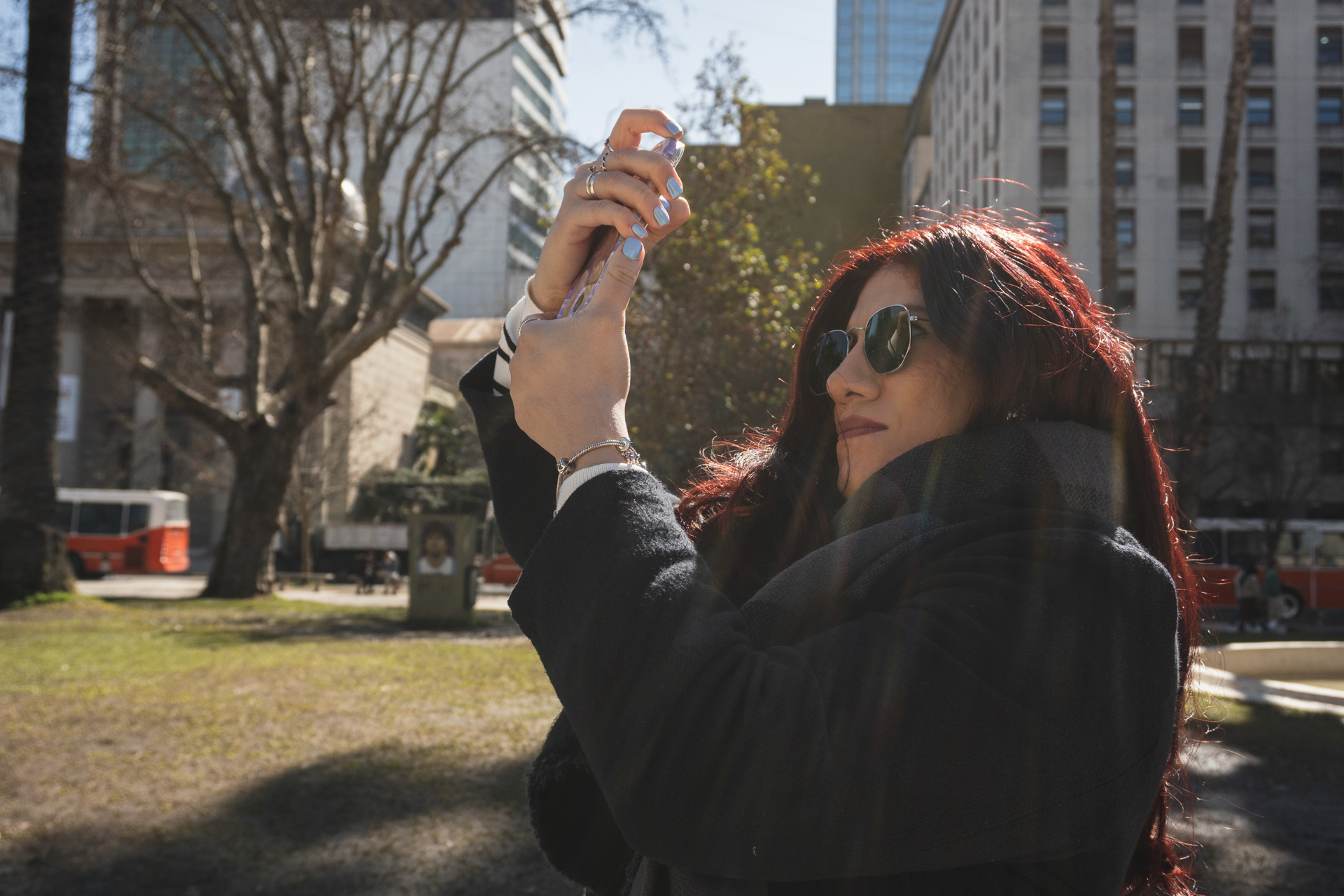
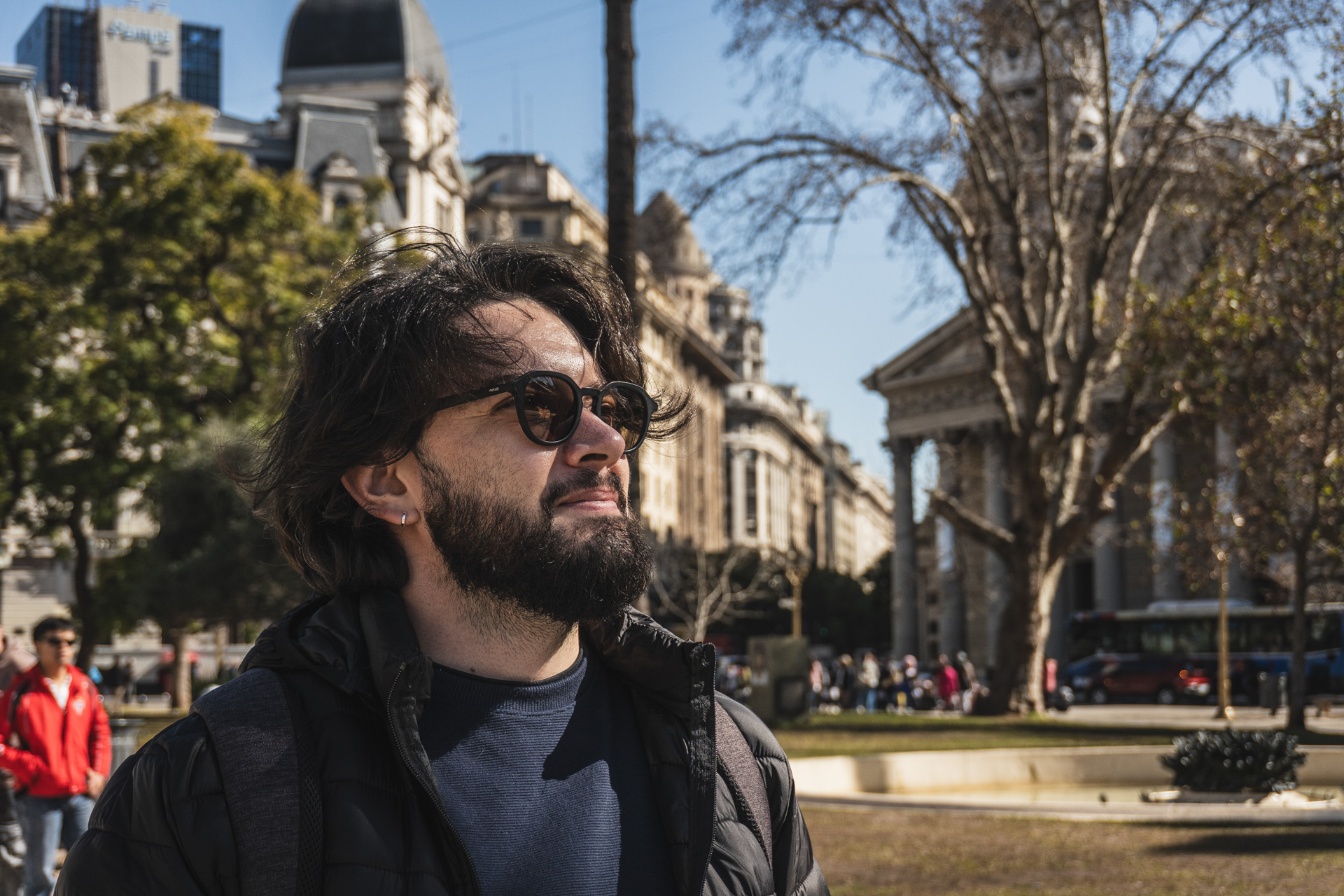 Na imagem abaixo, as pedras são um memorial em homenagem às vítimas de Covid, e um protesto à falta de vacinas durante a pandemia. / In the picture below, the stones are a memorial in honor of the victims of Covid and a protest against the lack of vaccines during the pandemic.
Na imagem abaixo, as pedras são um memorial em homenagem às vítimas de Covid, e um protesto à falta de vacinas durante a pandemia. / In the picture below, the stones are a memorial in honor of the victims of Covid and a protest against the lack of vaccines during the pandemic.
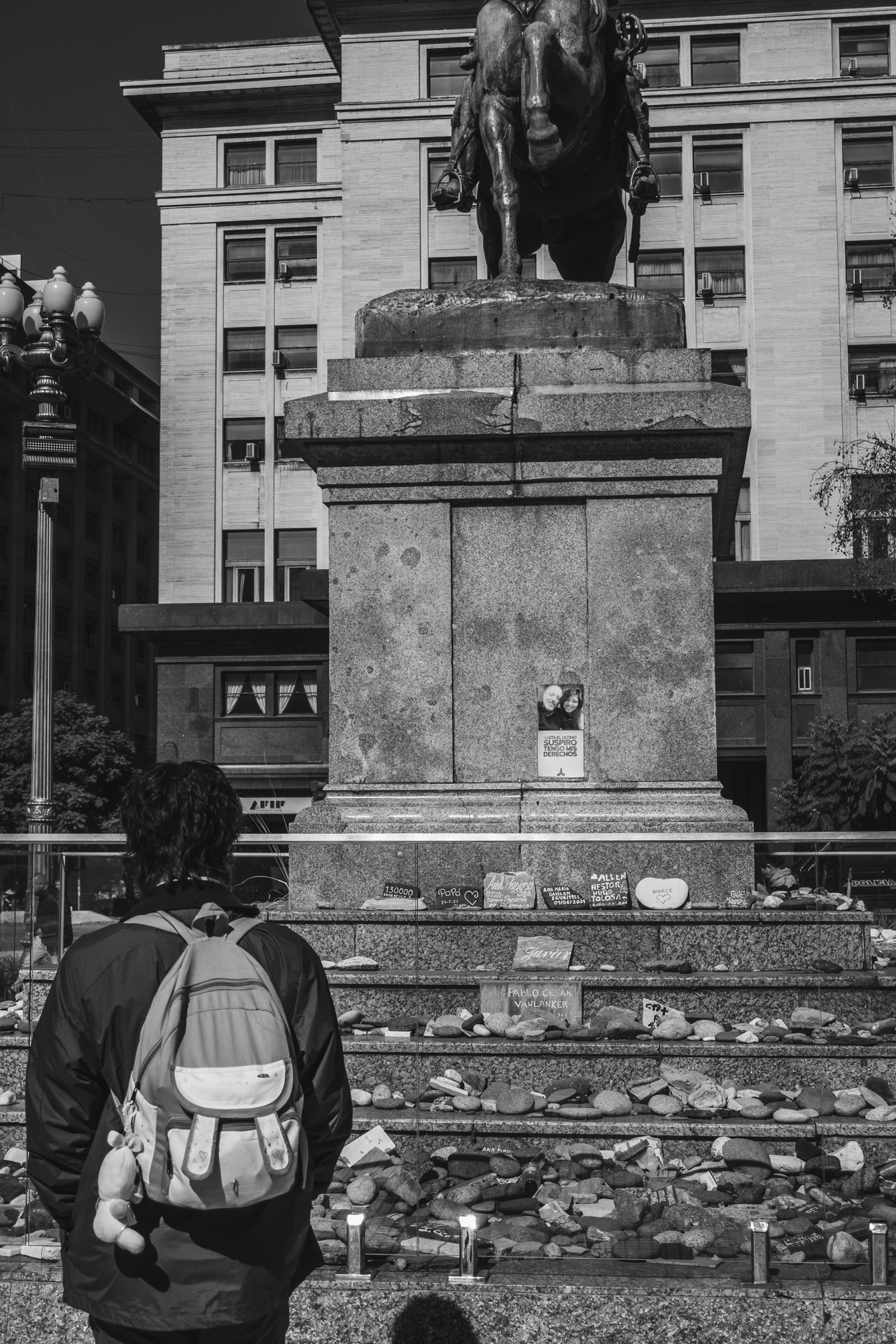 A imagem abaixo é de Manuel Belgrano, o criador da bandeira argentina / The image below is from Manuel Belgrano, the creator of the Argentinean flag.
A imagem abaixo é de Manuel Belgrano, o criador da bandeira argentina / The image below is from Manuel Belgrano, the creator of the Argentinean flag.
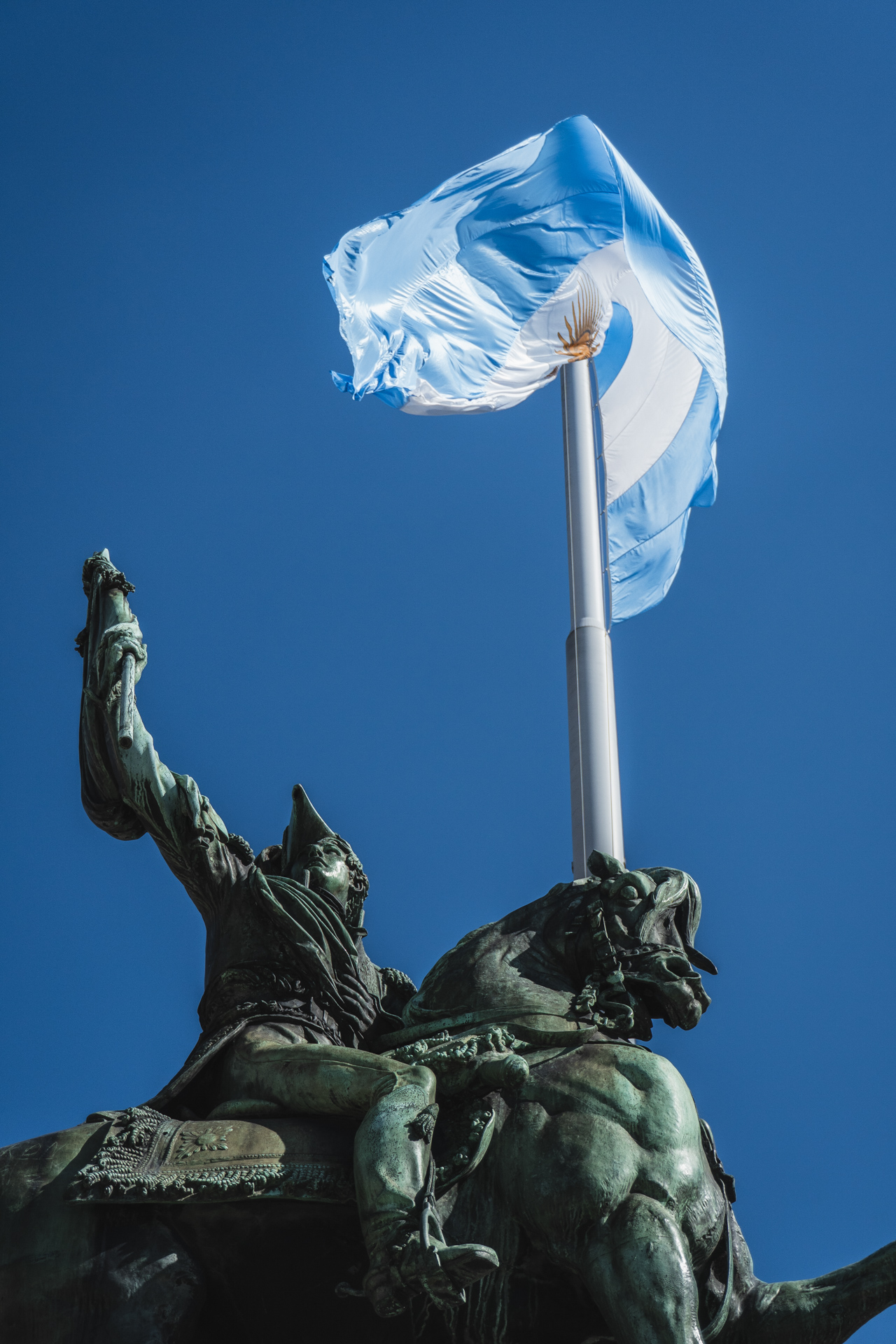
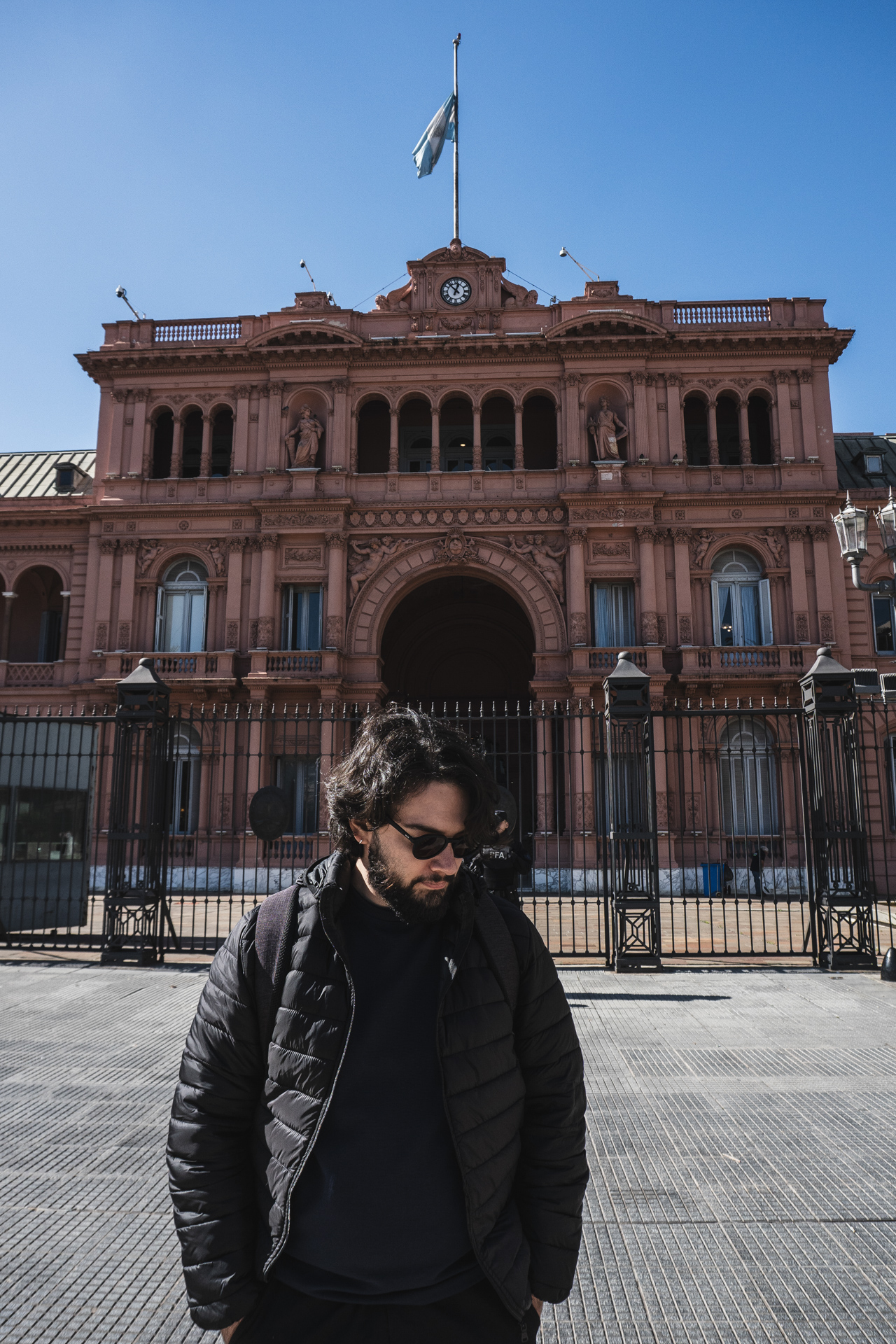
!%5B1755470417925-DSC00874.jpg%5D(https://guilhermeramosdev.s3.us-east-1.amazonaws.com/articles//1755470417925-DSC00874.jpg)!%5BIMG_7815.jpeg)



